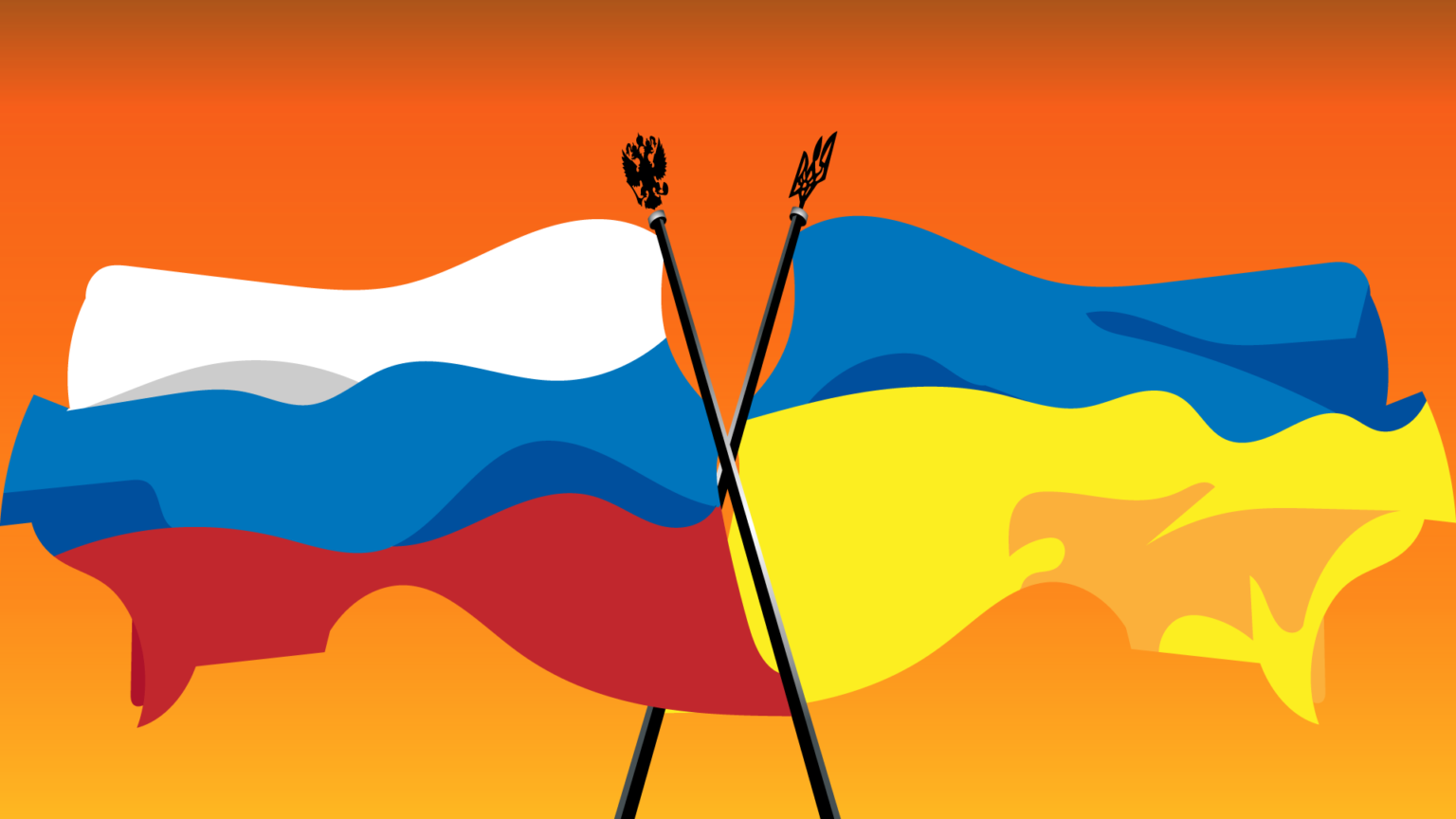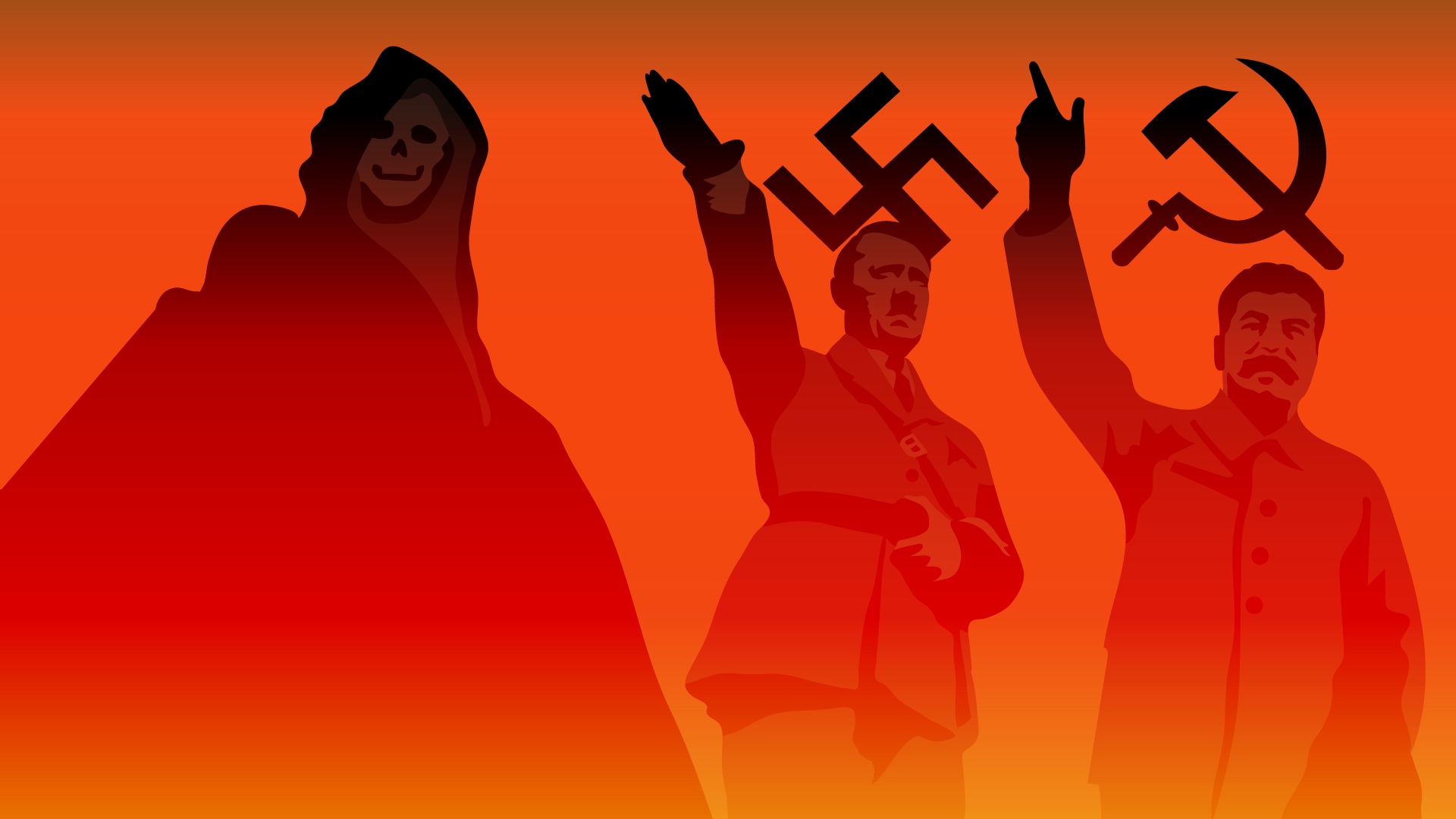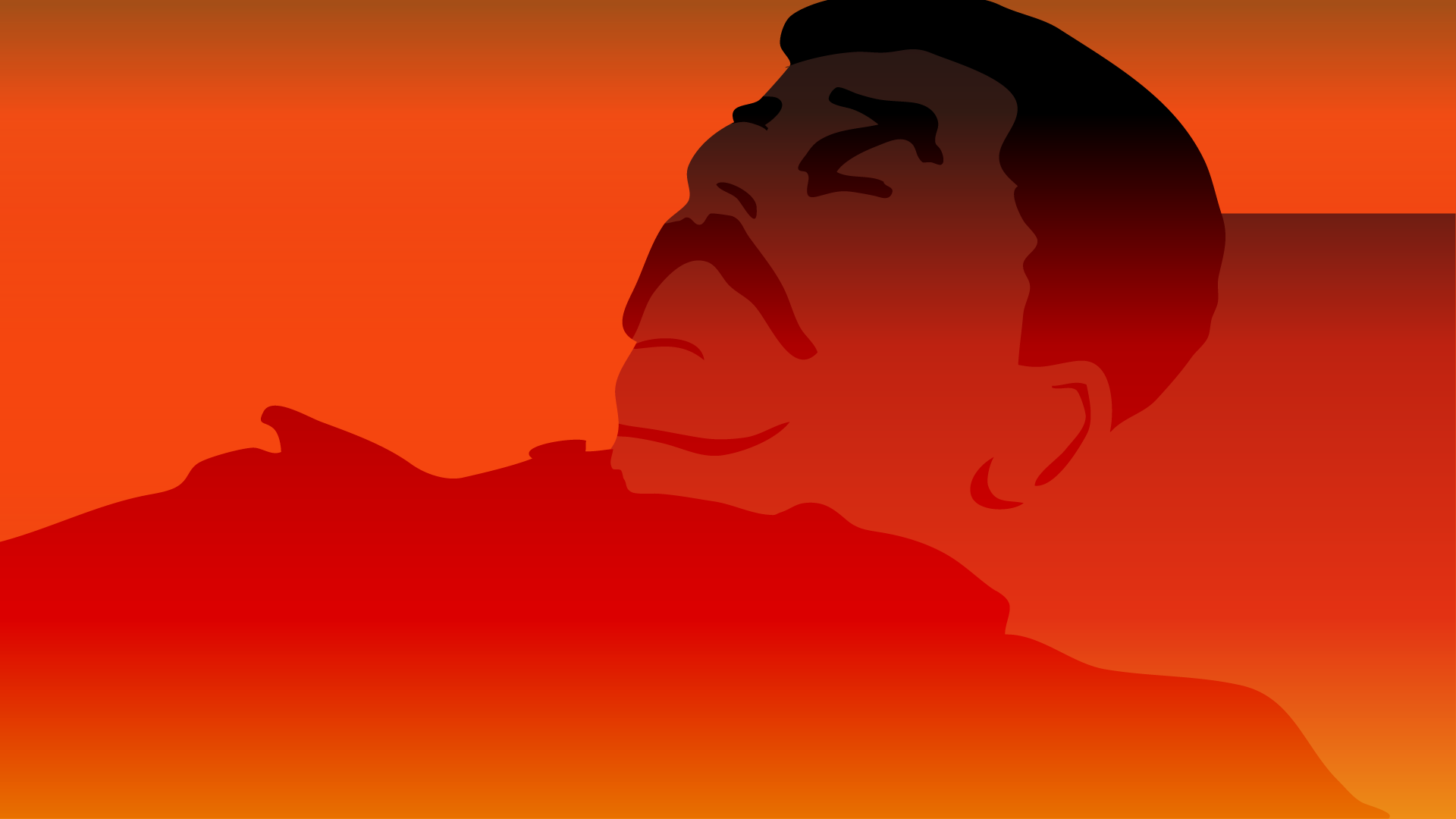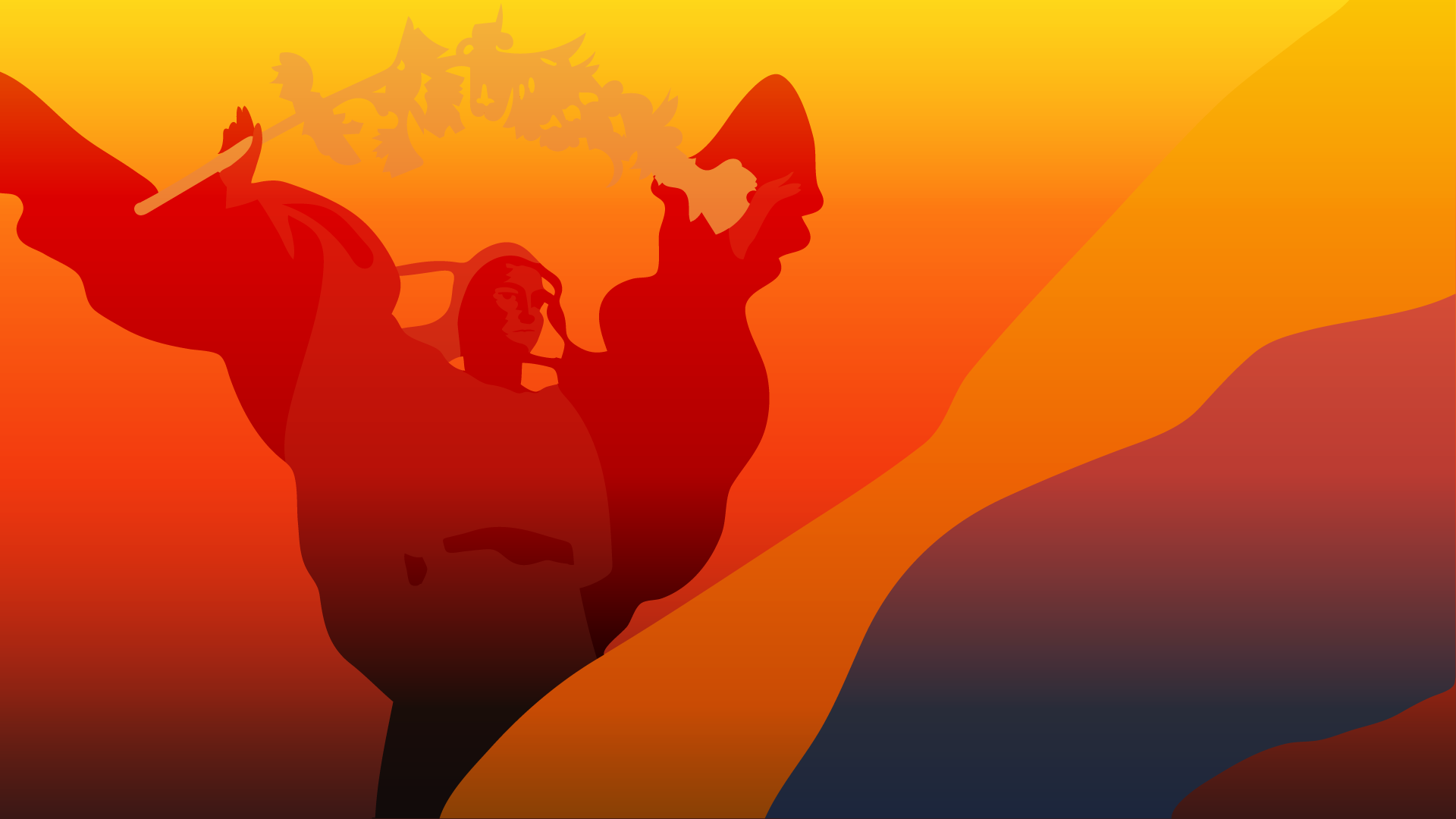We will give a chronological review of the long history of Ukraine and Russia, two nations that share deep roots and live a complicated coexistence.
Ukraine and Russia, sisters conceived in the same womb. Two nations united by ties tied to the same roots but with severe fratricidal impulses. This is their story and that of their stormy relationship.
Border
It is said that the word Ukraine comes from the union of two ancient Slavic words that mean: Native Country. Other experts relate the word to the word Krajina, which means: “Border.” Ukraine has been, since ancient times, a crossroads.
In the 14th century a certain German Bilevich registered at the university as a member of the “Ruthenian Nation.” Two hundred and odd years later, in 1567, a certain Adrian Zahorikus identified himself in writing as “Ruthenian of the Ukraine.” It is in the Treaty of Pereyaslav of 1654 where the concept: “Ukrainian language” and the demonym “Ukrainians” first appeared in writing.
The historical name of Ukraine is Rus, which when translated into Greek and Latin led to Ruthenia and Russia. Until the 16th century, the Ukrainian land was known as Regnum Russiae.
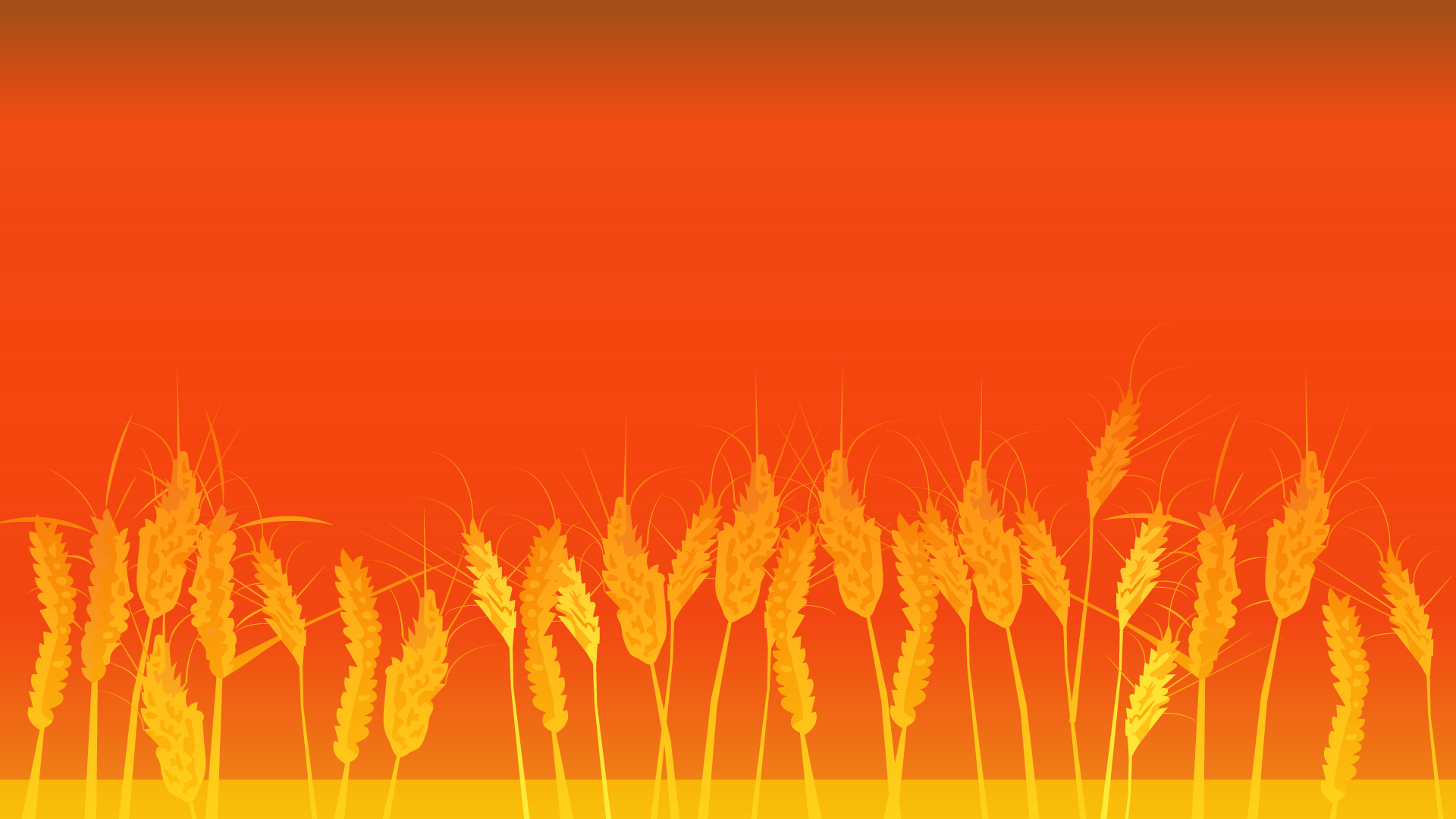
The granary of the world
In prehistoric times, Ukrainian territory was the site where the horse was domesticated and some of the first outbreaks of urban planning arose. In ancient times, the Black Sea coastline was the most remote corner of the Hellenic world.
Demosthenes described the Ukrainian lands as the breadbasket of the world because of its fertile, flat terrain. The agricultural wealth of these lands continues.
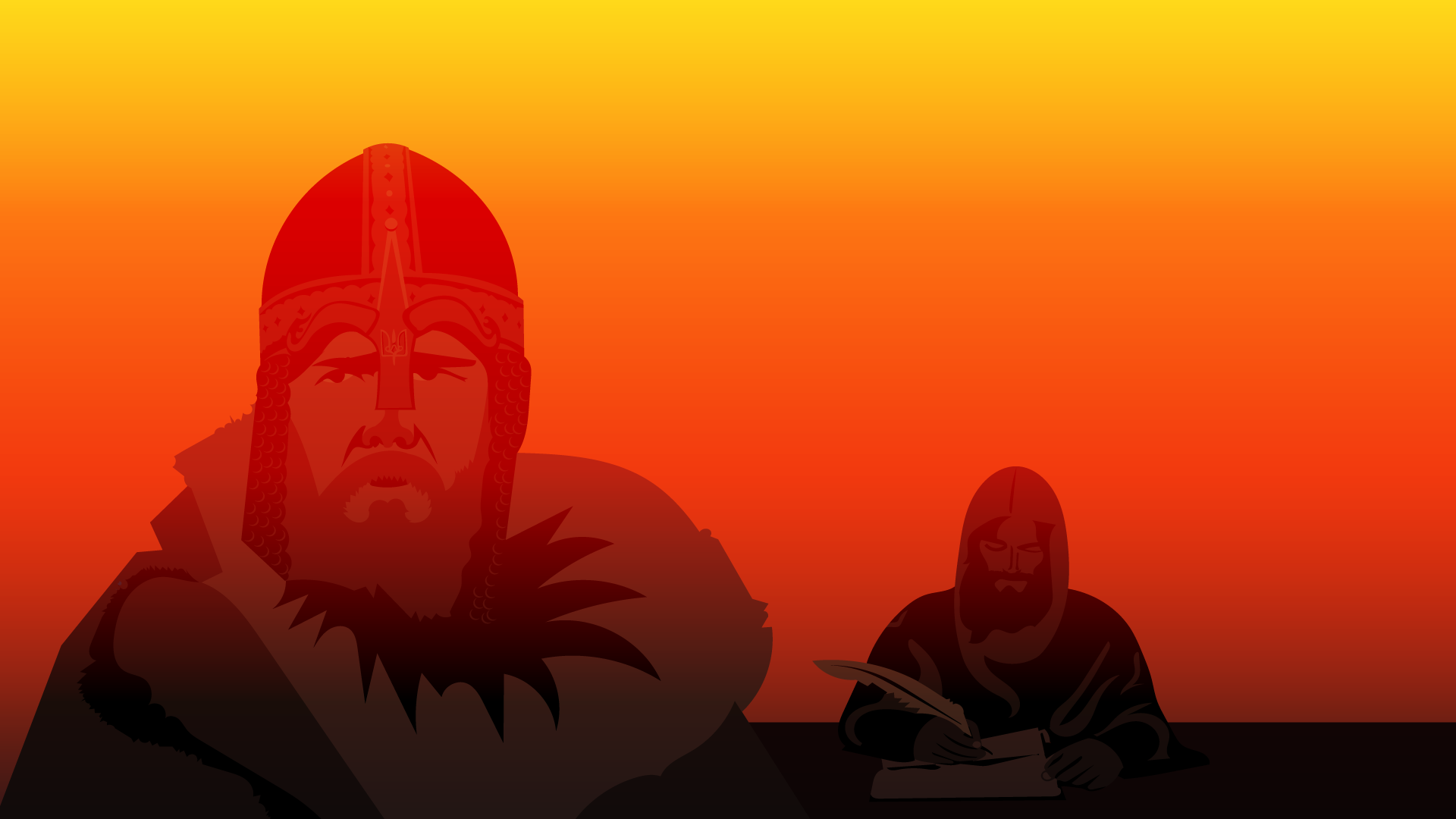
Slavs and Varangians
The Eastern Slavs are the ancestors of the Russians, Ukrainians and Belarusians. These peoples settled in the lands between the Baltic and the Caucasus between the 1st and 7th centuries.
The Nordic peoples migrated from Scandinavia and the Baltic southwards, reaching the Black Sea and the Caspian. On that journey they began to have contact with Eastern Christianity, which called them Varangians. The personal guard of the Byzantine emperors was made up of warriors of this origin.
According to the Chronicle of Nestor, the first known record of the history of the Slavs, the city of Novgorod had a Varangian prince named Riurik. His dynasty is the first great royal house of Slavic kings. His descendants expanded southward
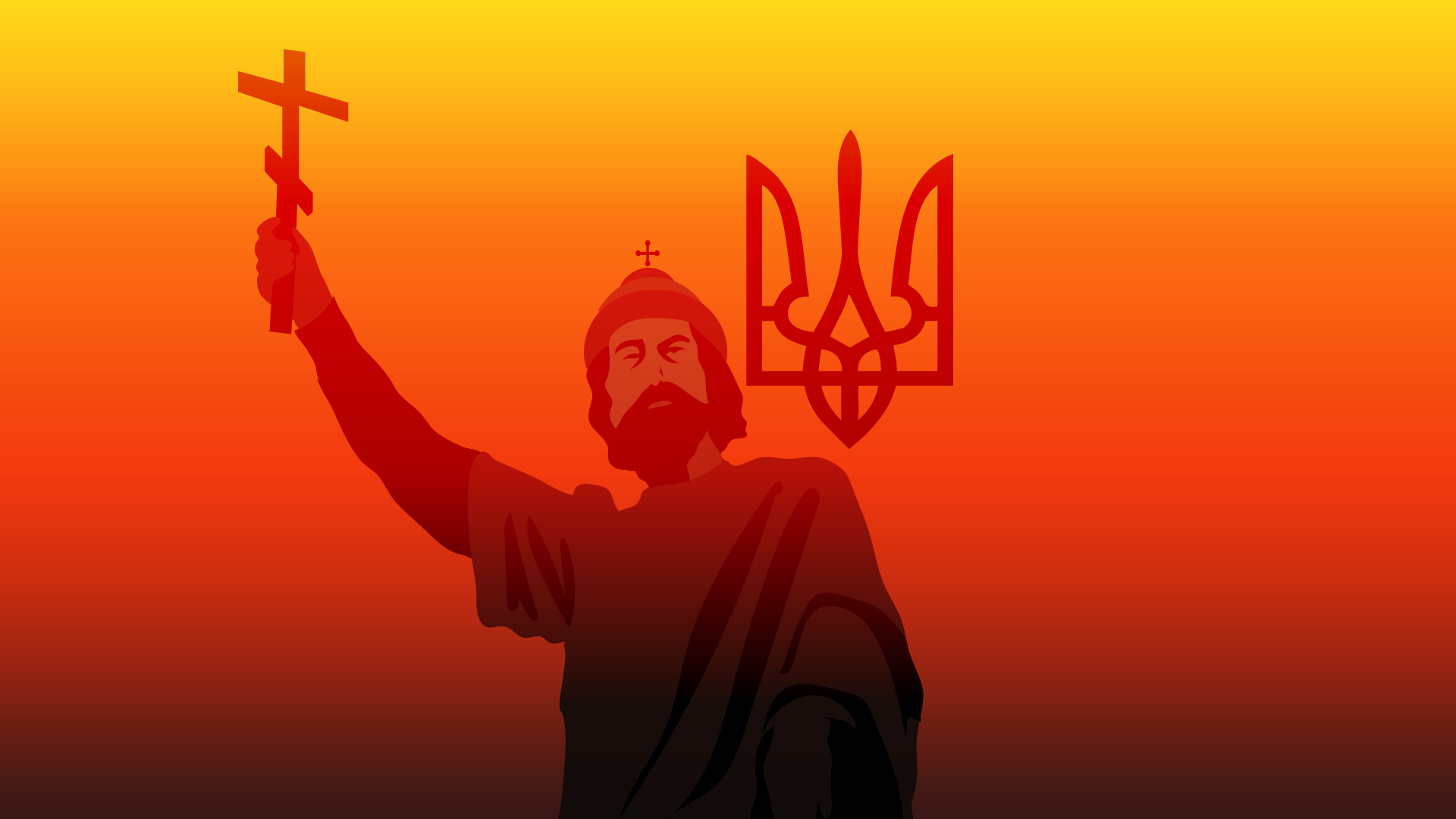 Mijaíl I, príncipe de Kyiv. La historia de la conversión de Mijaíl al cristianismo es uno de los mitos fundacionales de las naciones eslavas.
Mijaíl I, príncipe de Kyiv. La historia de la conversión de Mijaíl al cristianismo es uno de los mitos fundacionales de las naciones eslavas.
Kievan Rus
Oleg I unified the power of Novgorod with that of Kyiv establishing the founding Slavic state, Kyiv Rus. It is disputed whether the word Russia also comes from the name of the Riurik dynasty or Rus, a generic name for any Slavic kingdom. In the 10th century, Kievan Rus was a fully Christianized kingdom with sophisticated cultural development.
Oleg’s son Igor failed in his attempt to conquer Constantinople but secured an advantageous trade treaty for his kingdom.
Kyiv prospered thanks to its position in the middle of the trade routes between the Byzantine Empire and Central Asia. Kyiv Rus, in the end, was destroyed in the 13th century, after years of decline, by the invasion of the ferocious Mongol hordes.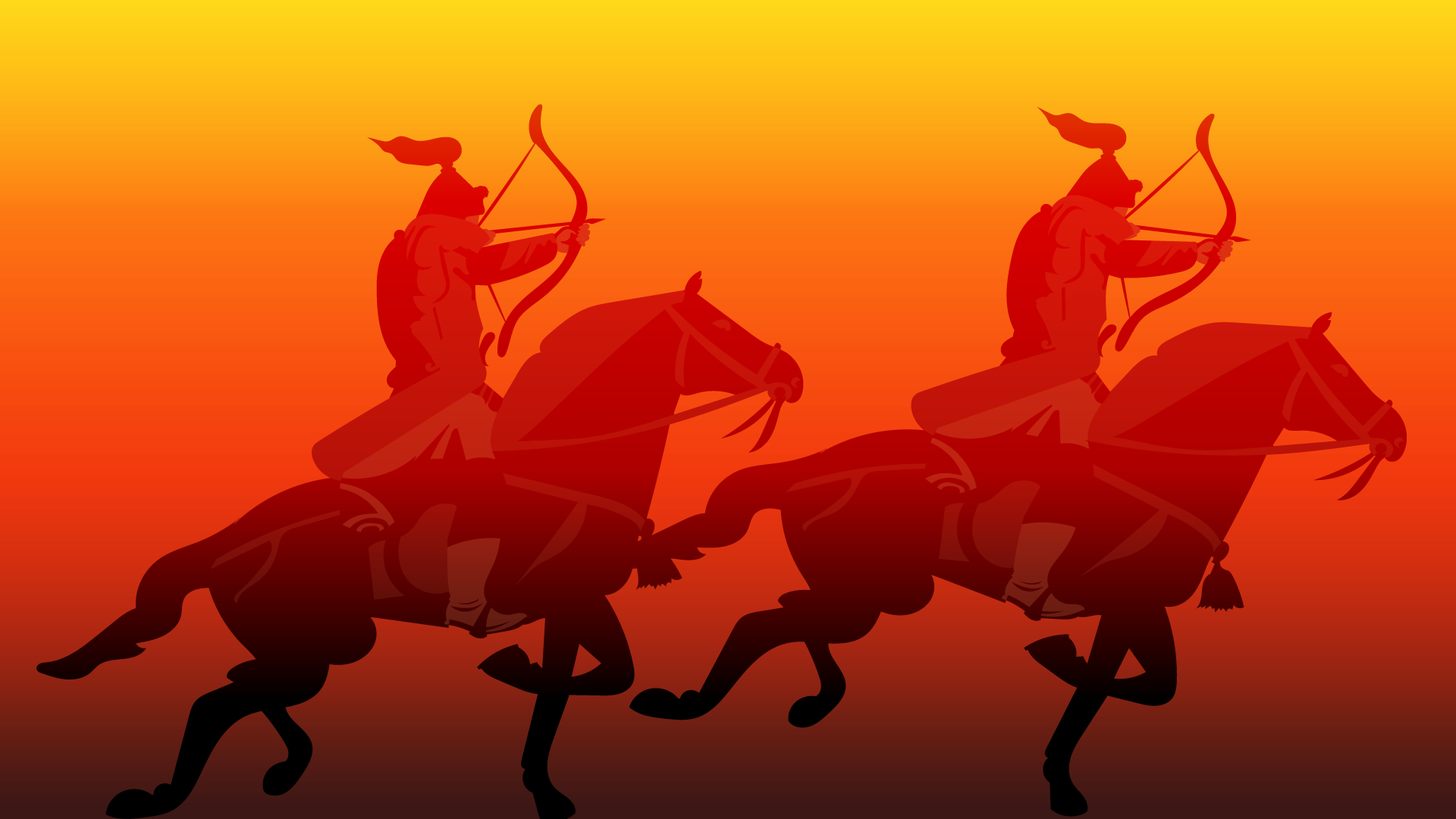
Jinetes mongoles.
Kingdom of Ruthenia
Galicia and Volhynia, two of the principalities that formed Kyiv Rus, were unified creating the Kingdom of Ruthenia. This kingdom, along with the Novgorod Republic and Vladimir-Suzdal Rus, were the only states to survive the fall of Kyiv.
The Kingdom of Ruthenia, which covered present-day Ukraine, was a typical medieval Eastern European monarchy. This kingdom was always at the mercy of hostile neighbors in a similar way to what the crusader states of the Holy Land suffered.
The Ruthenian kings ended up under the yoke of the Golden Horde of Batu Kahn, one of the grandsons of Genghis Khan. In 1349, Regnum Russiae, medieval Ukraine, was integrated into the Grand Duchy of Lithuania and then into the Polish-Lithuanian Commonwealth.
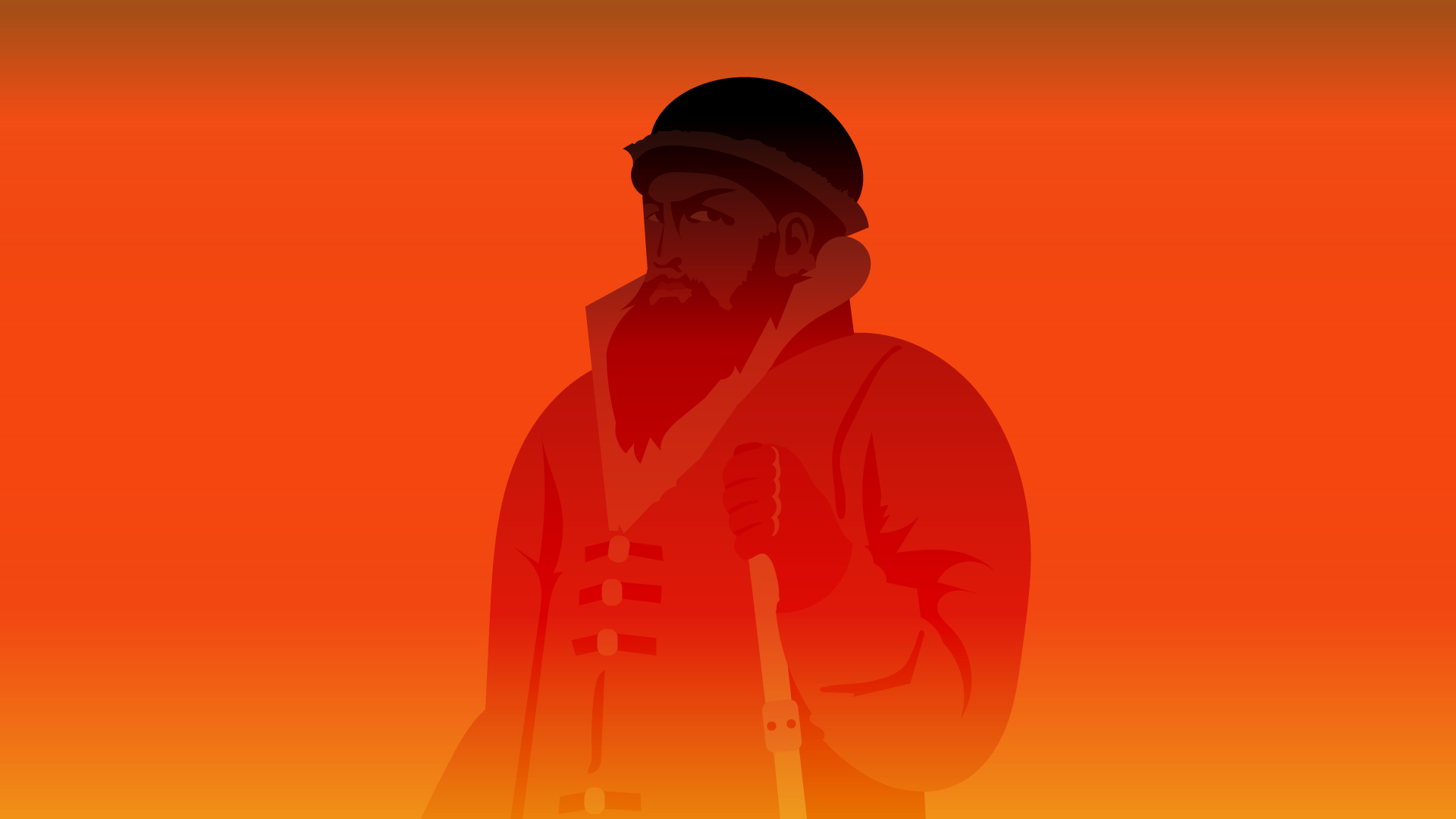
Mother Russia
During the 15th century, the Moscow principality gained relevance and power and gradually expanded throughout the area. Under the reign of Ivan III, married to Sophia Paleologue, of the Byzantine imperial lineage, an imperial project began. Moscow would begin its path to becoming the heir to Rome and Constantinople. It is in this period, they took that “vacant” name: Regnum Russiae or Rosía in Orthodox liturgical Greek.
She was his grandson, Ivan IV, who after conquering the Kazan Khanate, concentrated power and became Russia’s first great autocrat. Ivan IV was the first Russian ruler to take the title of Tsar – the Russification of Caesar – with the goal of becoming emperor of the third Rome. Ivan established the Russian state and much of the structure of his time persists today. The symbol of his reign is the construction of St. Basil’s Cathedral, still standing in Moscow’s Red Square.
Ivan resumed expansion towards the Baltic, the Black Sea and the Caspian and towards a vast and inhospitable territory, Siberia. His unpredictable and violent character made him go down in history as “Ivan the Terrible”, the last monarch of the Rurika dynasty.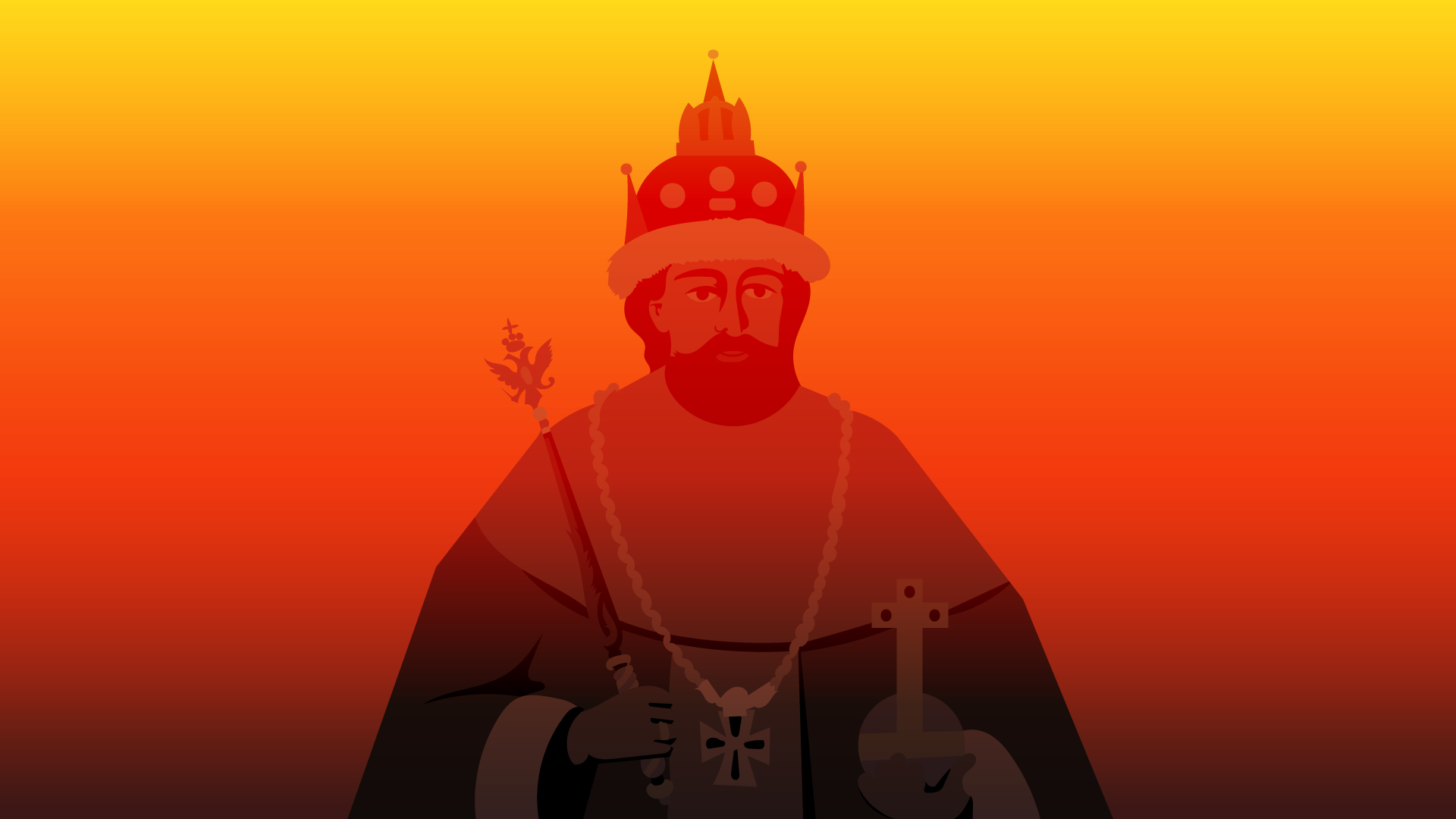
Mijaíl I Romanov.
The tumultuous transition from Rurik to Romanov
After the death of the “Terrible”, a period of instability and civil violence began in the nascent Russian Empire known as the Tumultuous Period. This period ended in 1613 when the Zemzky Sobor, the national assembly, anointed a new monarch. The chosen one was a grandnephew of Tsarina Anastasia, the wife and consort of Ivan “The Terrible.”
The name of the new tsar was Mikhail Romanov, the first of the ruling dynasty of the Russian Empire until its fall in 1917.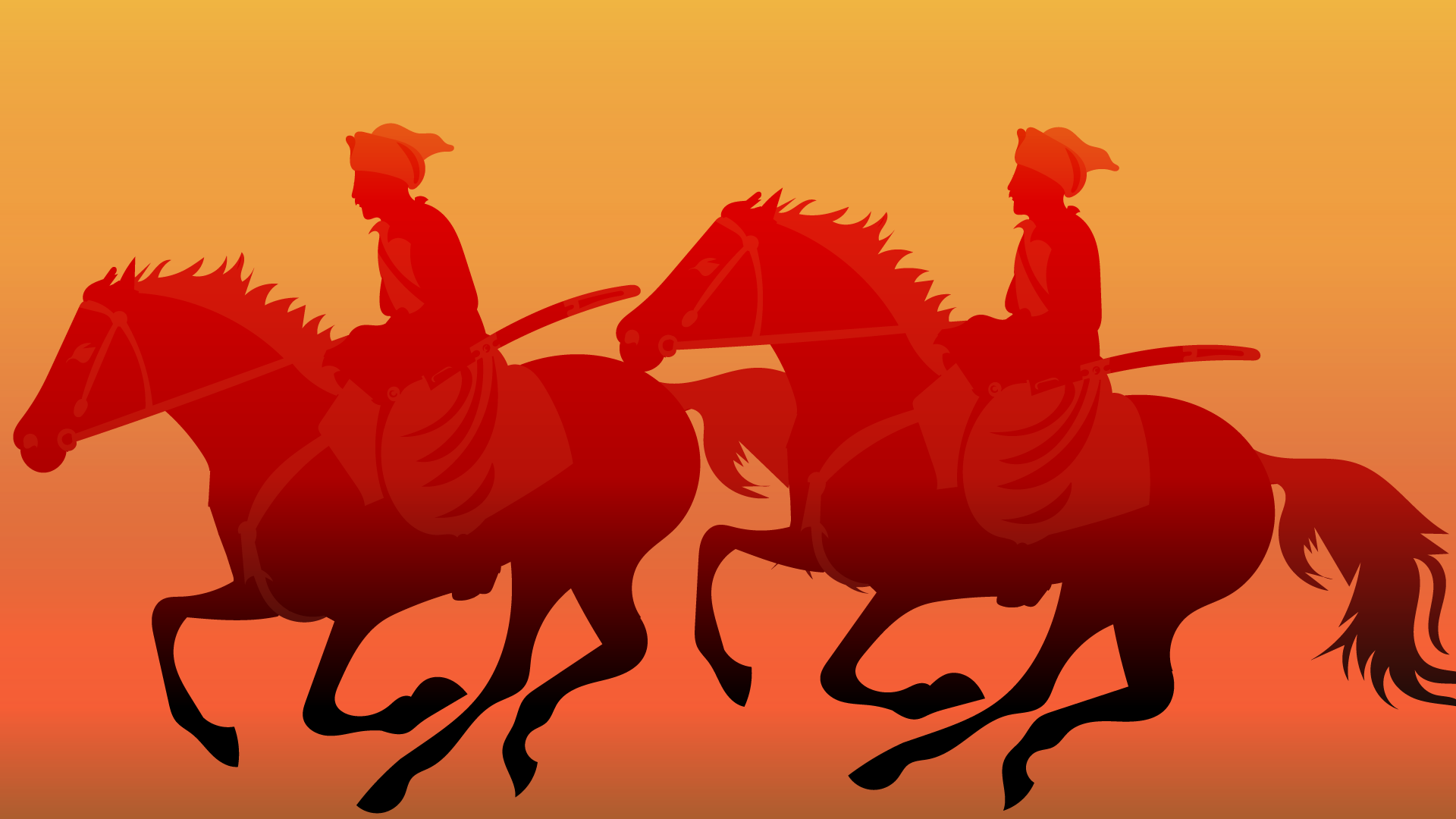
Jinetes cosacos.
The Cossack Hetmanate
In the 17th century, Ukraine was part of the Polish-Lithuanian Commonwealth, the largest European state of its time. The lives of Ruthenian Ukrainian peasants were hard under servitude to the Polish nobility.
Socially, the privileges of Catholic Poles over Orthodox Ukrainians were notorious, which is why many Ruthenians converted to Roman Catholicism and integrated into Polish culture to make their lives easier. Despite this, the desire for an independent kingdom remained intact among the Cossacks of the Zaporizhia region.
Bohdan Khmelnytsky was the leader of a Cossack rebellion against the Polish-Lithuanian Commonwealth. The rebellion soon began to take hold throughout Ruthenian society, forcing the king of Poland to negotiate. Bohdán achieved autonomy for Kyiv, Chernihiv and Bratslav and religiously broke the obligatory ties with Roman Catholicism.
Bohdán received the military rank of Hetman, which is why the leadership of this leader and his successors is called Hetmanate.
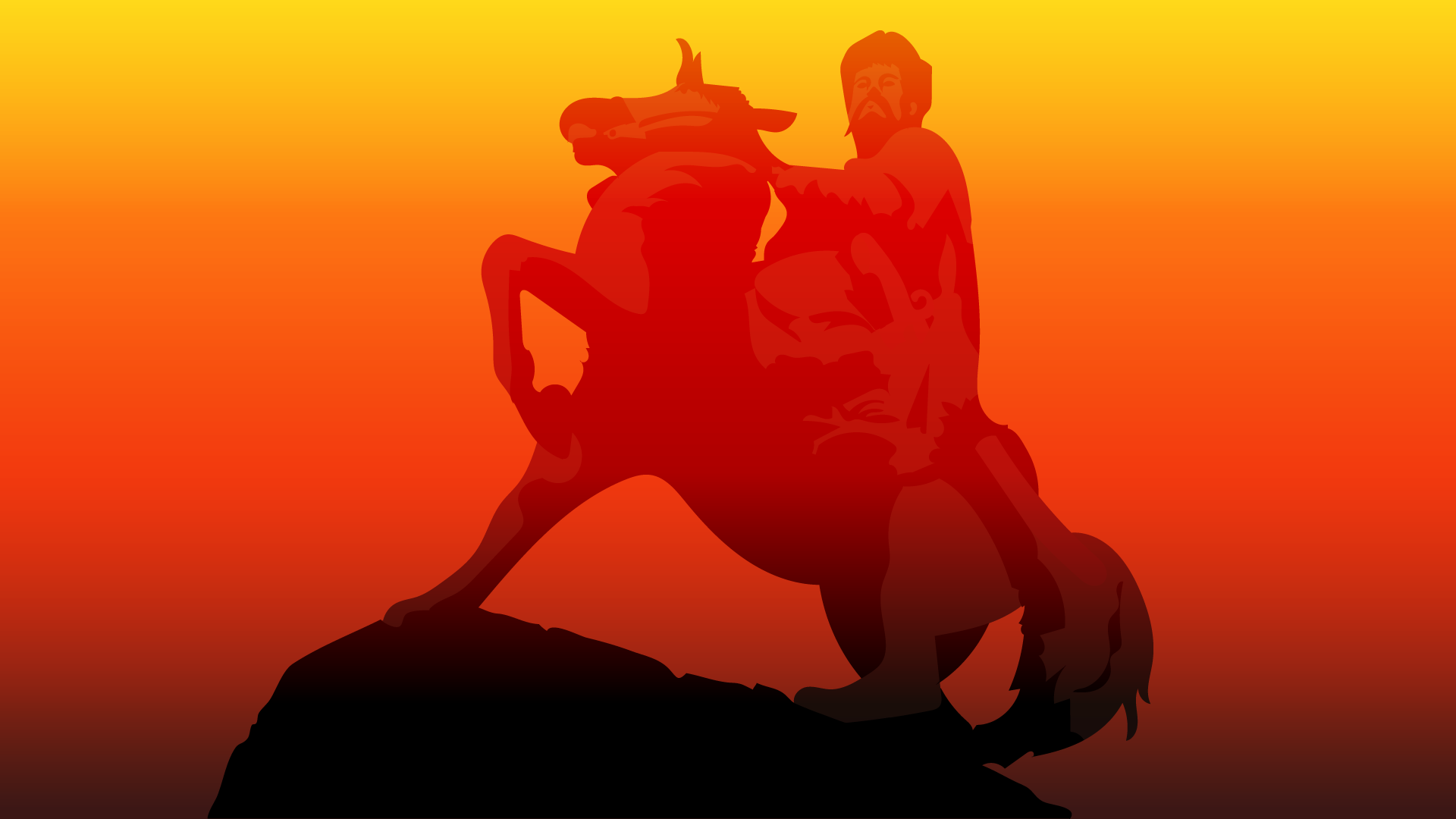
The Vulnerable Hetmanate
The Ukrainian Hetmanate was not consolidated due to Polish hostility and Hetman Bohdán’s inability to forge alliances. In the decisive Battle of Berestechko, the Polish army defeated the Ukrainians due to the betrayal of the Tatars in full combat. Bohdan was captured and the Ukrainian army fled in disarray.
In the end, a ruinous treaty limited the Hetmanate’s territory to Kyiv and its surroundings. Hostilities between the Hetmanate and the Poles continued and relations with the unpredictable Tatars remained tense.
Bohdan himself sought an agreement with Moscow to accept the complicated Cossack armies under his command. That treaty is that of Pereyaslav, where we mention the first documented use of the Ukrainian demonym.
In Moscow they gladly accepted a large military reinforcement for an expanding kingdom but they were unaware of the headaches it would give them in the future.
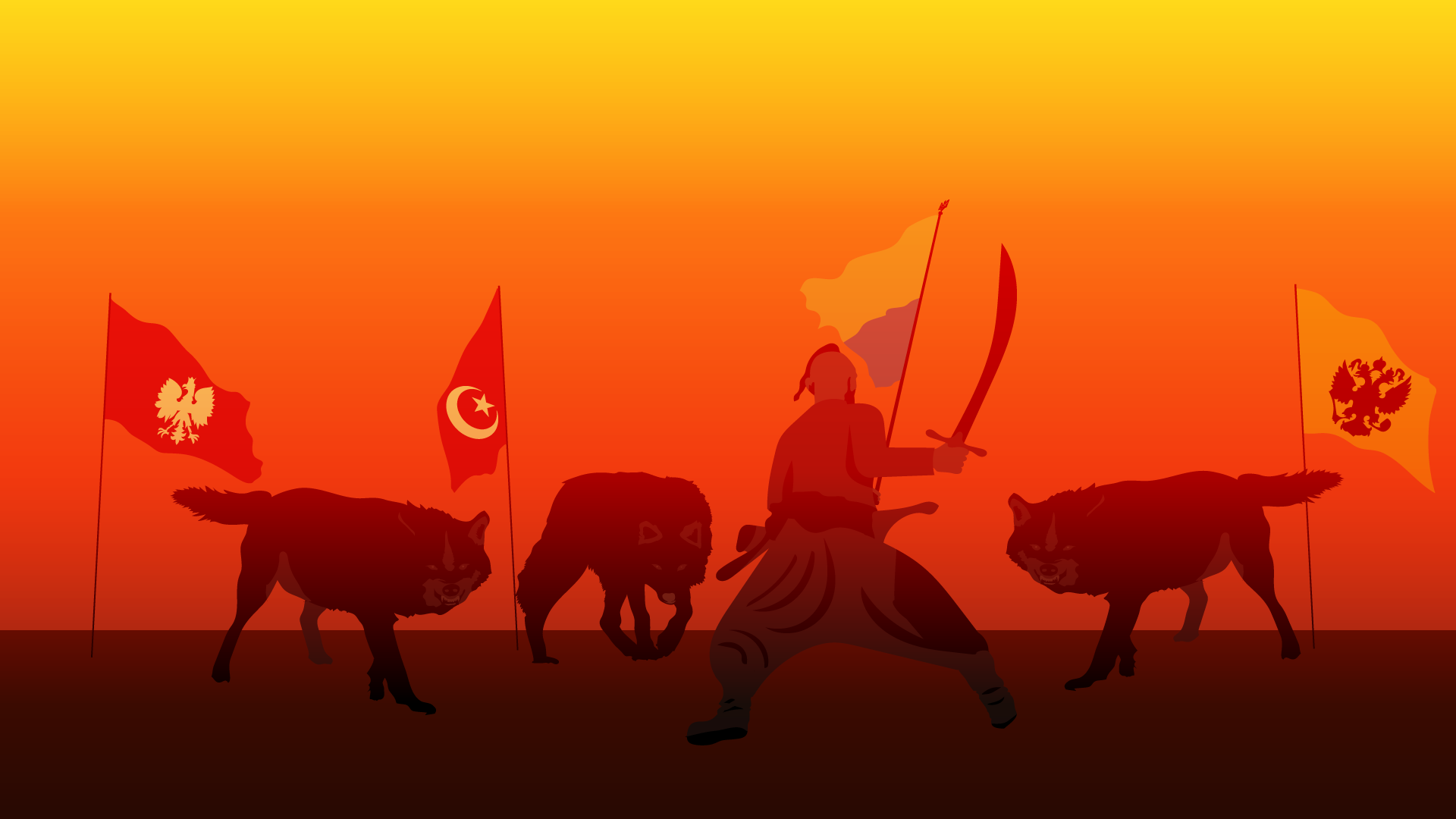
The ruin
After the death of Bohdan Khmelnytsky, the Hetmanate collapsed, beginning the period known as The Ruin.
The Hetmanate was falling apart due to internal struggles for power and the interventions of Poland and the Principality of Moscow and the interference of the Ottoman Empire. Being in the middle of three powerful and hostile nations made the first Ukrainian nation project unfeasible.
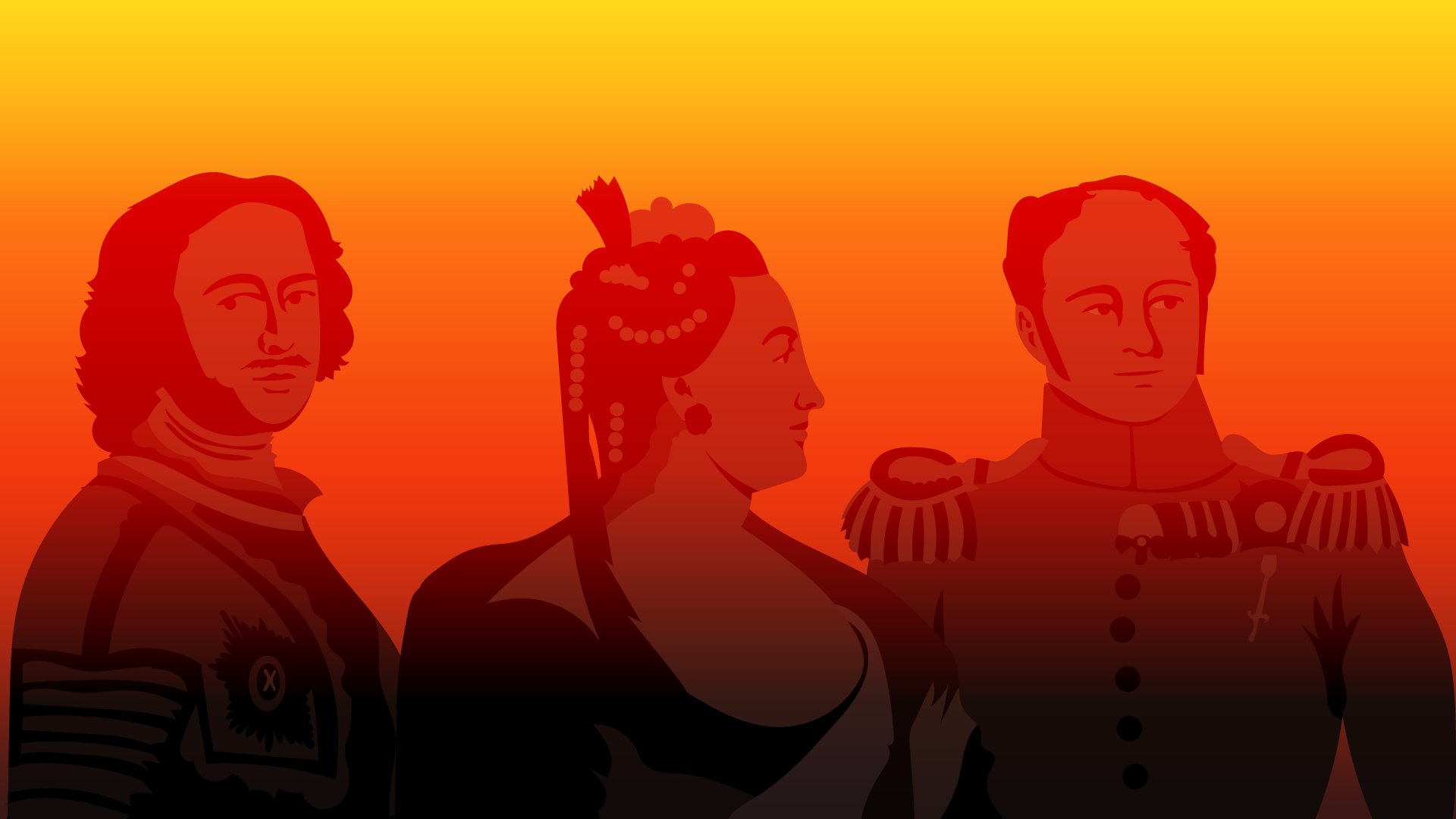
From Pedro to Catherine, the greatest
Peter I, grandson of the founder of the dynasty, was the first great ruler of the house of Romanov. This tsar conquered the Baltic access after defeating the Swedish Empire and ordered the construction of the new capital, Saint Petersburg/Petrograd.
Peter led Russia to become a great power, going down in history as “The Great.” Peter’s successors were his wife, Catherine I, his son, Peter II, and his niece, Anna. Later, the crown was supposed to belong to Ivan VI, who spent his life imprisoned after a coup d’état. please Isabel.
Lacking children of her own, Isabel inherited the crown to her nephew, Pedro III. Peter was dethroned by a coup d’état in favor of his wife, Catherine II. Catherine put down the bloody Cossack rebellion, divided Poland with the Austrians and Prussians, and conquered Ukrainian territory. Catalina also went down in history as “The Great”. We already dedicated a delivery to her.
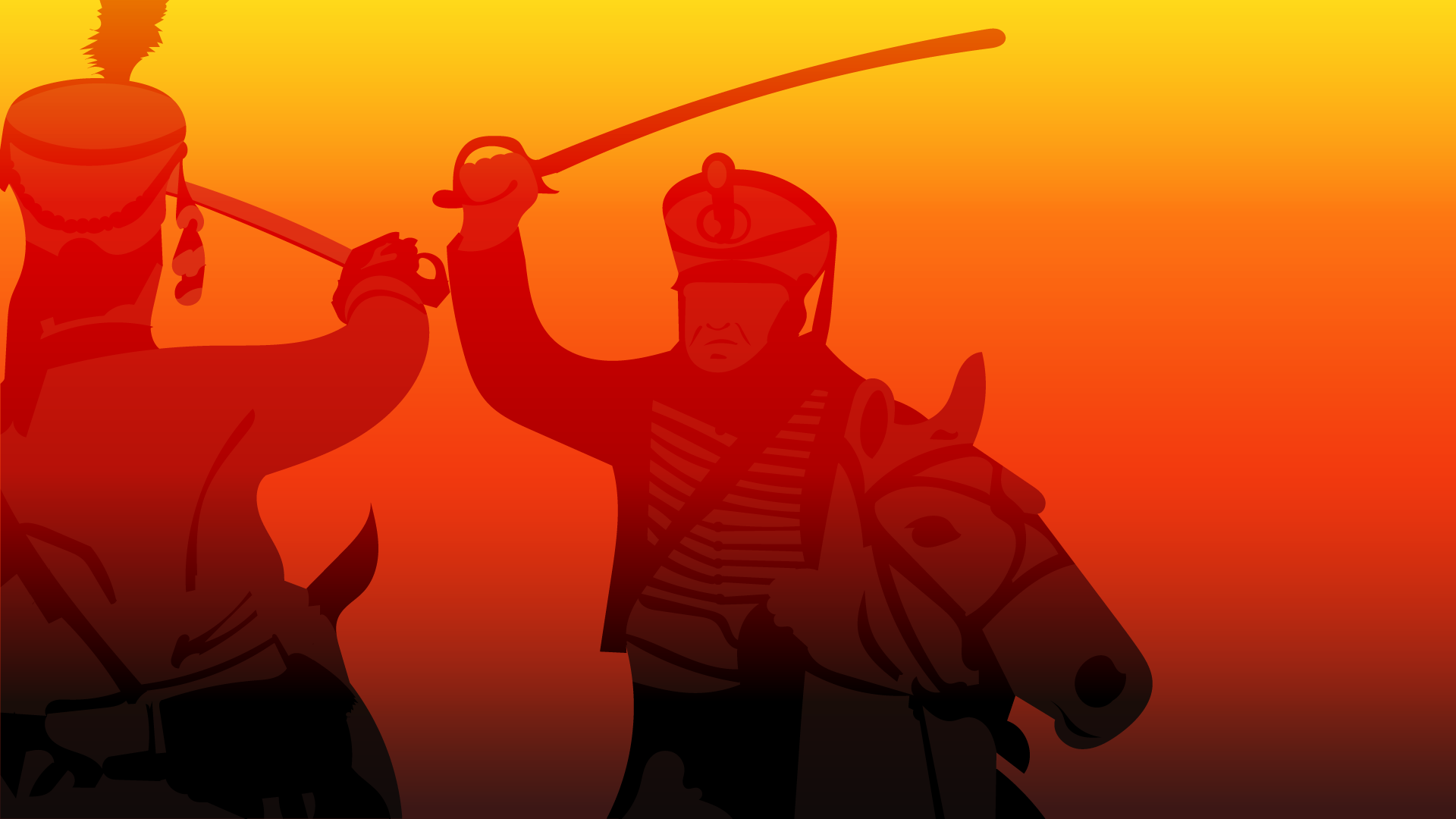
Emperors of All Russia
Catherine was succeeded by her son, Paul, with whom she had a stormy relationship and who turned out to be just as inept as her father. Paul did not last more than five years on the throne since he was assassinated in a plot.
Paul’s successor was his son Alexander I, the tsar who repelled the Napoleonic invasion. Alexander I along with his grandmother, Catherine II and Peter I have something in common besides lineage; These three monarchs were the only capable rulers emanating from the house of Romanov.
Alexander was succeeded by his brother, Nicholas I, who continued the expansive policy of the Russian Empire. Unlike his brother, Nicolás was an incapable and authoritarian ruler in the face of constant uprisings. The people of the Caucasus, the Poles and of course, the Ukrainians, gave this tsar a lot of problems.
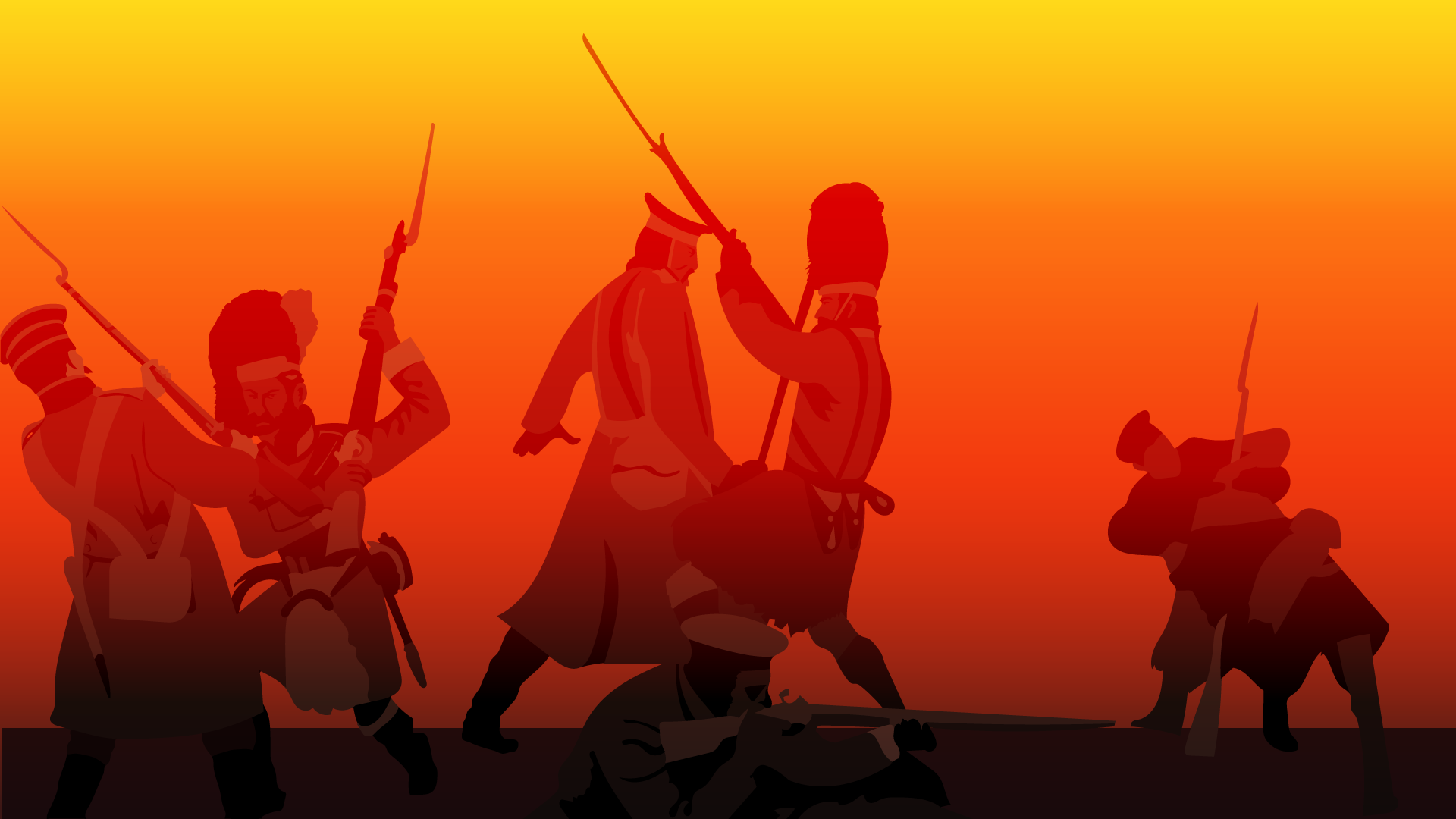
The Crimean War
Under Nicholas’s reign, the Russian Empire allied with the newly independent Kingdom of Greece faced a coalition consisting of the British Empire, the Second French Empire, the Ottoman Empire and the Kingdom of Sardinia in the Crimean War; a war conflict fought mainly in Ukrainian territory and which, strange as it may seem, arose from religious motivations similar to the Holy Land Crusades of medieval times. In this conflict the famous Battle of Balaclava was fought as part of the Siege of Sevastopol and it was where Miss Nightingale led the first nursing corps.
Nicholas died in 1855, passing the conflict on to his son, Alexander II. The new tsar sought peace after losing Sevastopol. Russia lost influence in Eastern Europe, the Balkans and control of the Black Sea.
The defeat of the Russian army against the French and British was total.
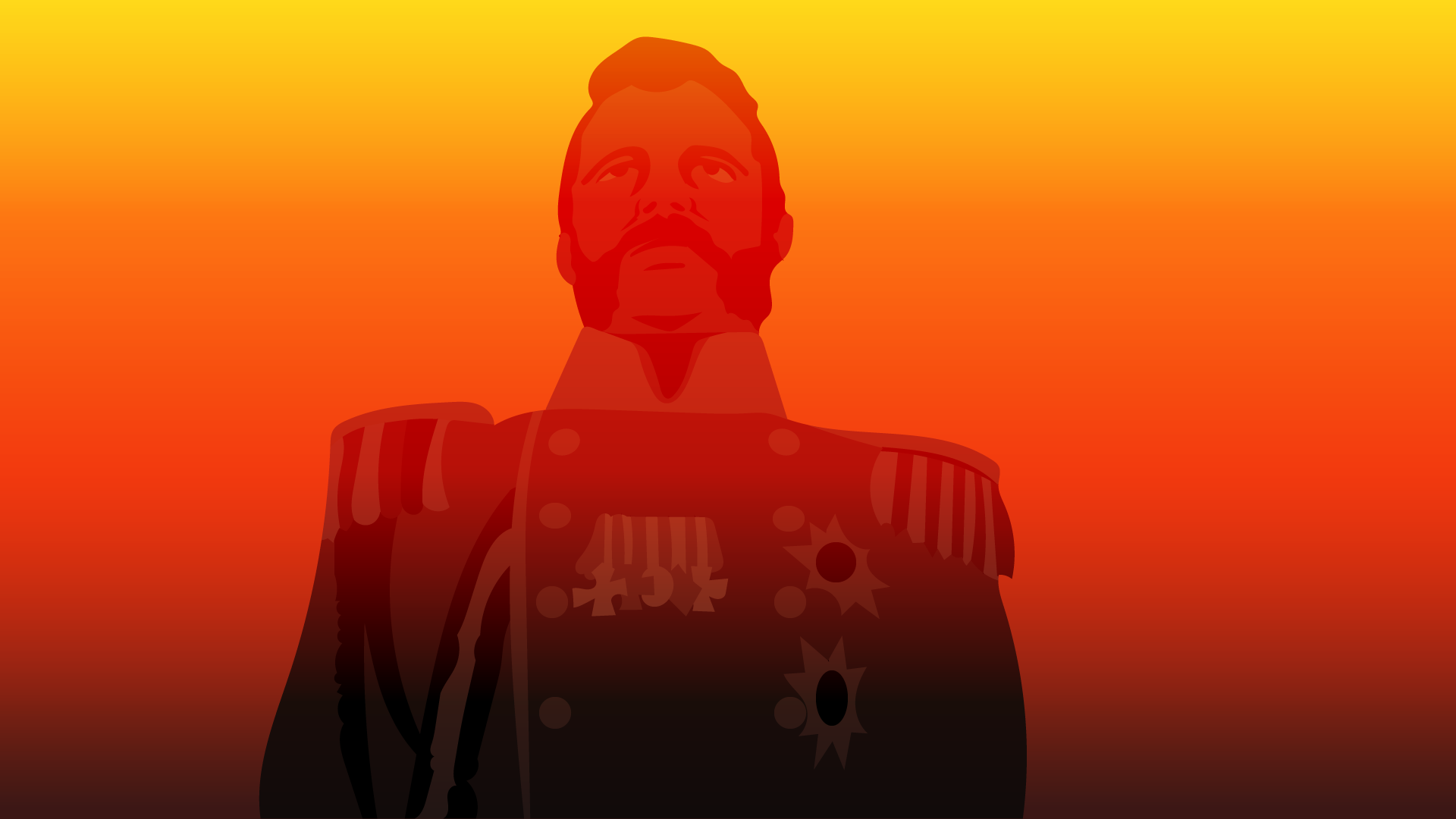 Alejandro II.
Alejandro II.
Reforms after the catastrophe
Alexander II concluded that the defeat, in addition to the outbreaks of cholera, occurred because his army of forcibly recruited conscript serfs and led by incompetent officers and commanders whose ranks were granted by inheritance and not by merit, was no match for the modern British and French armies, made up of volunteer soldiers from a free citizenry, well trained, armed and willing to fight for their nation. The consequence of the defeat in the Crimean War was the abolition of serfdom.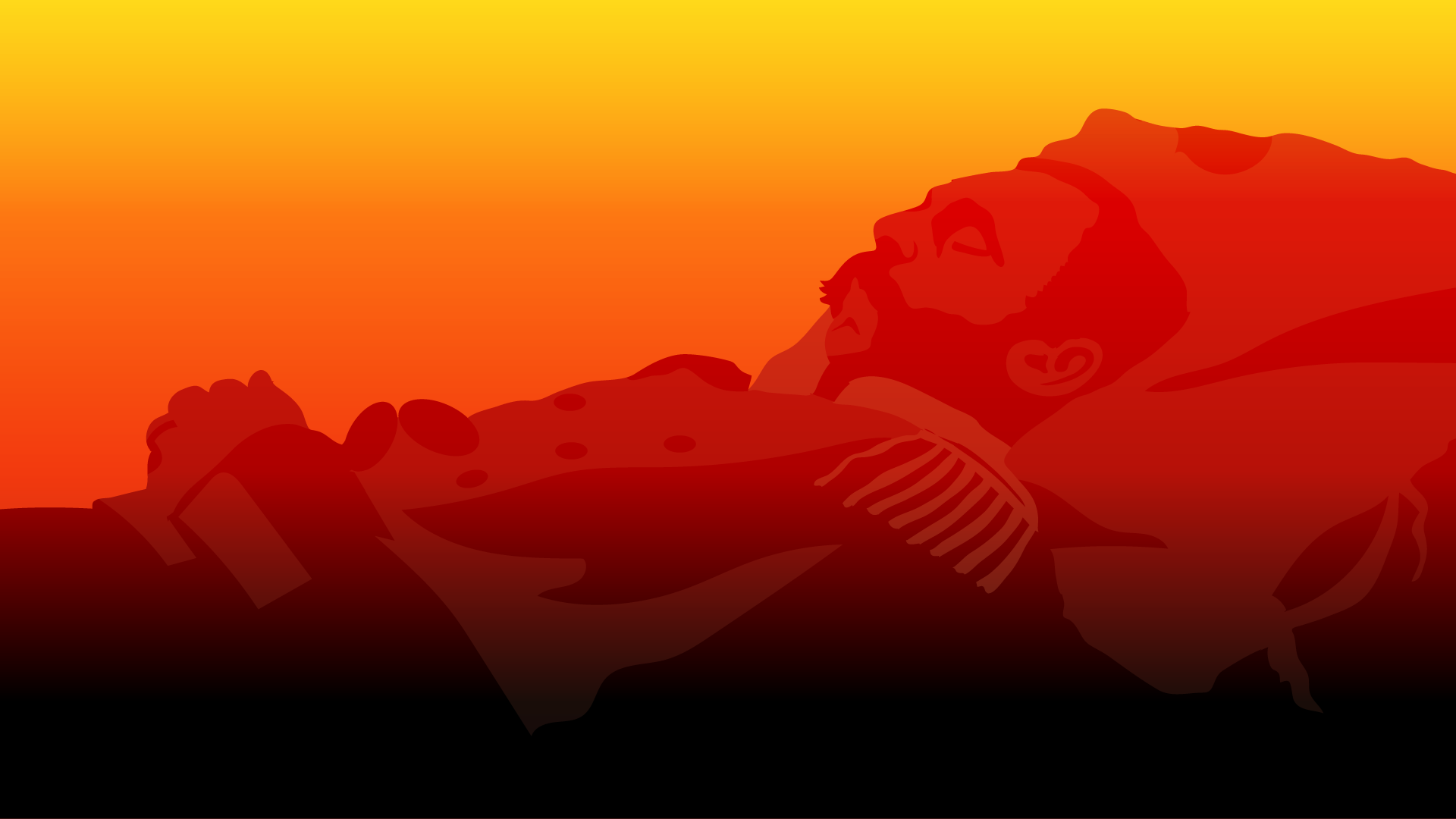
Alejandro II en su lecho de muerte tras el atentado que le quitó la vida.
Bombs against the Tsar
Despite the reforms, Alexander II’s reign was turbulent. The internal intrigues were endless and did not stop the nationalist uprisings in the Baltic, Poland, Belarus and of course, Ukraine.
Alexander’s reign escalated in authoritarianism and repression, causing attacks on the tsar’s life. After evading 4 assassination attempts, Alexander II was assassinated with a bomb in March 1881.
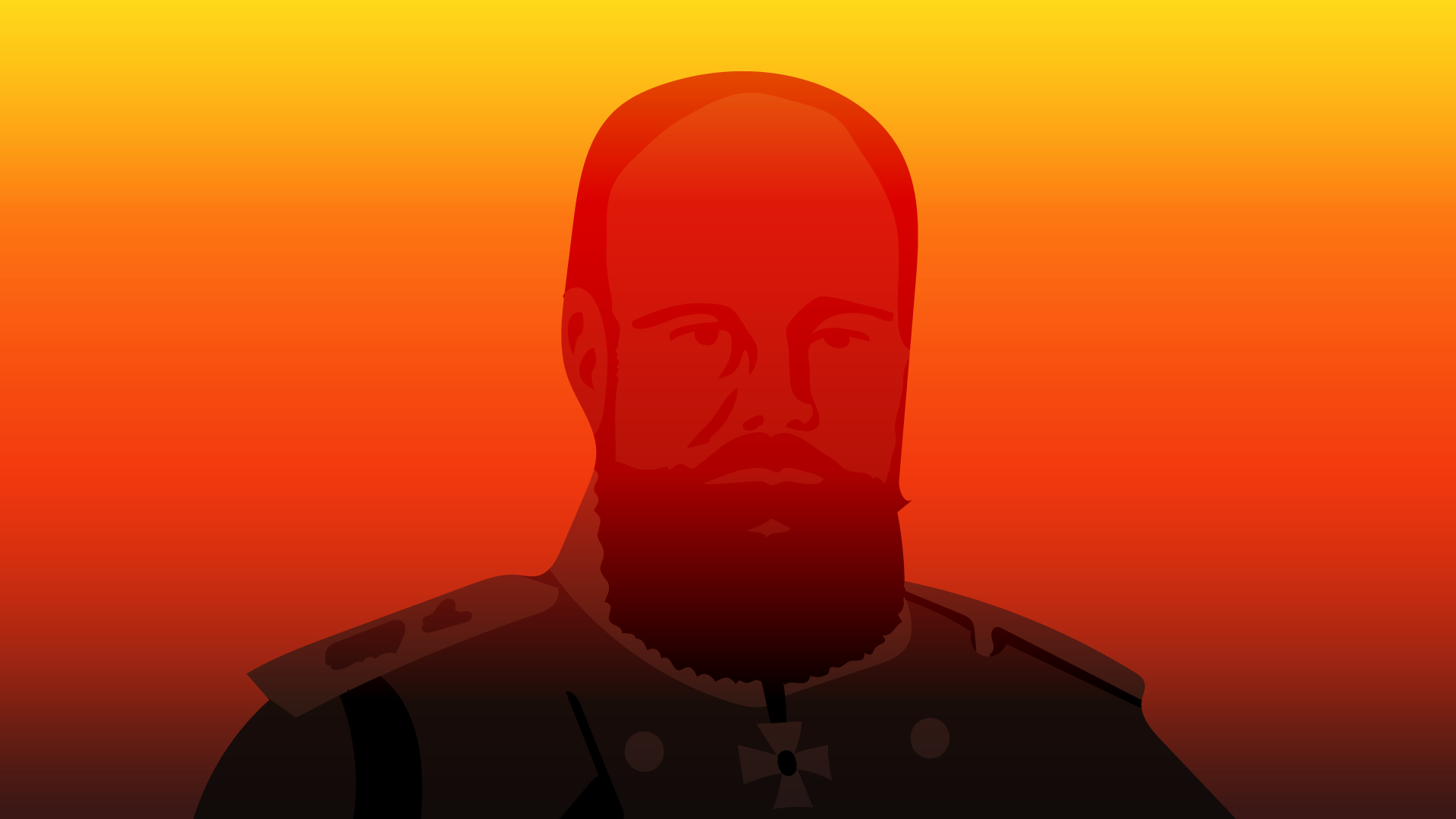
The peacemaker
After the assassination, the imperial crown fell on the temples of Alexander III, son of the murdered tsar. Alexander III was known as “The Peacemaker” because he broke the warlike tradition of his predecessors.
This tsar, the penultimate one, did not get involved in any war. Alexander knew the limitations of the empire, but the interior maintained the authoritarian style. He died in 1894.
Alexander III had a relatively stable reign compared to his predecessors and especially his, with what would happen to his successor, Nicholas II.
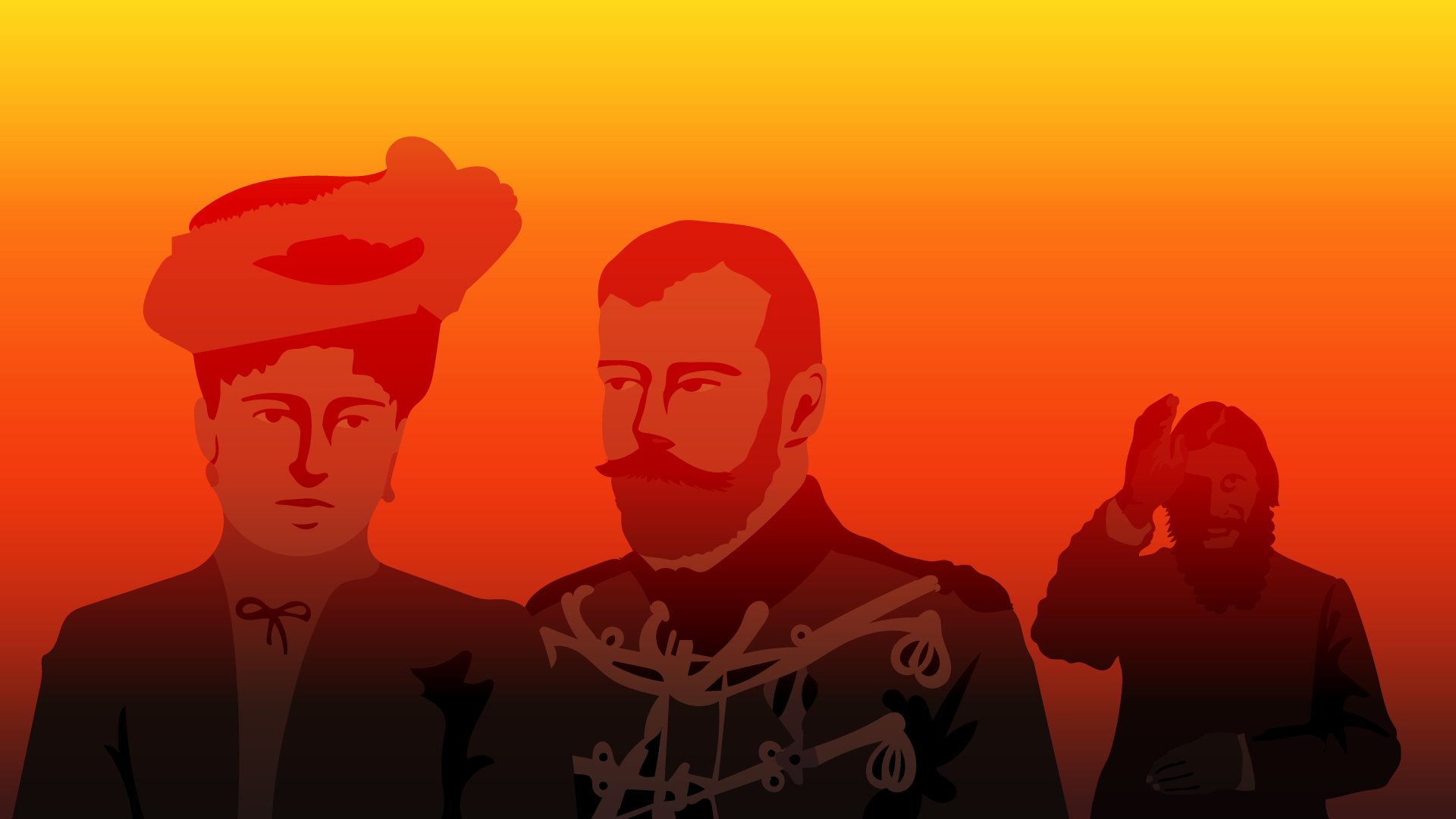
The Last Romanov
Nicholas II was an affable and cordial man but completely lacking in military and administrative training. The new tsar avoided tedious affairs of state at all costs and preferred to spend time with his children and his wife. The Tsar idolized the Empress Alexandra too much… as she idolized the holy Rasputin.
The Russian economy was in a tailspin, with a desperate society and critical military weakness making the empire vulnerable. Nicolás was unaware that the vast empire he ruled was a time bomb.
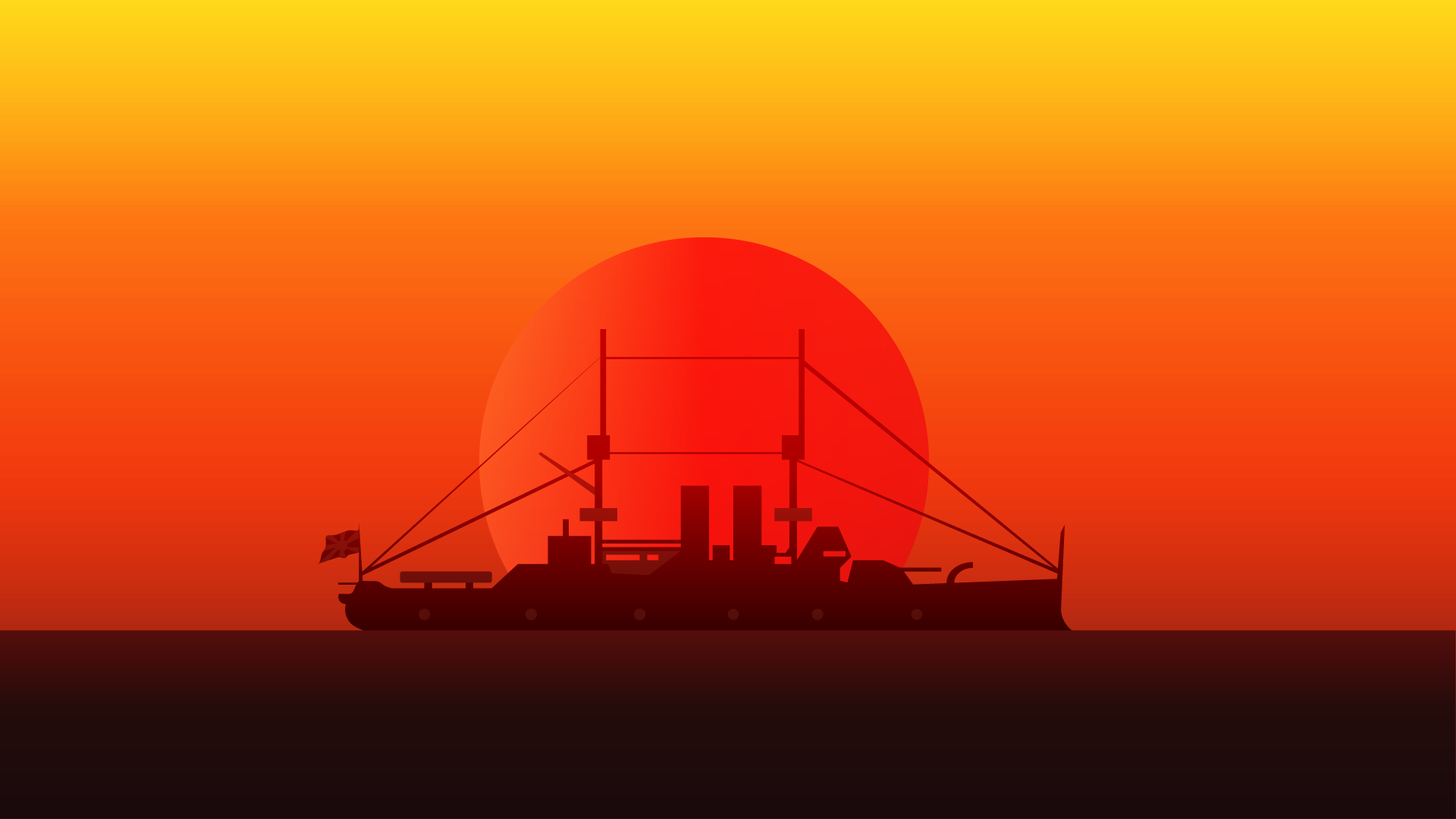
The Yellow Sea catastrophe
In the east, the Empire of Japan was a fearsome power after defeating the Chinese Empire. The relationship between the Russian and Japanese empires was tense since the mid-19th century, with the inevitable clash between Mother Russia and the Empire of the Rising Sun in 1904. The antiquated and poorly commanded Russian fleet was annihilated by the modern Imperial Japanese Navy of Admiral Togo.
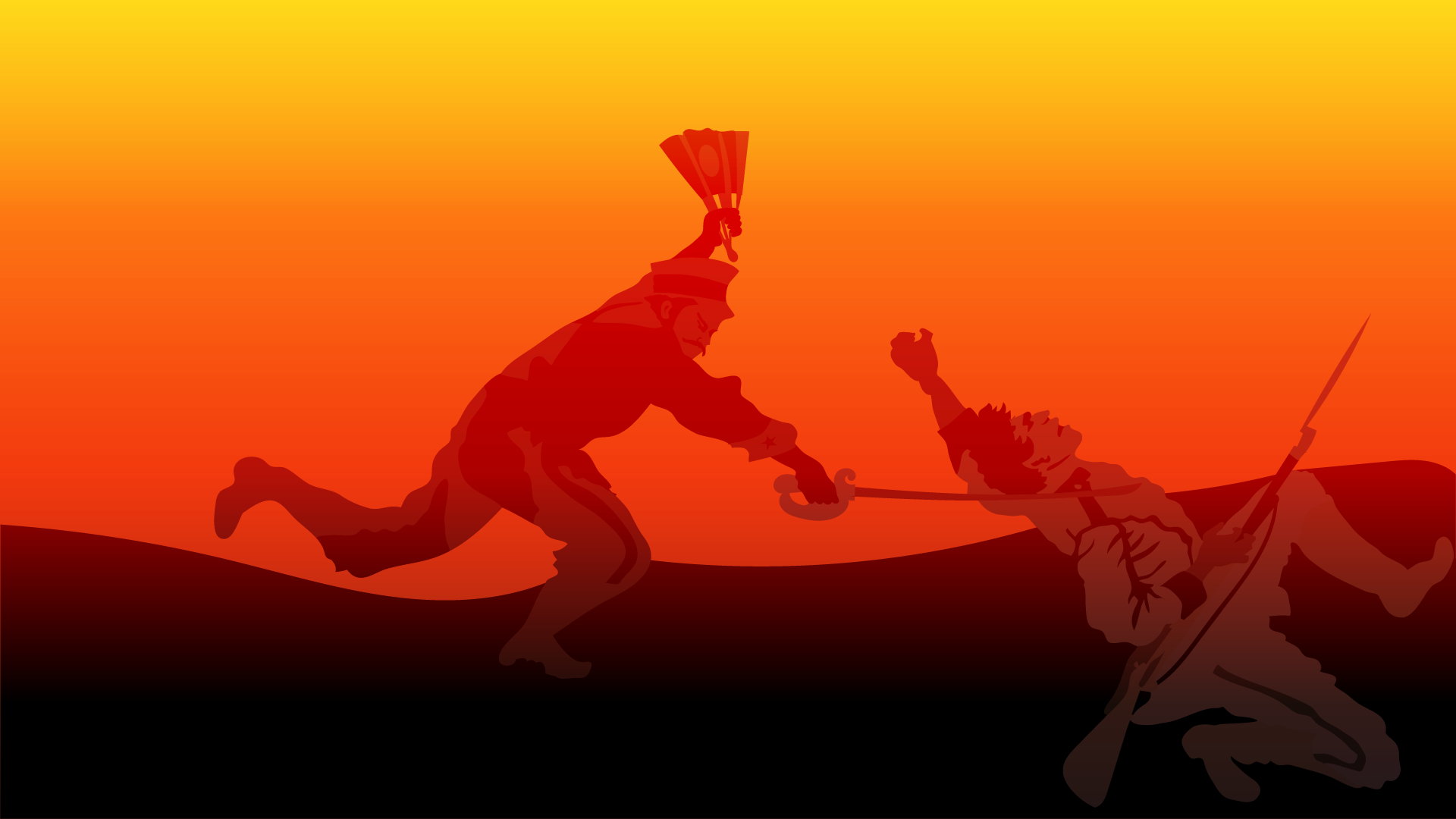
The collapse of the myth
Japanese naval power not only wrested control of strategic points on the Pacific coastlines from Russia. In addition to the tsar’s fleet, the Japanese sank a historical myth with cannon fire. For the first time, a European imperial power was defeated militarily by a non-ethnically Caucasian nation, demolishing the myth of “natural” European superiority.
The humiliating defeat against Japan marked the beginning of the end not only for Nicholas II but for an entire dynasty.
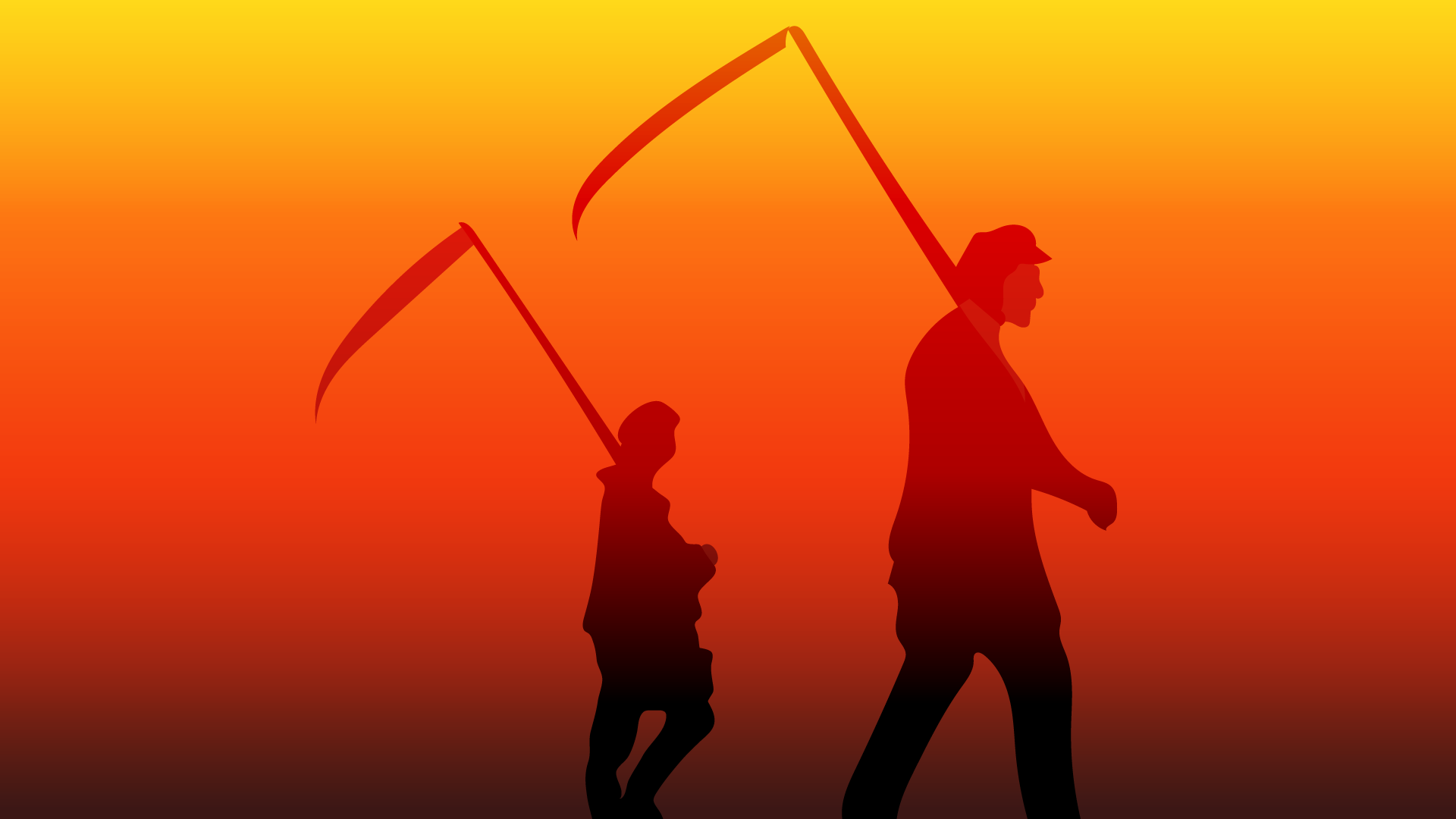
The beginning of the end
In addition to the beating the Japanese gave to national pride, the living conditions of the Russian people were miserable. Social tensions resulting from widespread discontent reached critical points.
The outbreak occurred after the brutal repression of a peaceful protest by workers at the Winter Palace in Saint Petersburg. This event occurred on Sunday, January 9, according to the Julian calendar or January 22 according to our Gregorian calendar, in the year 1905.
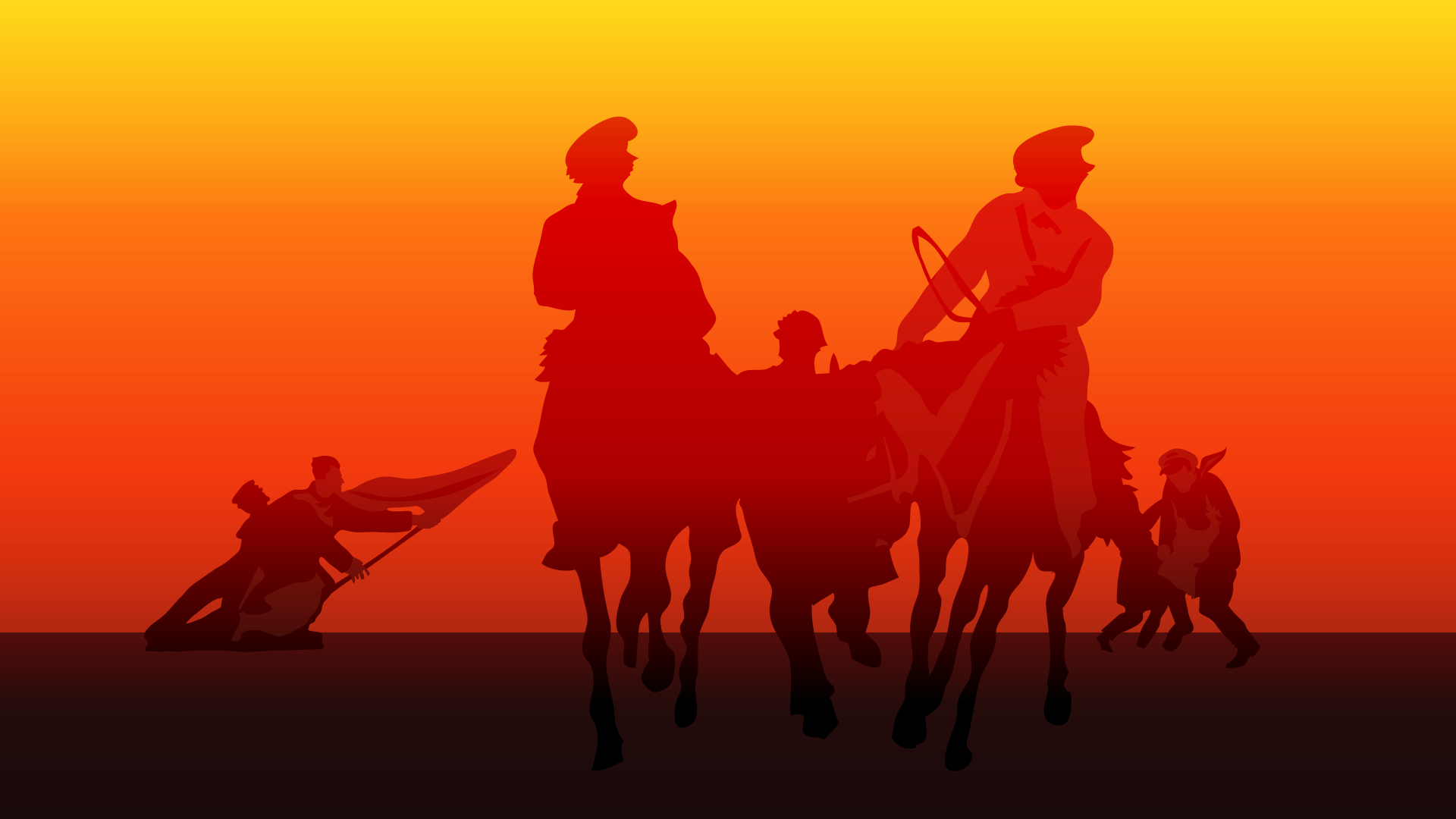
The first revolution
The outbreak of the 1905 Revolution after that bloody Sunday plunged the country into a spiral of violence against the regime. The result was the signing of the October Manifesto by the tsar, a document that put an end to the absolute monarchy. The Russian Empire became a constitutional monarchy, establishing a legislative branch, the State Duma.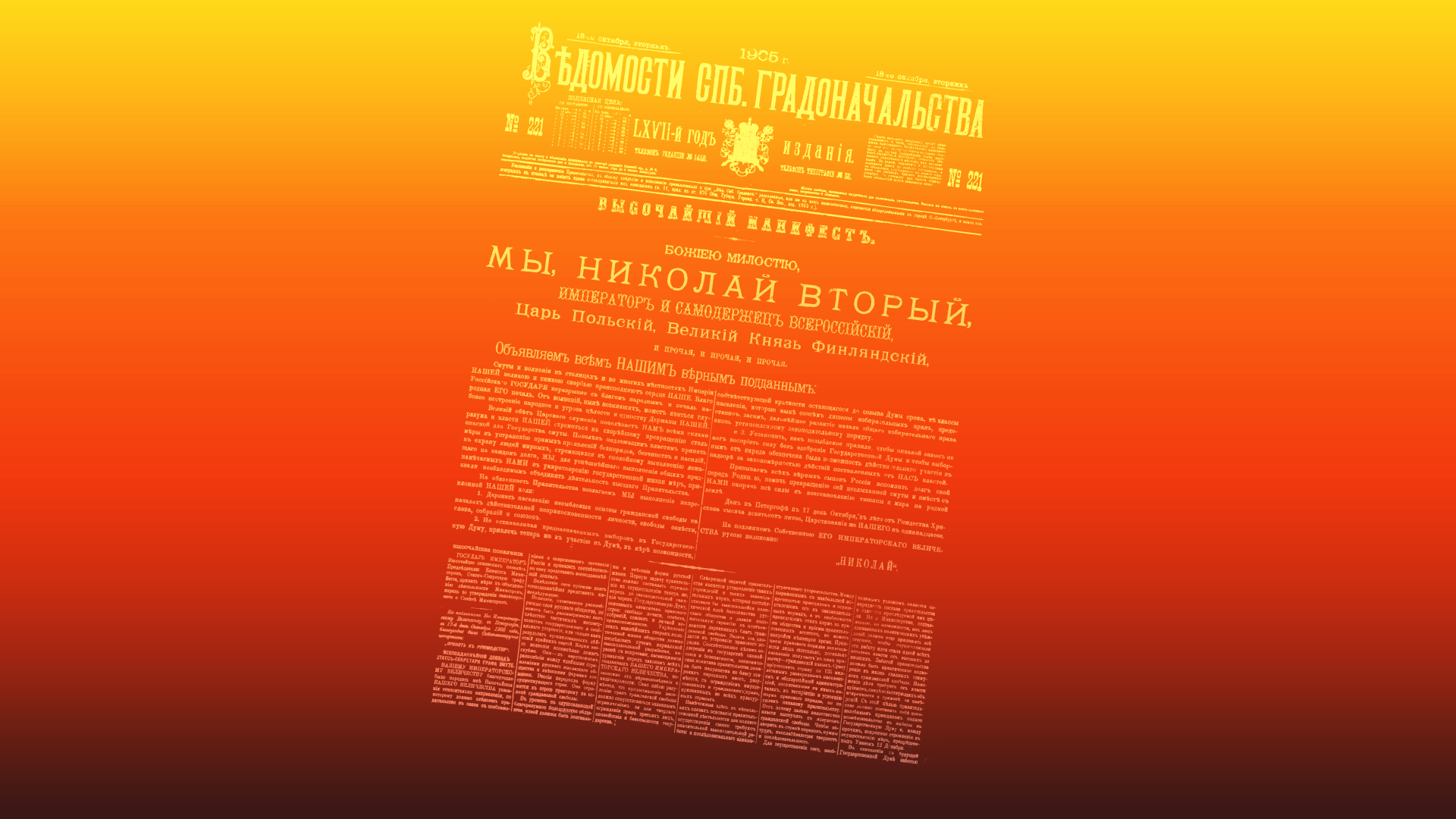
Manifiesto de Octubre.
Constitutional monarchy
The Duma, heir to the former Zemsky Sobor, was the lower house and the State Council of the Empire served as the upper house. This new legislative power was to guarantee civil liberties and provide a counterweight to the power of the tsar, but the lack of social progress and the political weakness of the Duma condemned the constitutional monarchy to failure. Russia was in chaos, but hand in hand with the rest of Europe, it was on the brink of catastrophe.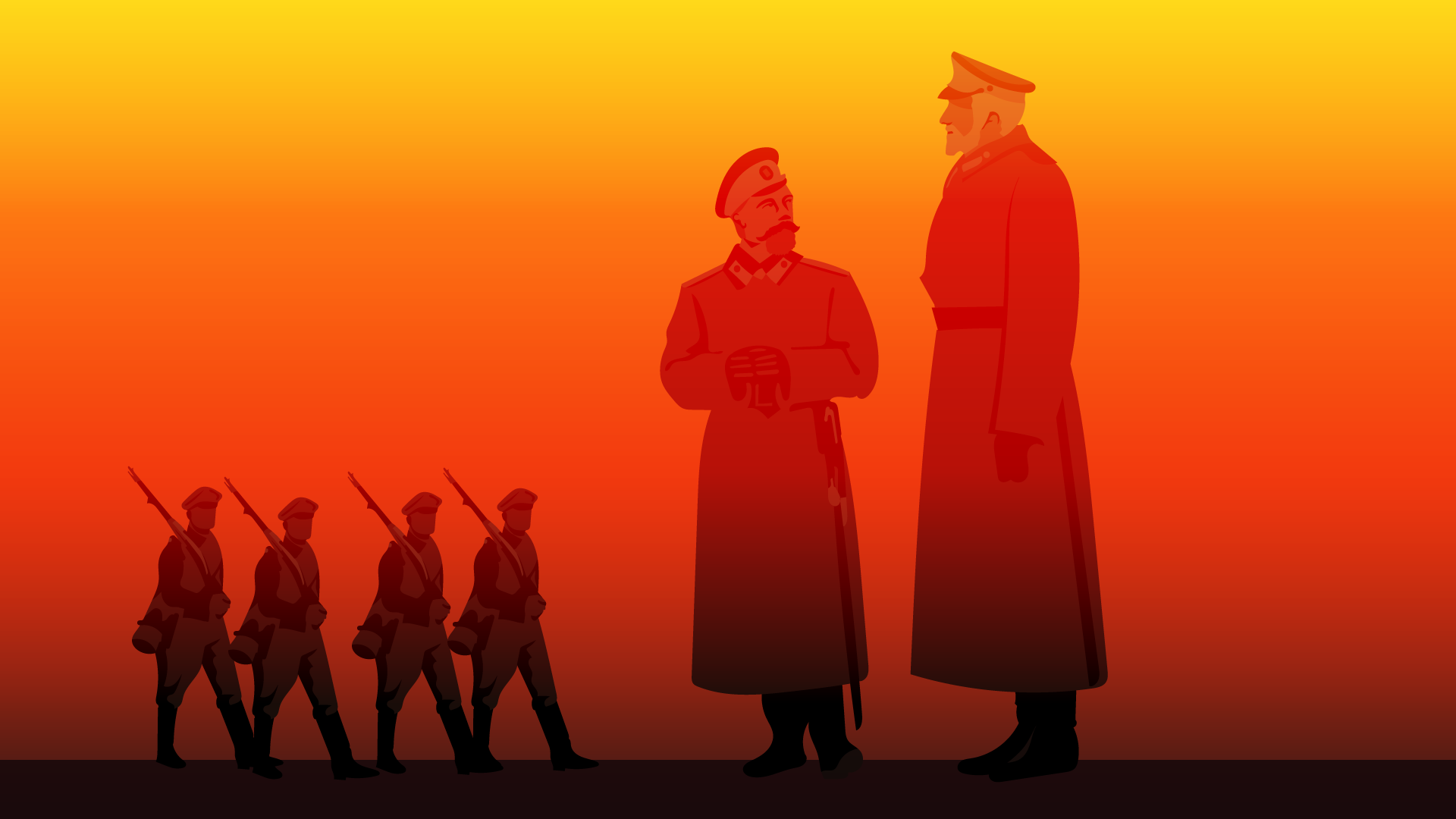
Nicolás II y el Gran Duque Nicolaiévich.
The Great War
In 1914 relations between the European powers were at maximum tension. One reckless act was enough to trigger a large-scale conflict. The Serbian nationalist who murdered Archduke Franz Ferdinand and his wife committed that “recklessness.” The First World War began.
The Russian Empire joined the side of the Triple Entente made up of the British Empire, France and later the Kingdom of Italy. It was not the first time that old Russia would face each other in combat with the Germanic powers; The issue is that the circumstances of 1914 were not the same as those of the times of Isabel or Catalina “The Great”.
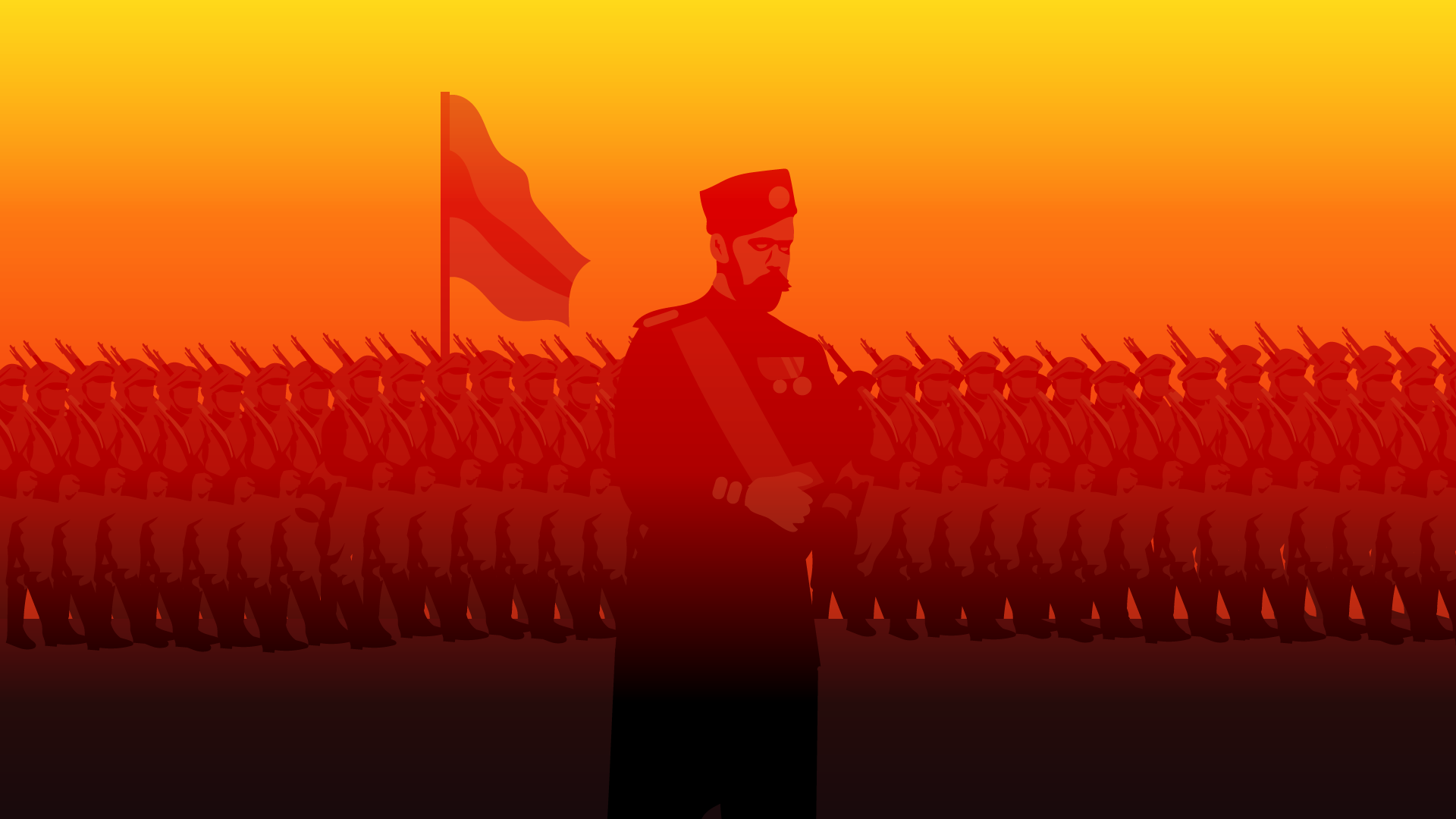
Incompetence and pomp
The tsar handed over command of his armies to his uncle, Grand Duke Nicholas Nicolaievich. Russia’s war cause was to protect the Serbs from the Central Powers. This dictated the “divine mission” of Mother Russia, which was to cover all the Orthodox Slavs of the world under her mantle. The harsh reality was that the Russia of Tsar Nicholas II was not in a position to protect itself.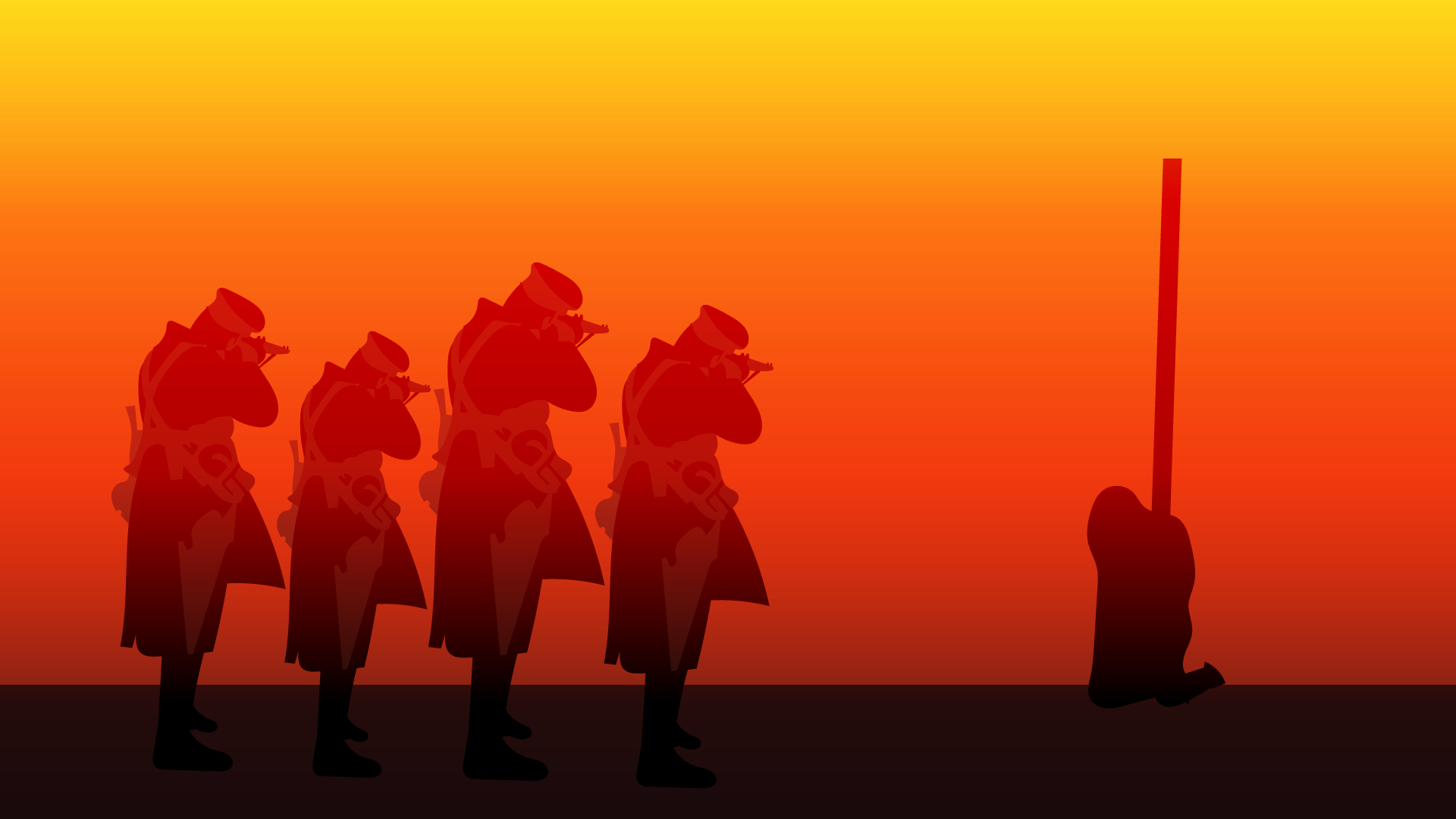
Soldados rusos ejecutando a un desertor.
The inevitable catastrophe
At the time the war broke out, the Russian Empire was a giant stuck in time.
Militaryly, economically and socially, Russia was in one of its worst moments under one of the most incompetent rulers in history. Its counterpart, the German Empire, was the richest, most modern nation with the greatest industrial, political and social development of its time.
The German army was the best in the world. He was well trained, supplied and armed with cutting-edge technology. Its officers and senior commanders had the best tactical, strategic and technical training at the time while the bulk of the Russian army was cannon fodder of which only 4% of the troops knew how to read and write. The Russian soldier was poorly armed, poorly trained, poorly supplied and, above all, poorly directed.
The officers and senior commanders of the tsar’s army were overflowing with aristocratic pomp but lacked basic training, starting with the commander. Duke Nicolaievich had no idea about anything at all, which is why he was assigned a staff… that was equally or worse incompetent.
Russia’s weapons were heading straight for another catastrophe for the same reasons as against the Japanese in 1904 and in the Crimea in the mid-19th century.
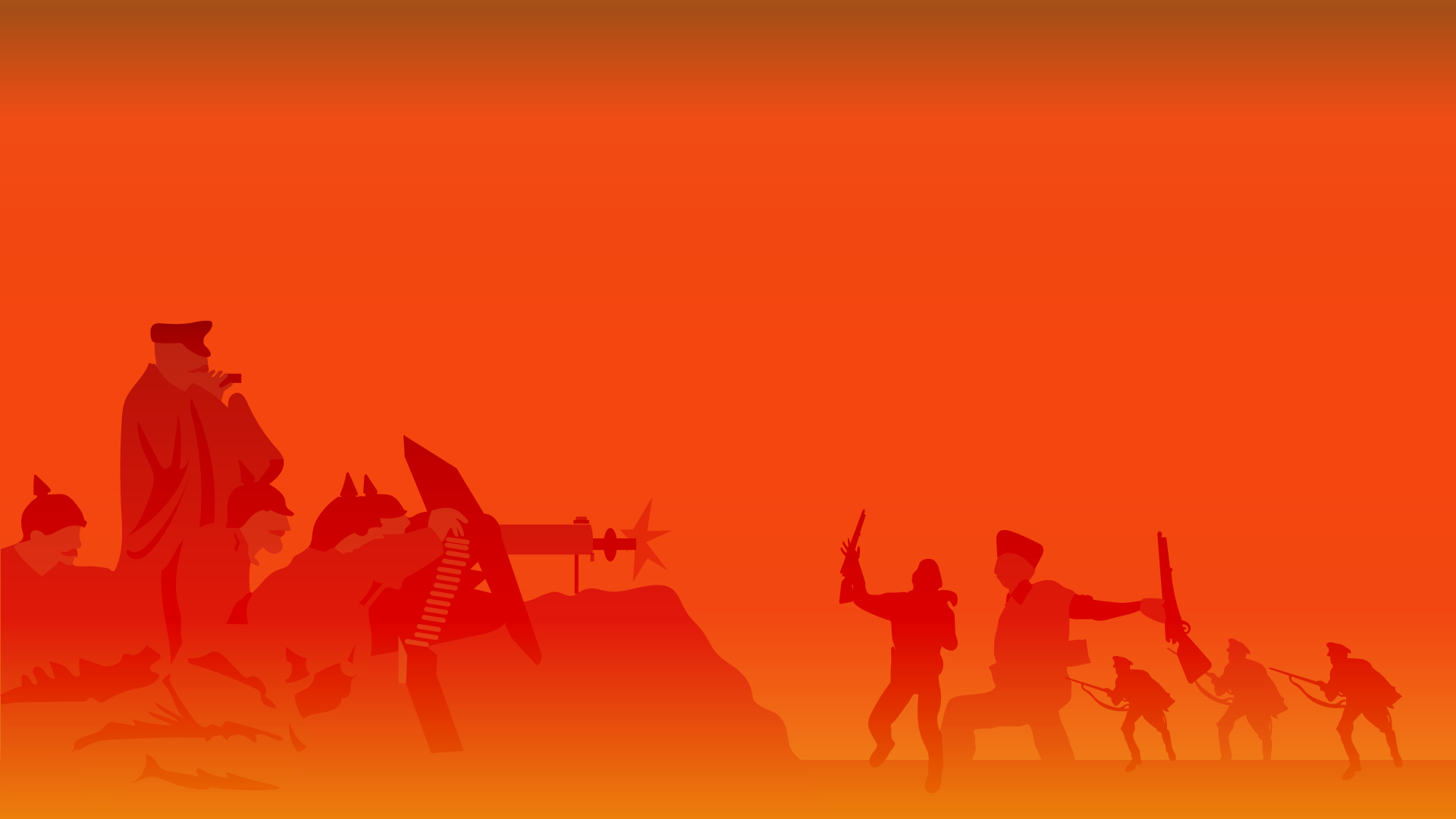
Deadly trenches
In Poland and Galicia, the Russian army engaged in a war of attrition against the army of the Austro-Hungarian Empire while in East Prussia, the Germans tore the tsar’s army to pieces. Russia lost one hundred thousand men during the first year of the war against the Germans alone. Not even the tsar’s visit to the front, which somewhat improved the morale of the battered Russian soldiers, prevented defeat.
In Ukraine, the Great War was very destructive. Many villages and towns were attacked mercilessly on all fronts, accused of being pro-Russian, pro-Austrian, pro-German or nationalist.
Although they were on the ultimately winning side, World War I was the end of Imperial Russia.
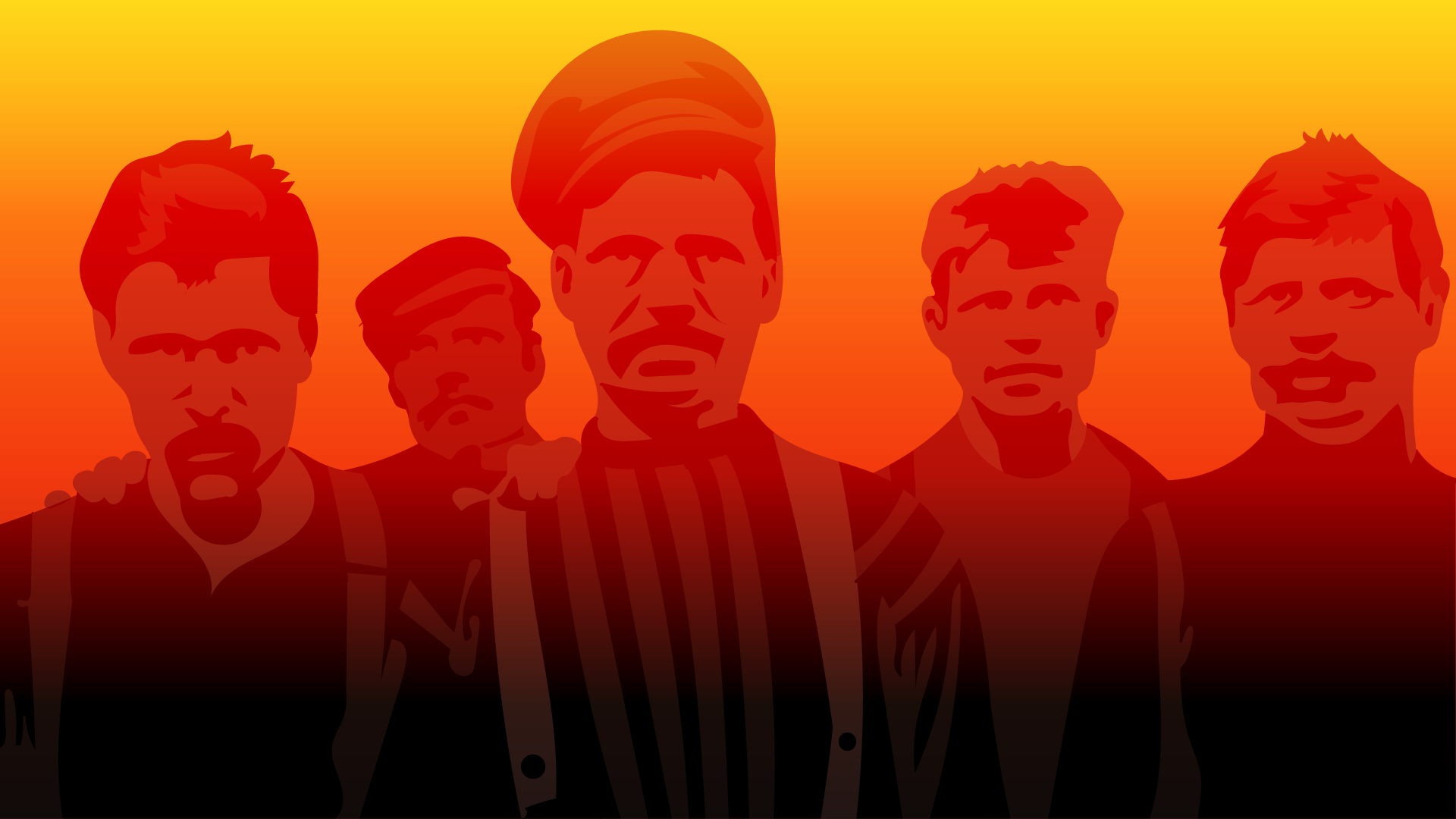
The time bomb
The war effort was lethal to the screwed imperial economy. The living conditions of the population, fed up with the war, fell to critical points due to the shortage of food and coal in the harsh winter.
Nicholas II, in his profound incompetence, did not generate the necessary social reforms, which is why, in 1916, liberals and socialists within the Duma formed an alliance with the objective of convening a constituent assembly and the democratic election of an executive branch.
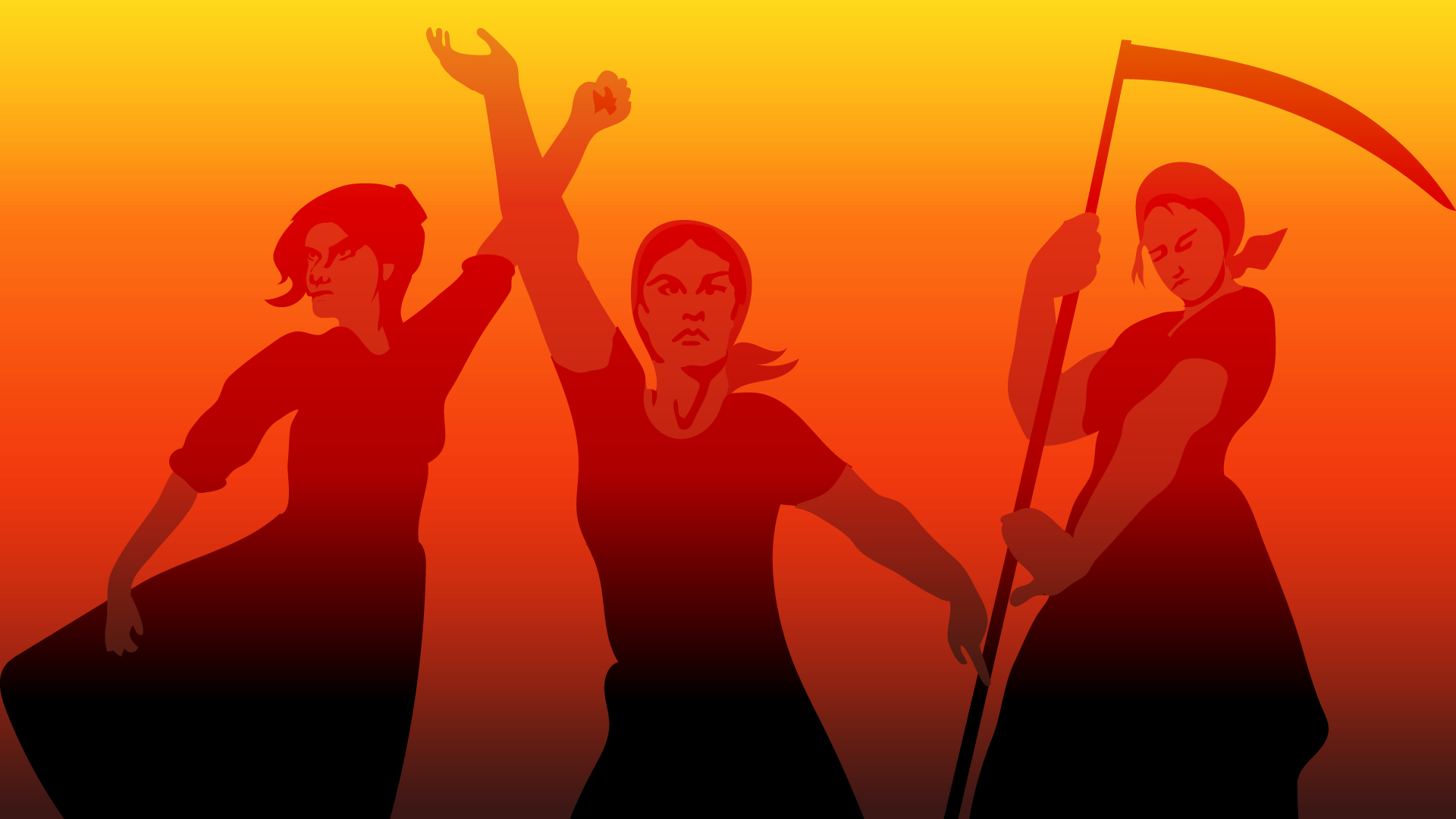
The February Revolution. They were looking for bread and overthrew a dynasty
On International Women’s Day, March 8, 1917, the furious and desperate women queuing for purchases turned their fruitless wait into a fierce demonstration. This was the spark that caused the outbreak of the revolution that overthrew the tsar.
Yes, the proud Romanov dynasty, Tsars of All the Russias, was overthrown by a movement started by housewives lining up to buy bread and who exploded due to the scarcity and hunger of their families while their husbands, brothers and children died in the trenches under German howitzers and machine guns.
The outbreak occurred, as we said, on March 8 and lasted five days, until March 12, a date in the Gregorian calendar, but in the Julian calendar, these events occurred from February 23 to 27, which is why, This uprising went down in history as the February Revolution of 1917.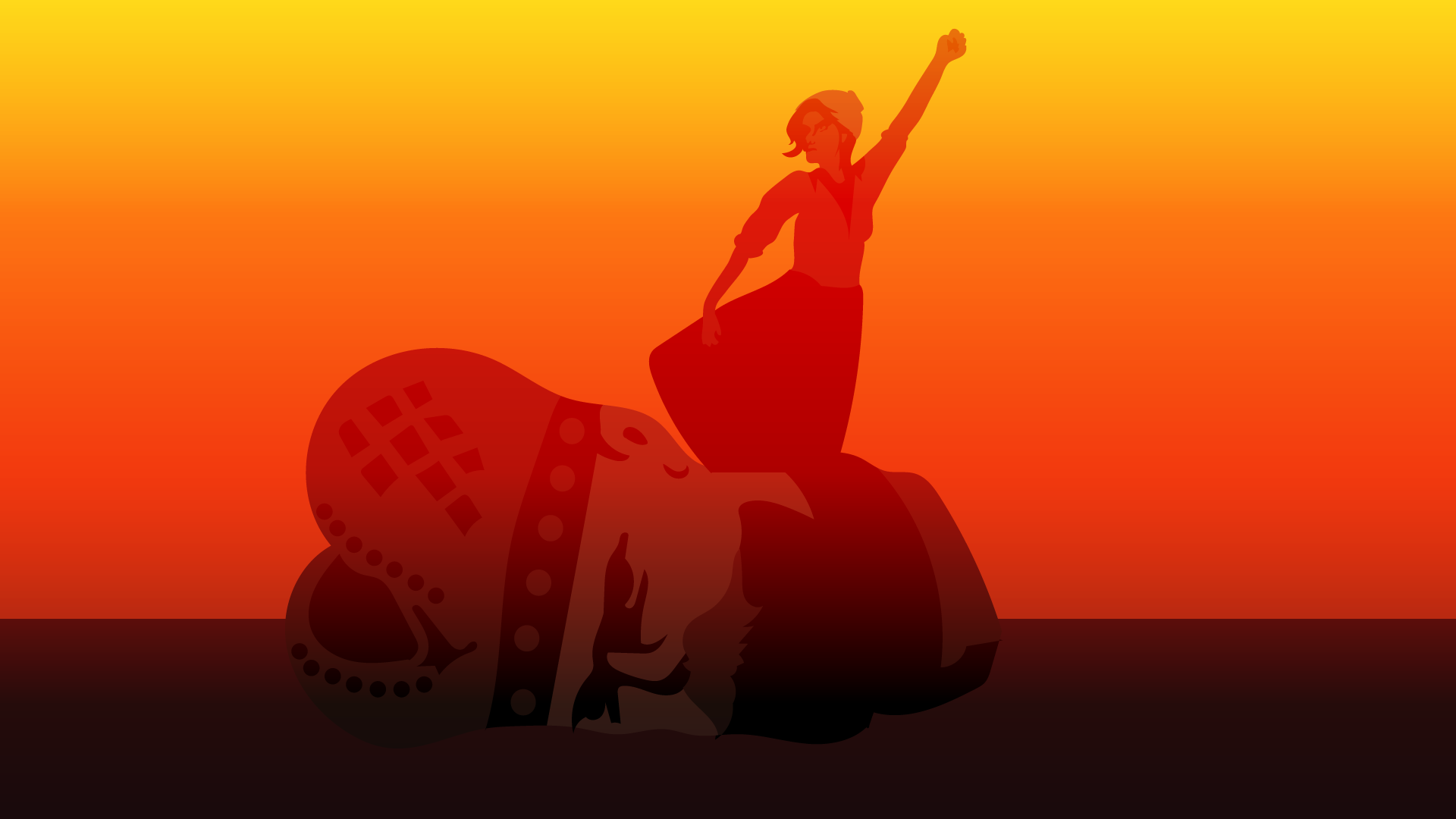
Manifestante sobre la cabeza derribada de una estatua del zar.
The fall of the tsar
Tsar Nicholas II, seeing that there was no way out, abdicated in favor of his brother, Grand Duke Mikhail Alexandrovich, but Mikhail had a survival instinct and rejected the offer. At that time, the Russian imperial crown was a death sentence. Nicolás left power in the hands of a provisional government while elections were called.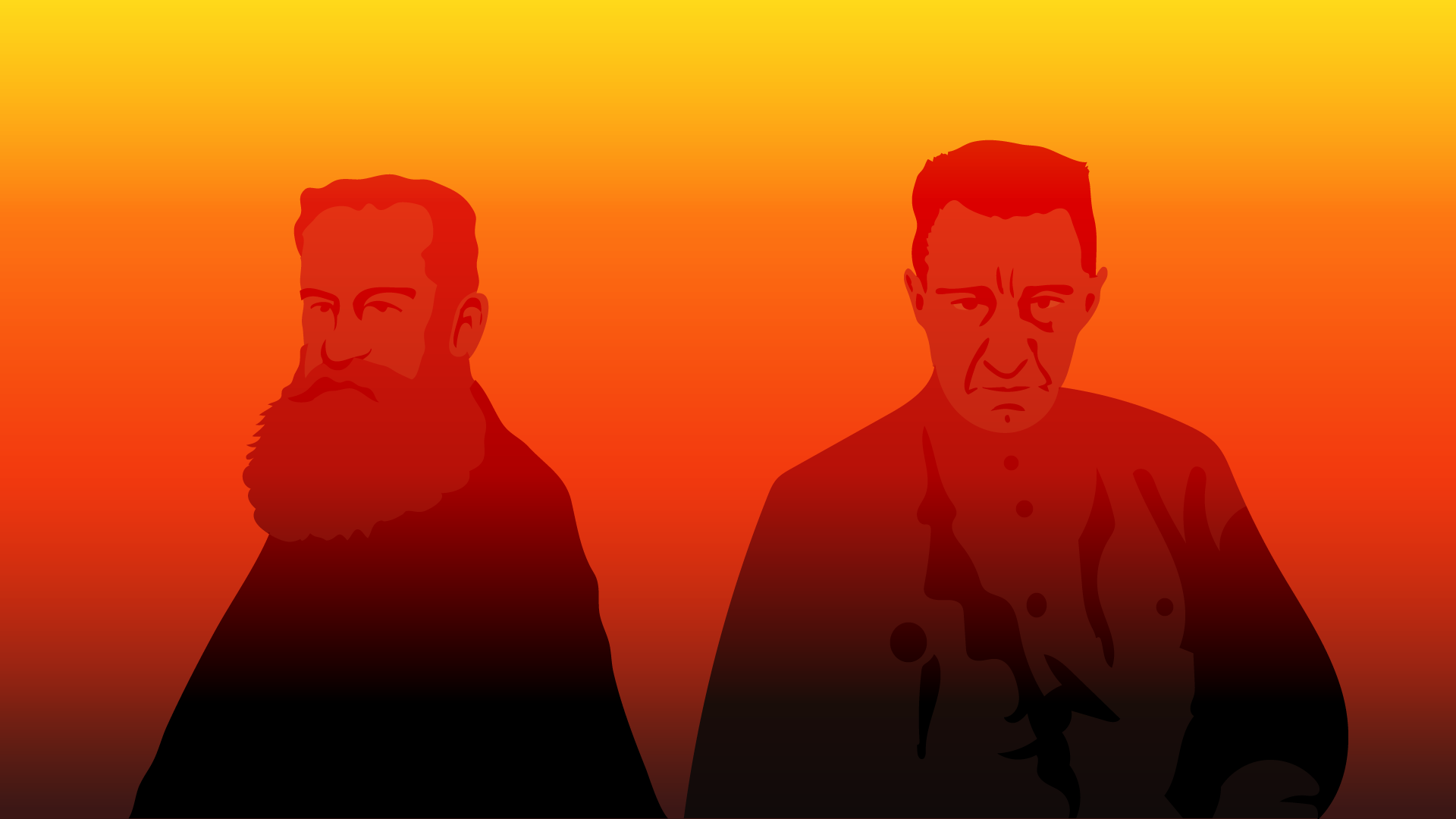
El Príncipe Lvov y Aleksandr Kerensky.
The Provisional Government
The Provisional Government which was headed first by Prince Lvov and then by Aleksandr Kerensky. He was unable to achieve political agreements to advance urgent social and economic reforms and he was also unable to get Russia out of the Great War. While this was happening, the social bases grew under the ideological script of a certain Vladimir Ilyich Ulianov, better known by his pseudonym, Lenin.
In the fall of 1917, socialists dominated the political narrative while in rural Russia, soviets, proletarian assemblies, pushed for radical land reform. In the cities, the desperate population increased its support for the extreme left.
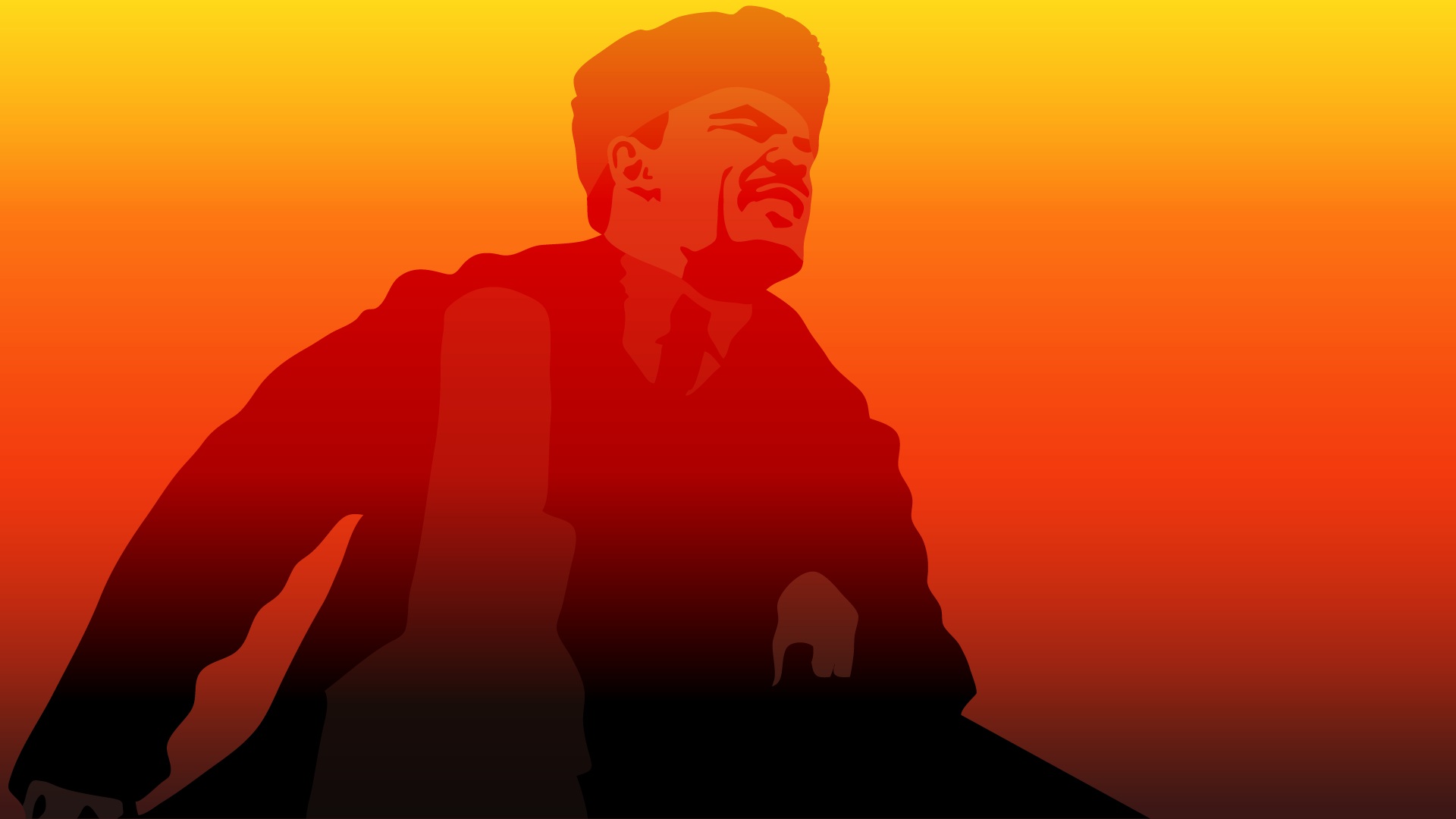
The October Revolution
The Bolsheviks, the most radical group of the extreme left led by Lenin, took advantage of the power vacuum to take control of the Duma and the government, claiming victory in the revolution.
The October Revolution of 1917 put an end to the provisional government and gave way to a new one, the Sovnarkom. The new Bolshevik government managed to end Russia’s tortuous participation in the First World War by achieving peace with Germany and the Austro-Hungarian Empire with the Treaty of Brest-Litovsk.
During the revolution, the Bolsheviks extended their influence by creating pre-Soviet states, applying social engineering through the economic and political formulas of socialism proposed by Marx interpreted and adapted by Lenin. This is how Soviet communism began.
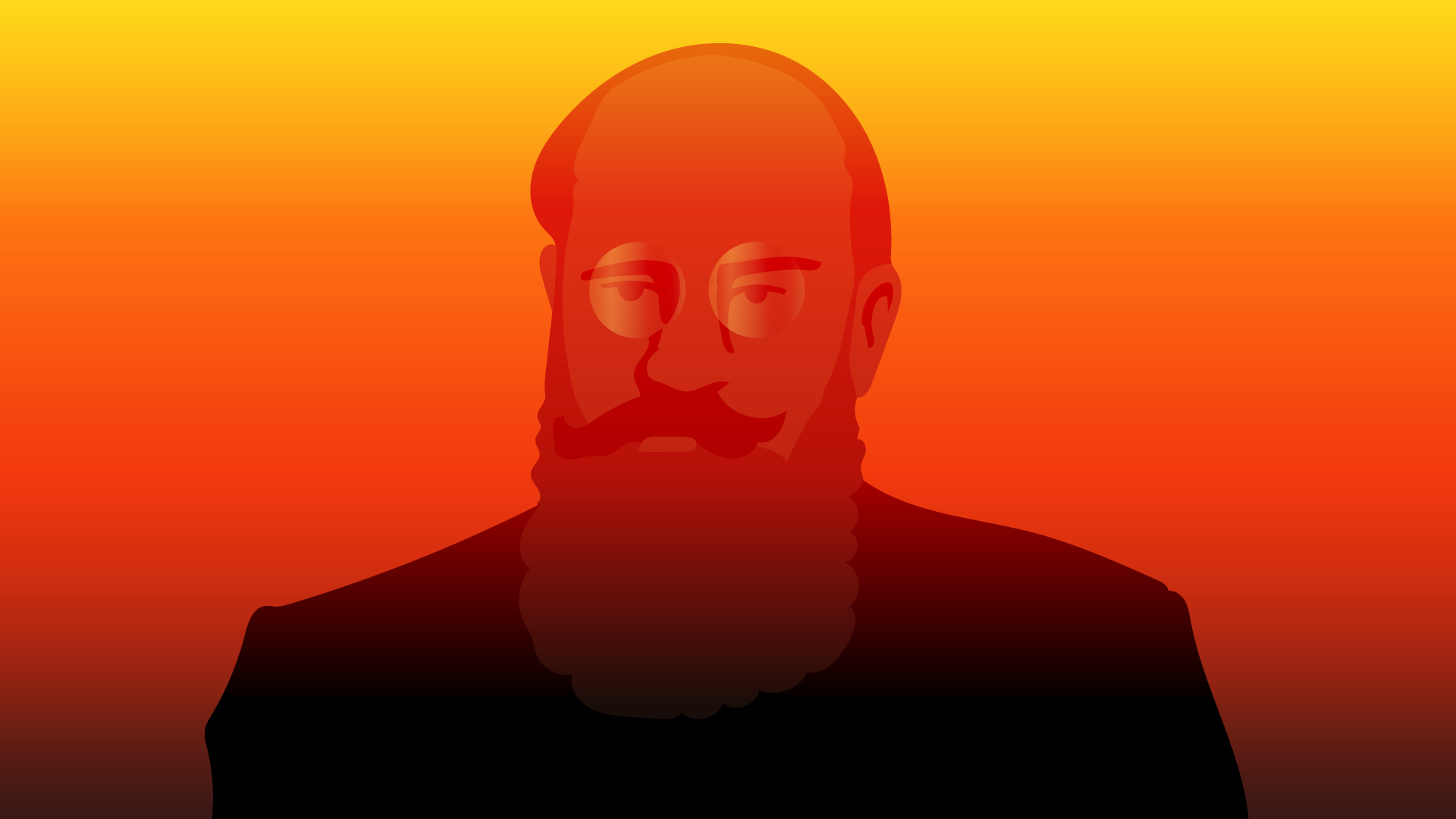
The Ukrainian Rada
In March of that turbulent 1917, the liberals and moderate socialists who dominated the largest political forces in Ukraine formed a parliament whose objective was to legislate in favor of an independent Ukrainian nation, the Central Rada. The first president of the Rada was academician Mykhailo Hrushevski. The Rada had overwhelming popular support and went on to become the first Ukrainian national parliament.
In April 1917, the 700 delegates of the National Congress of Ukraine unanimously supported the Rada and ratified Hrushevski’s presidency. As deputies, the social democratic leader, Volodímir Vinnichenko and the radical liberal Sergiy Yefermov were appointed. The Rada also had the support of the Ukrainian military chief, Simon Petliura.
Backed by political and military forces and, above all, by the people, the Rada had total legitimacy, but that meant nothing in Russia.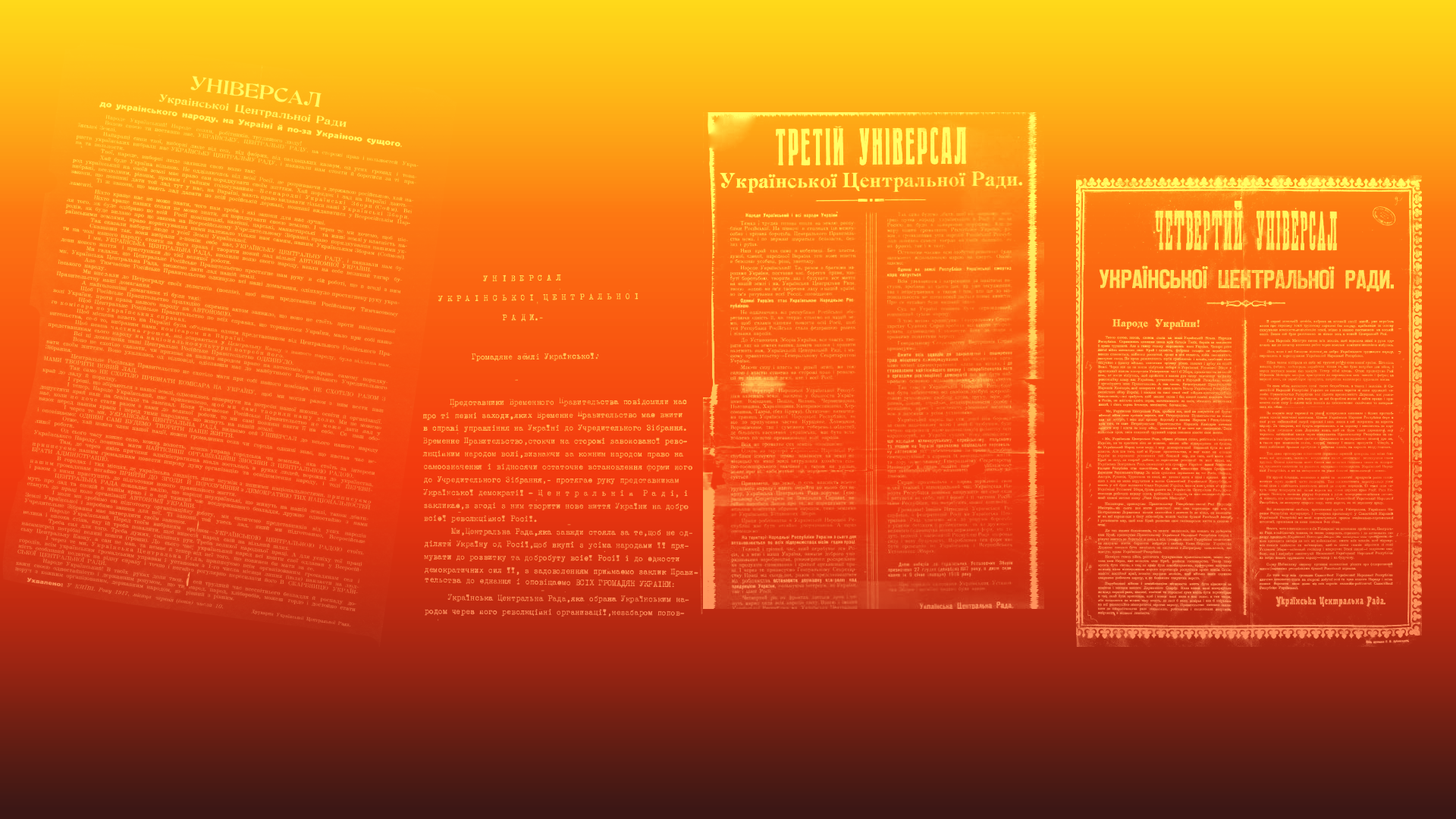
Textos de las Proclamas Universales.
Universal proclamations
Not surprisingly, the Russian Provisional Government refused to recognize Ukrainian autonomy. In response, in June 1917, the National Council made the First Universal Proclamation of Ukrainian autonomy.
At first, Ukrainians did not contemplate total independence from Russia and after an agreement with the Provisional Government, the Second Universal Proclamation was proclaimed, consolidating the autonomy of Ukraine within a federal Russia. On November 20, the Third Universal Proclamation establishing the territorial division of the Ukrainian People’s Republic was made in Kyiv.
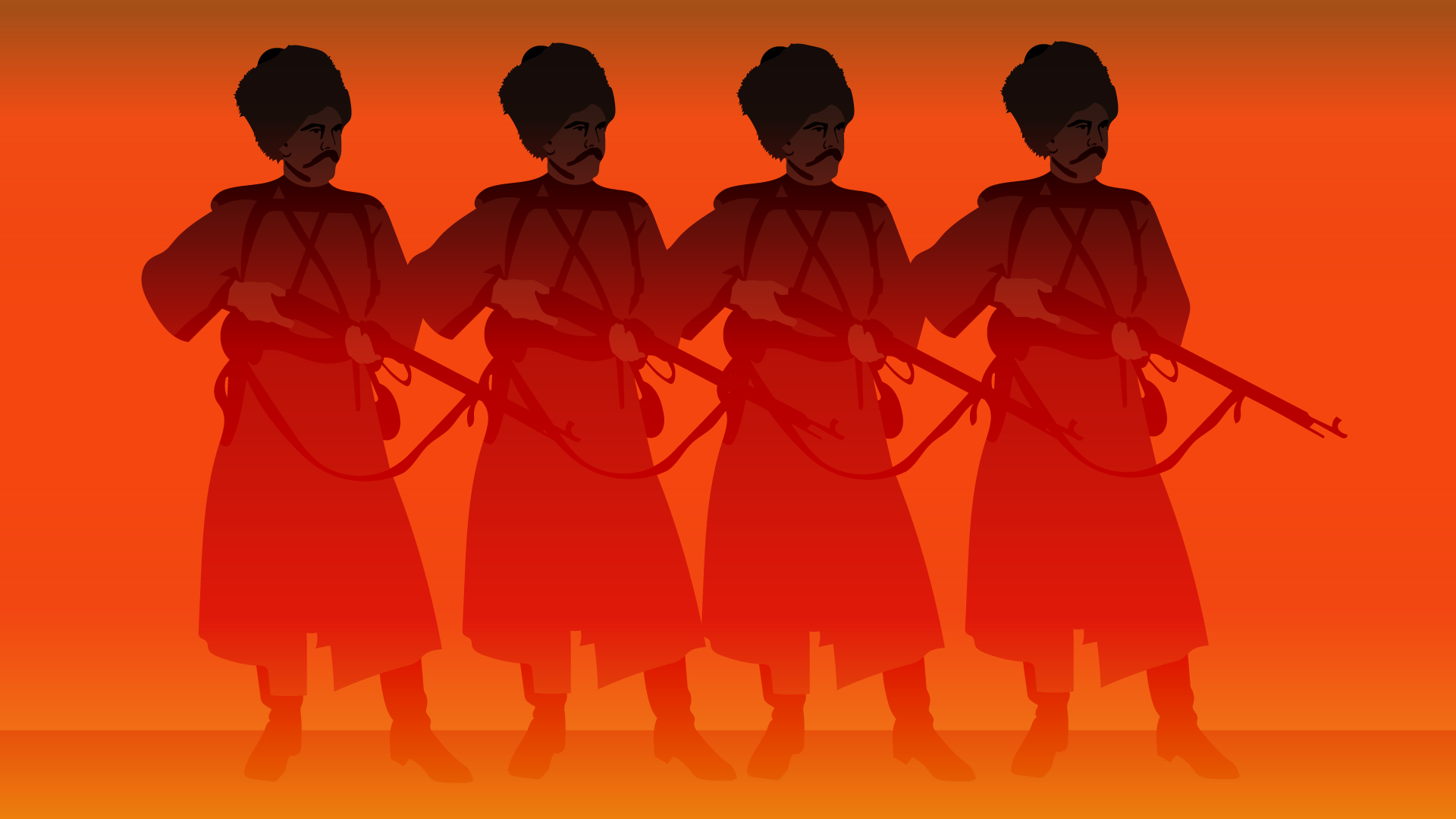
Poluvotki Uprising
In July 1917, Cossack soldiers from the Polubotko Regiment quartered in the Kyiv arsenal rose up against the Second Universal Proclamation. These soldiers were supporters of independence and although they did not agree with the Rada, their motive, more than political, was that they lived in miserable conditions.
Although there were ten thousand rebel soldiers in the heart of Kyiv, the uprising was controlled. The rebel Cossacks were sent to the Romanian front of World War I, which happened to be one of the hottest, and they soon found death in the trenches.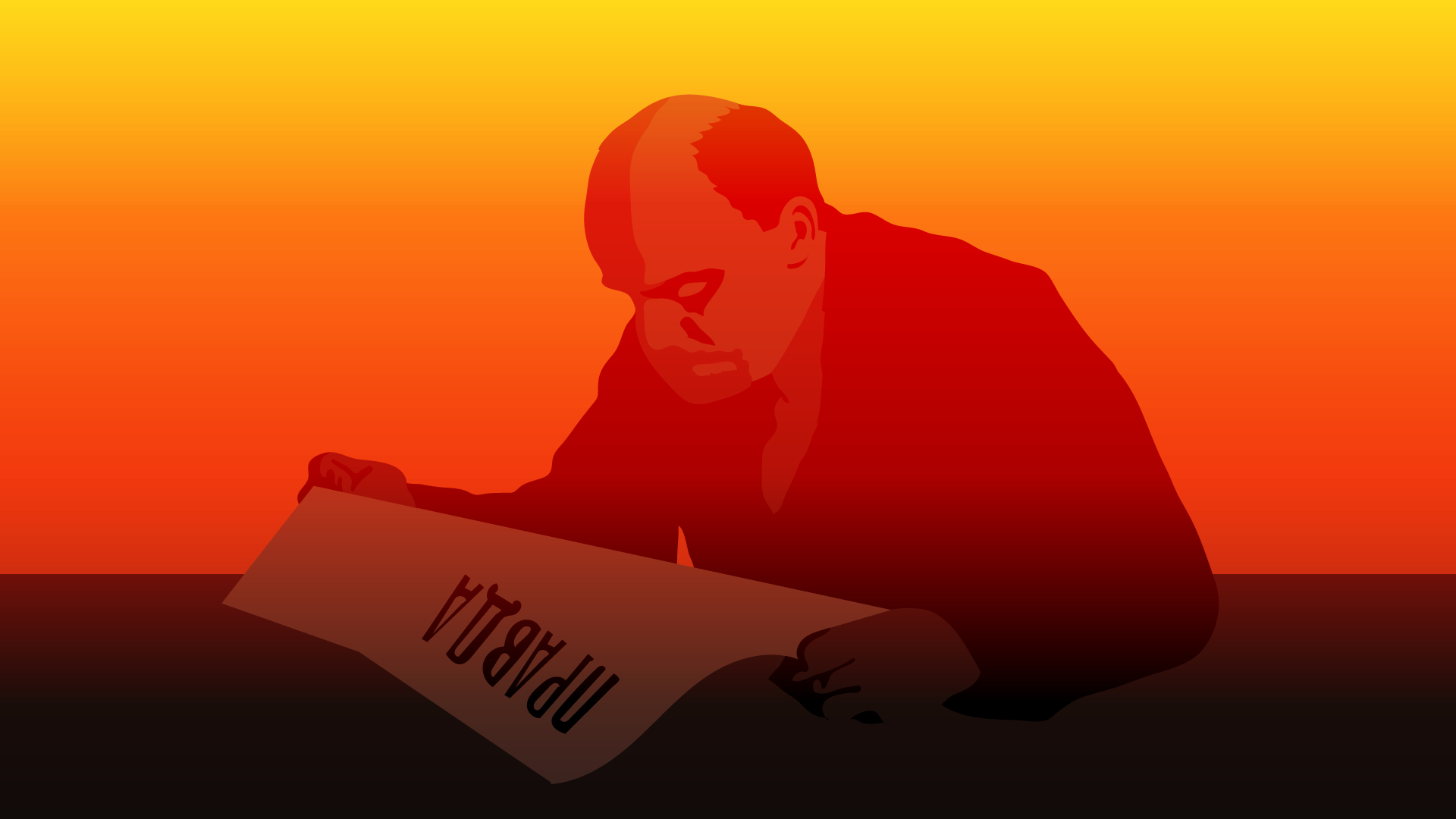
Lenin leyendo PRAVDA, el periódico oficial bolchevique.
Ukrainian People’s Republic and Soviet Ukraine
After the proclamation of the People’s Republic in the Third Universal Proclamation, socialist and liberal reforms were enacted with the aim of pacifying, organizing the land, granting labor and civil rights, autonomy to minorities and amnesty for political prisoners.
Unlike its Russian counterparts, the Ukrainian Congress of Soviets was the only one that did not support the Bolsheviks although it remained favorable to the centralization of the Soviet.
As expected, the Ukrainian Bolsheviks did not accept the rejection and in December 1917 they proclaimed the Ukraine of the Soviets in Kharkiv, beginning to work in the only way they knew, with repression and violence. The Ukrainian Bolsheviks began a campaign of violence against the bourgeoisie, but, as is known, for the hordes of communist murderers that category applies to anyone who opposes them.
The Bolsheviks created the Southern Revolutionary Front and gave an ultimatum to the Central Rada while violently occupying Kyiv, all with the approval of the Russian Bolsheviks.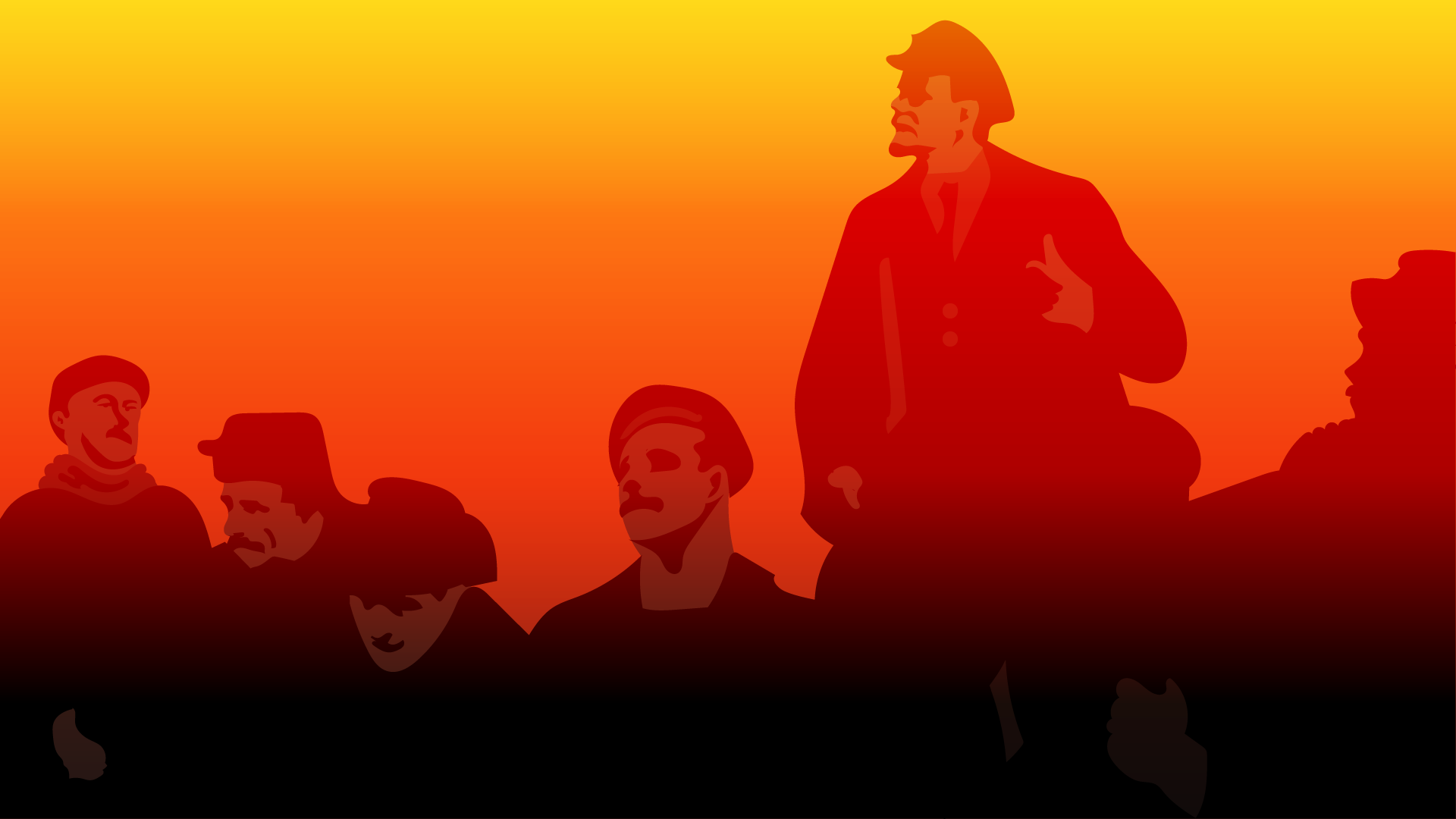
Lenin hablando con obreros.
Golpe Rojo
El 22 de enero de 1918, pocos días antes de retirarse de Kyiv, la Rada Central proclamó la independencia de Ucrania en la Cuarta –y última– Proclama Universal. Como hoy y como siempre ha sido, el objetivo del pueblo ucraniano ha sido su libertad y su independencia y como mencionamos antes, repudiaban a los bolcheviques. Esto era normal ya que cualquier persona razonable siente aversión por los asesinos comunistas, pero esto les costó sufrir represalias muy dolorosas. El 8 de febrero de 1918, el Ejército Rojo tomó Kyiv y cometió una masacre en la que murieron tres mil personas.
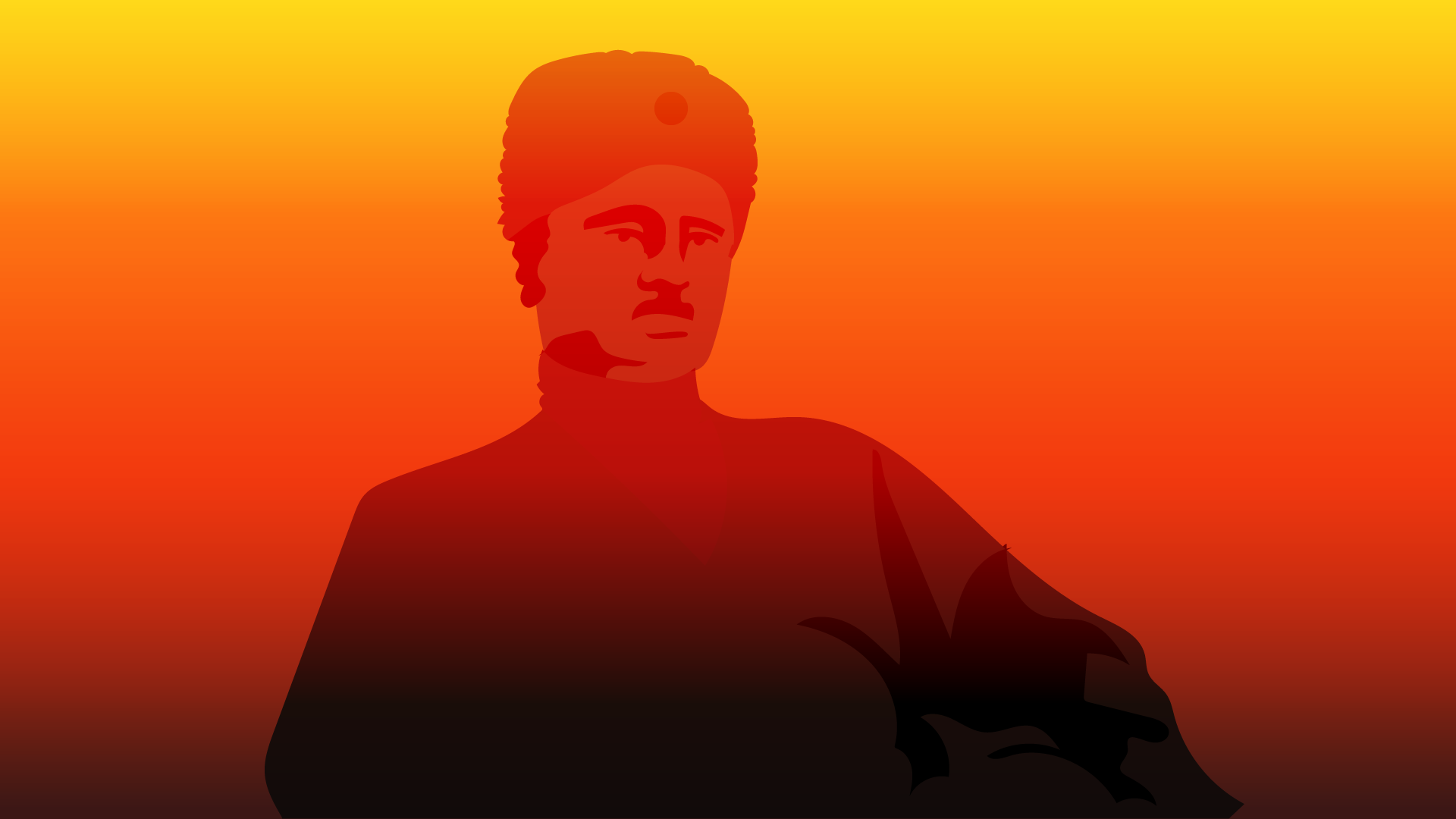
The second Hetmanate
The Cossacks, always rebellious, reacted as they traditionally know how to do, taking up arms against the Fourth Universal Proclamation and the Bolshevik attacks. They (the Cossacks) were joined by various regional self-defense groups with which they formed the Free Cossack Movement and later held a congress to restore the Hetmanate. Pavló Skoropadski was elected Hetman.
The Rada was permanently dissolved and some old customs from the tsarist era were restored. This restoration had the support of the German Empire within the framework of the hostilities of the First World War.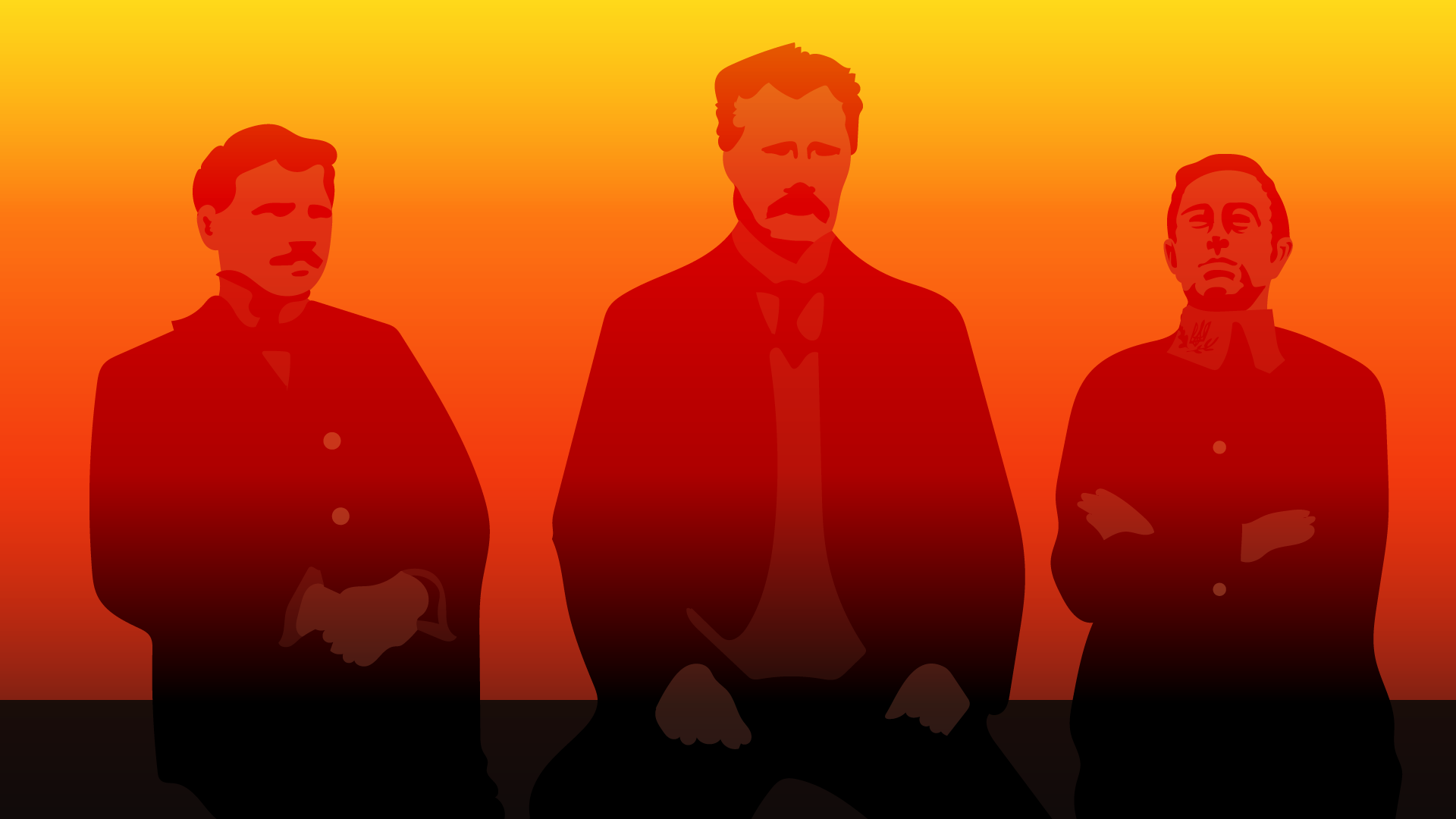
Directores ucranianos.
Ephemeral existence
The Second Hetmanate gave relative stability to the financial and judicial systems, restored private property and initiated a program to strengthen Ukrainian culture by founding the Academy of Sciences of Ukraine with the support of the University of Dnipro, but it made costly mistakes that cost it its consolidation such as abolishing labor rights and limiting civil rights. In June 1918, they signed peace with the Bolsheviks but due to their relationship with the German Empire, they did not achieve recognition by the Entente composed of France and the United Kingdom. On November 11, 1918, with the signing of the armistice that ended the First World War, the defeated Germans withdrew their troops from Ukraine.
The Hetman had to seek that necessary external support in the White Russian Movement, natural enemies of the Bolsheviks, agreeing to be part of the Russian Federation of Nations, the national project contrary to communism. The Second Hetmanate had a short-lived existence of eight months, overthrown by an uprising by the military leader of the People’s Republic, Simon Petliura.
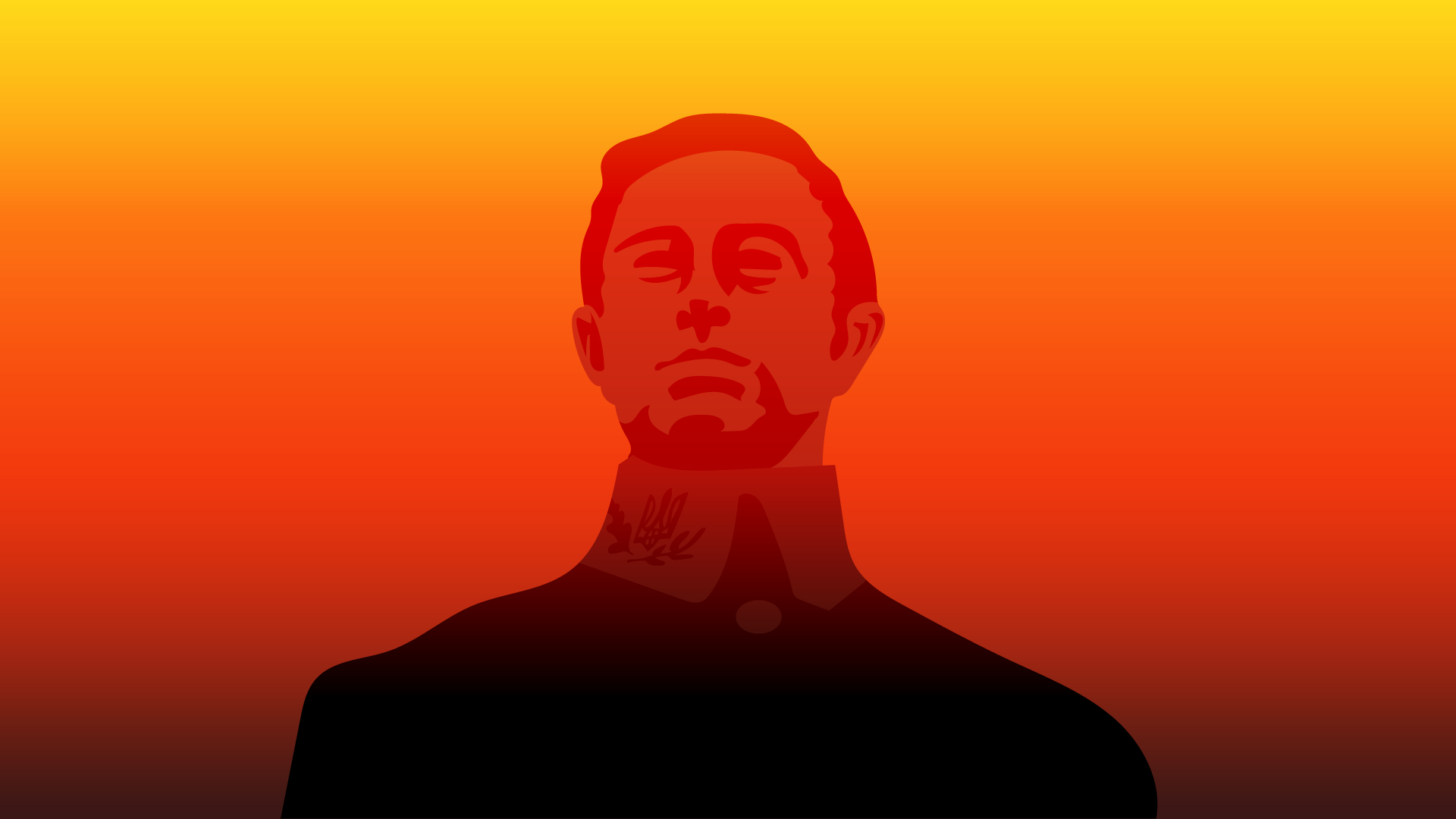
The Ukrainian Directory
In December 1918, the Ukrainian People’s Republic was restored after the defeat of the Second Hetmanate by establishing a directory, but despite the efforts of directors Volodymyr Vinnichenko and Simon Petlyura, this directory was even more short-lived than the restoration of the Hetmanate.
In February 1919, the Directorate abandoned Kiyv and retreated west after a brutal attack by the Red Army. The directors and moderate socialists fled to the West in search of international support. They didn’t find it.
In November 1918, the pro-Directorate army took Lviv and proclaimed the Western Ukrainian People’s Republic. This new republic instantly went to war with the newly independent Poland for control of the territorial remains of the Austro-Hungarian Empire in the Carpathians and Galicia.
On January 22, 1919 in Sofia Square in Kyiv, the Act of Unification of both Ukrainian nation projects was proclaimed. This did not stop the Poles from recovering Lviv and in the spring of 1919 they launched a fierce offensive with which Poland and its Romanian and Czechoslovak allies occupied the entire territory of the Western Ukrainian People’s Republic.
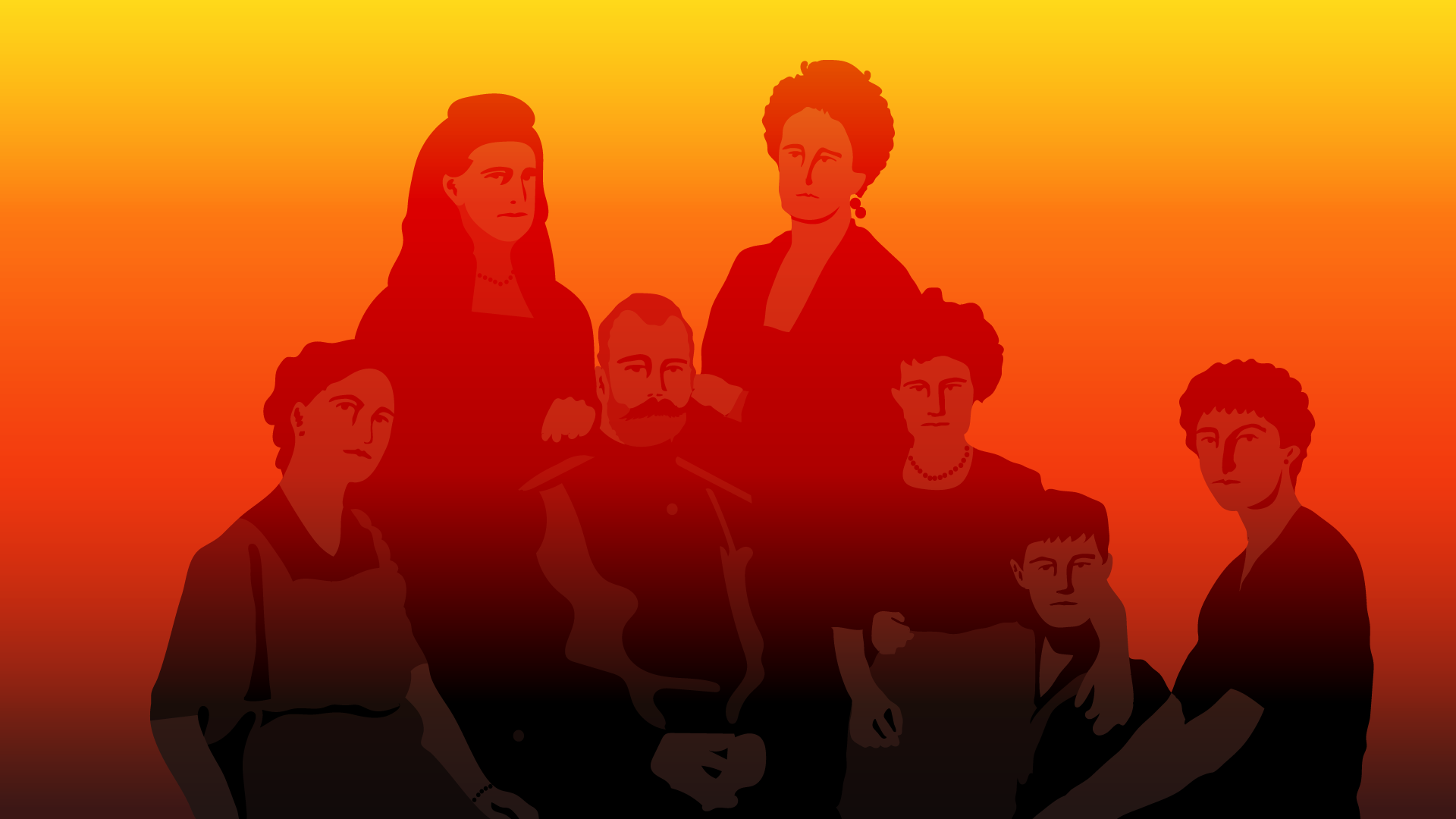
The Yekaterinburg massacre
What happened to the last tsar of Russia? Well, Nicholas II was murdered along with his family in the most vile and bloody way by the Bolsheviks of Yekaterinburg in 1918. The pusillanimous tsar had no intention of fighting for his crown and what he sought. He desperately wanted to flee with his family, but not even his first cousin, King George V of the United Kingdom, agreed to give them shelter even though he had previously offered them asylum.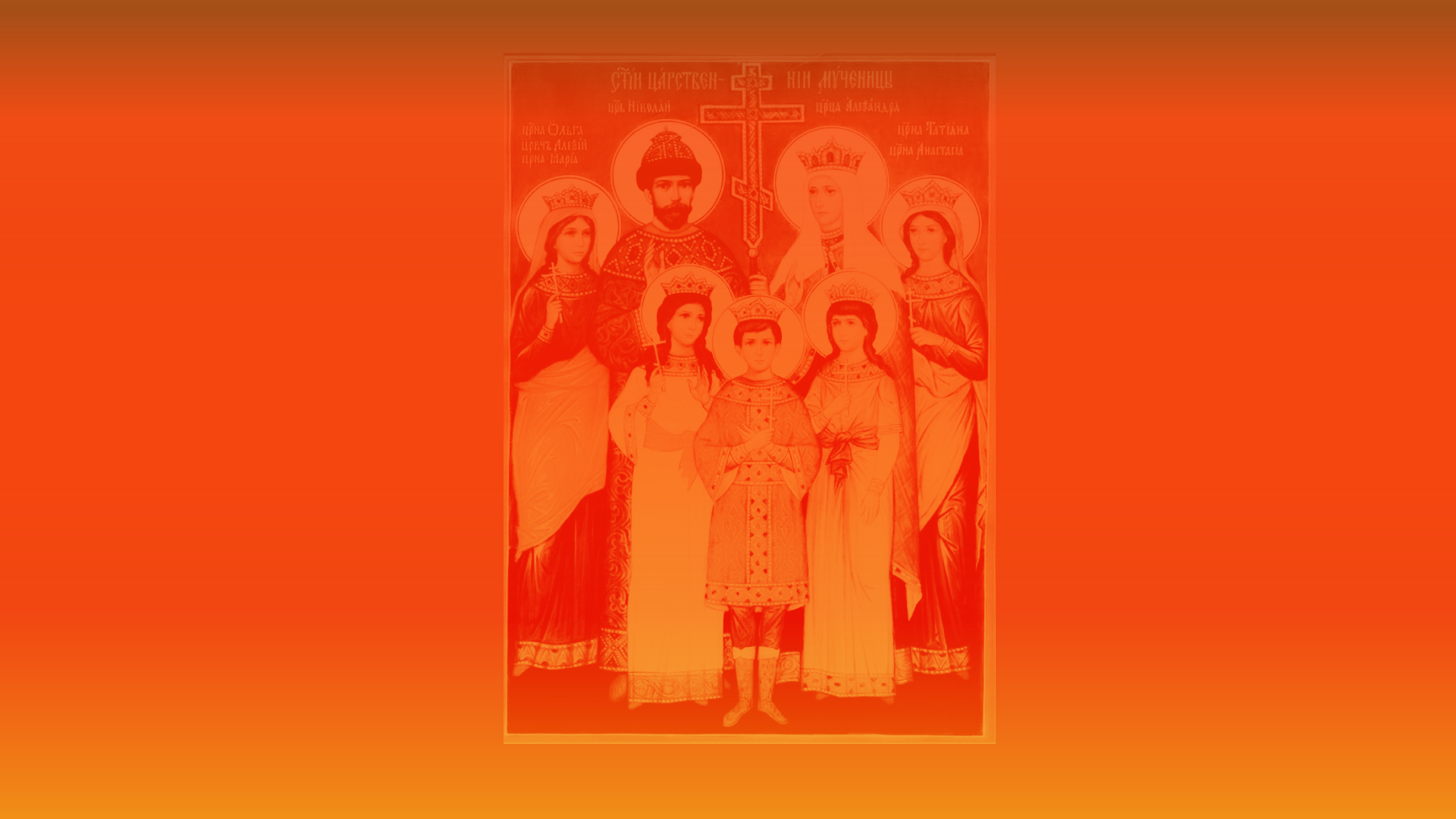
Ícono de los Santos Mártires de la familia real.
Holy Martyrs
It is true that Nicholas was, like his immediate predecessors, a terrible ruler. In some way, executing him alone was the right thing to do, but the viciousness with which the Bolsheviks murdered his wife, his daughters, and his little heir, finishing them off with rifle butts while they were dying, scandalized even Lenin himself. 5 years passed between Nicholas’s abdication, his assassination, and the establishment of the next regime.
In August 2000, the Russian Orthodox Church canonized the last tsar and his family and elevated them to the category of Martyrs of Communism, although that title should also be given to the millions of victims of the Red Genocide around the world.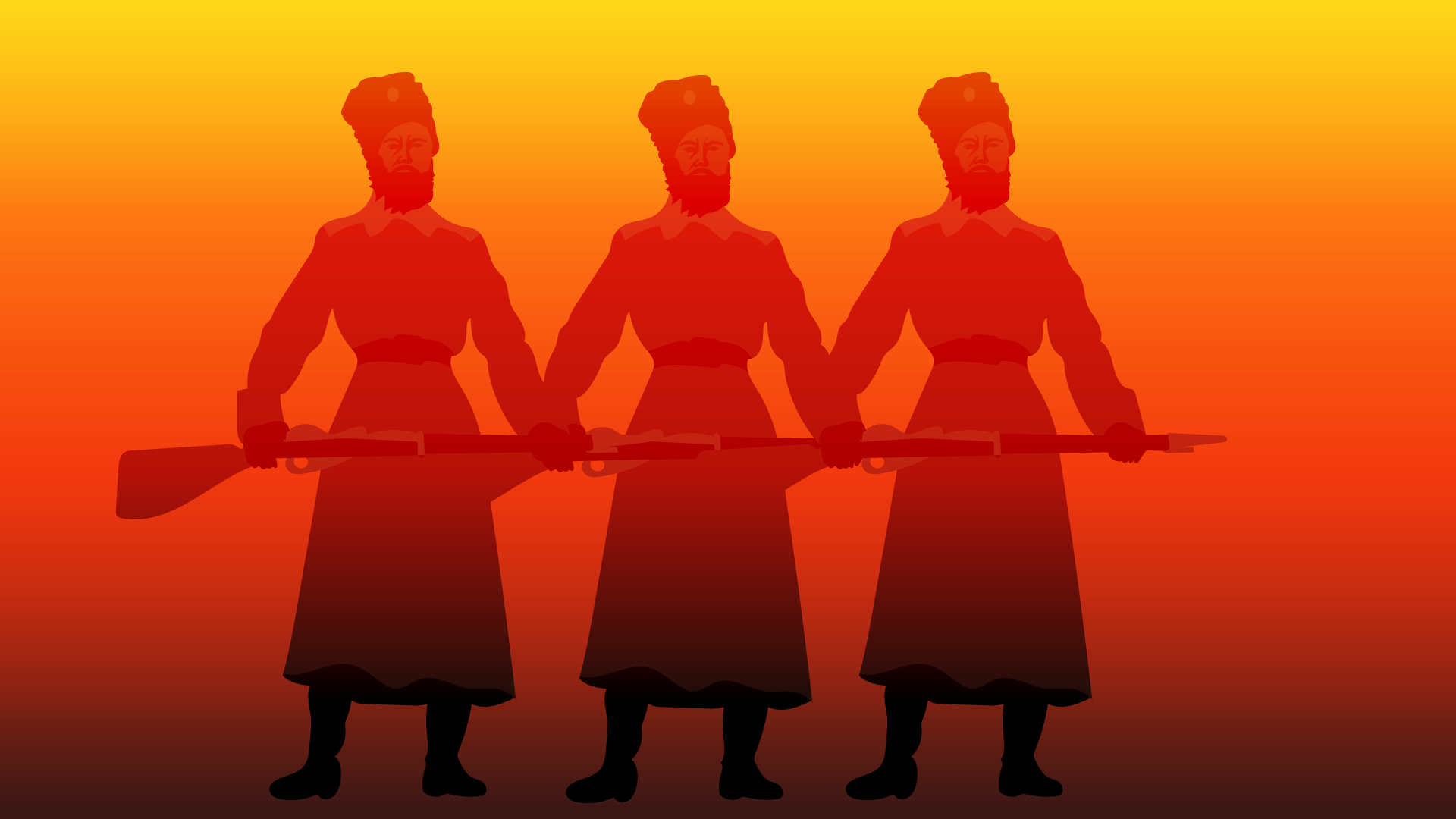
Soldados bolcheviques.
Ukrainian Civil War
In March 1919, the Third Congress of Ukrainian Soviets was held in Kharkiv, adopting the Soviet Constitution and proclaiming the Ukrainian Soviet Socialist Republic.
In early June, all Soviet socialist republics formed a military-political union; The country’s independence was abolished and the policy of War Communism was implemented, focused on confiscating food and consumer goods and rationing them, obviously, under brutal repression for those who opposed.
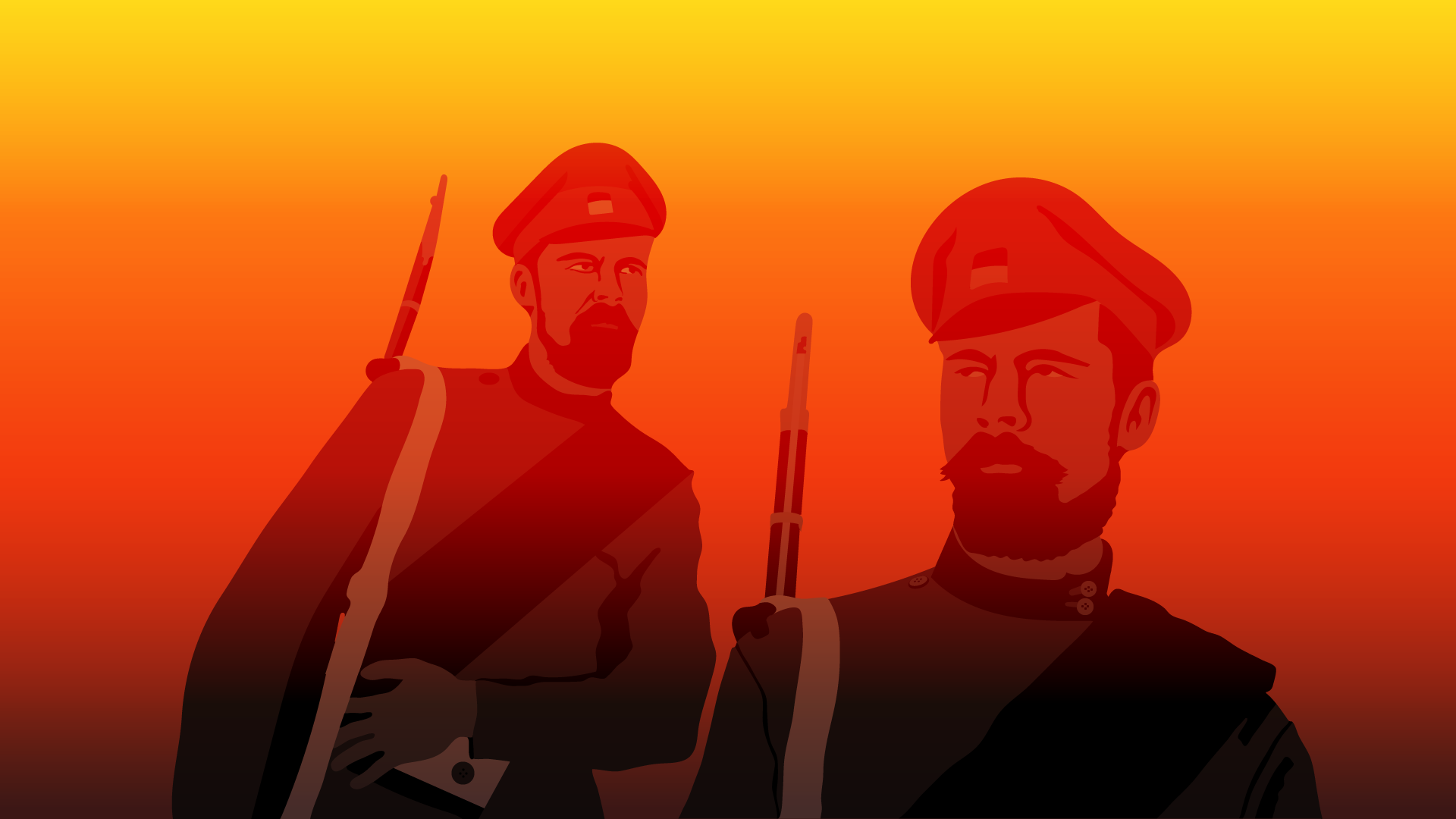
Tsarist foolishness
As expected, there was massive discontent with War Communism which caused a rebellion led by Nikifor Grigoriev to break out in Dnipro. This peasant revolt was joined by an army of volunteers related to the White Movement of Russia under the command of General Denikin as well as British and French support.
The rebels expelled the Bolsheviks, occupying Dnipro, Kharkiv, Odessa and the Donbas region, but they made the mistake of restoring the exhausted and repudiated tsarist order, condemning themselves to failure.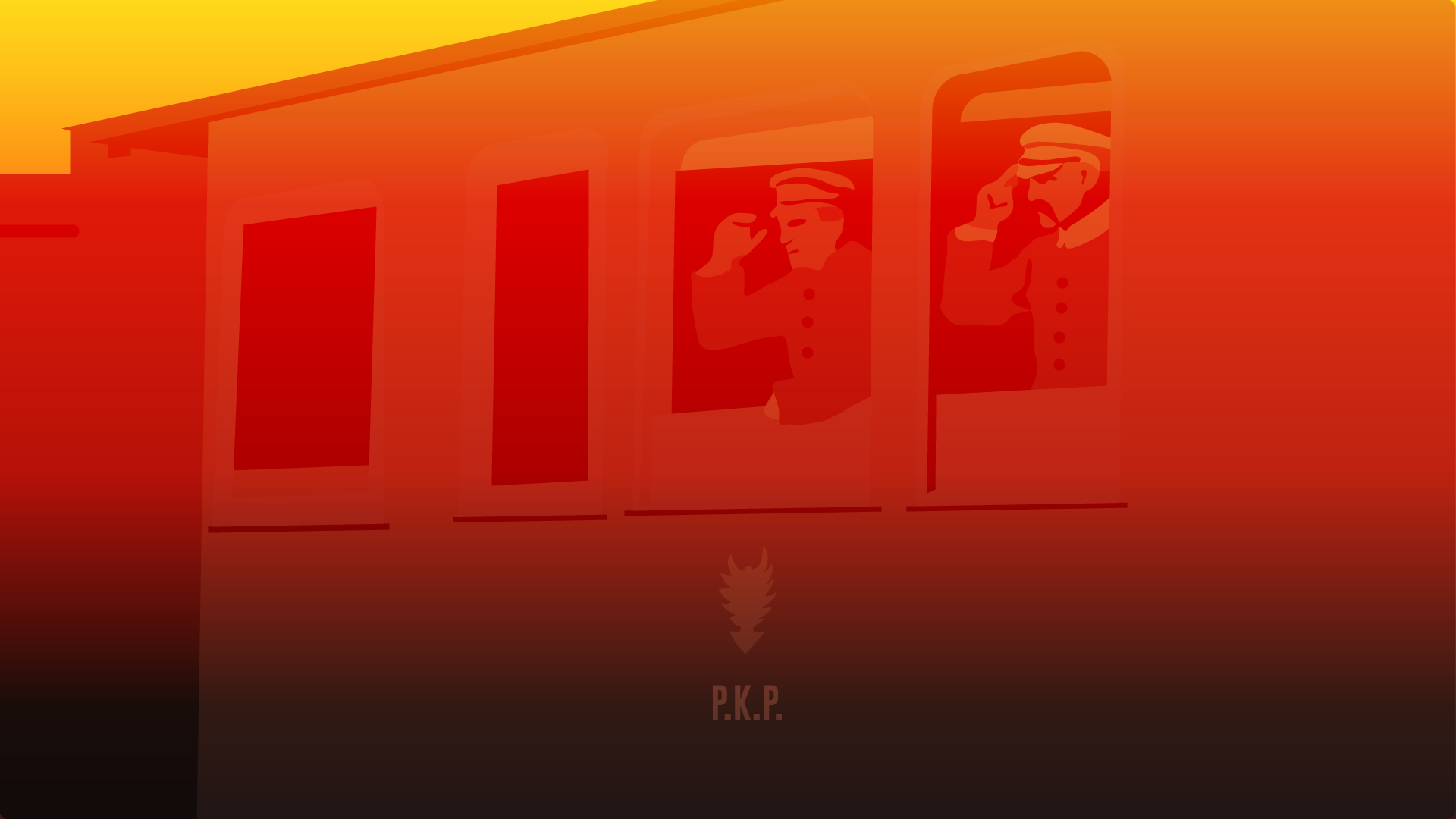
Simón Petliura y el líder polaco Józef Pilsudski.
Polish-Soviet War
After the First World War, due to the lack of clarity in the borders, the newly born Second Republic of Poland had territorial disputes with Russia and Ukraine. The remaining supporters of the Ukrainian People’s Republic joined the Polish side while the Ukrainian communists, obviously, fought on the side of Bolshevik Russia.
In July 1919, forces loyal to the People’s Republic launched an offensive that took Kyiv. The communists launched a counteroffensive in early December, forcing the withdrawal of People’s Republic troops. In the third attempted occupation of Ukraine, the Bolsheviks adopted nationalist slogans such as independence and official status for the Ukrainian language. While this was happening, eastern Donbas was annexed by Russia for alleged administrative reasons.
Ukraine was eventually conquered by communism and became the Ukrainian Soviet Socialist Republic.
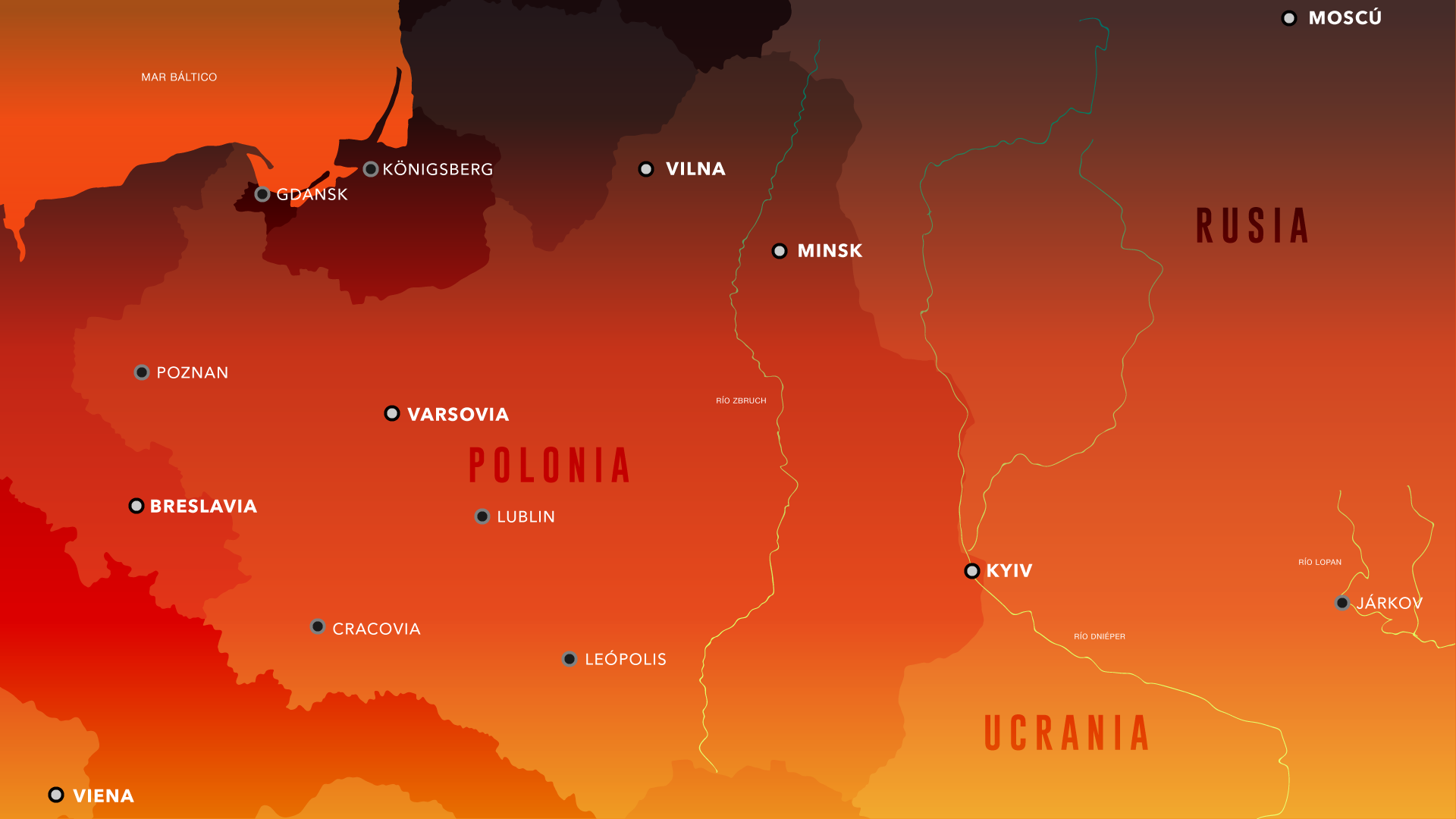
Delimiting borders
At the Paris Peace Conference, the territory of Western Ukraine was transferred to Poland and after the disappearance of the exiled government of the People’s Republic, the region of Bessarabia came under the rule of Romania and Transcarpathia under the rule of Czechoslovakia. In April 1920, Poland and Ukraine established the Zbruch River as a natural border.
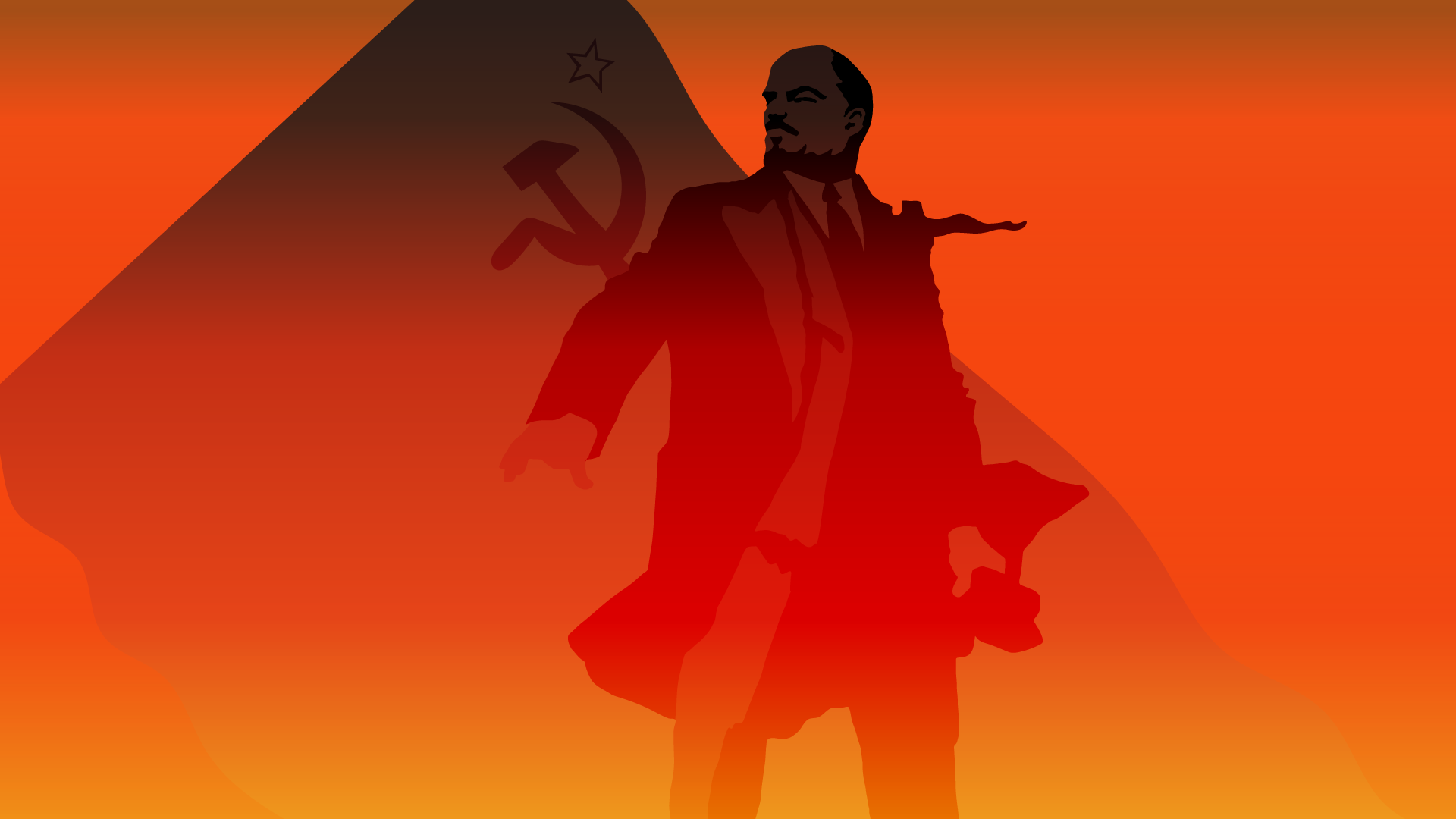
The hammer and sickle
In December 1922, the Soviet Socialist Republics of Russia, Belarus, Ukraine and Transcaucasia signed the Treaty on the Creation of the Union of Soviet Socialist Republics.
The Soviet Union was the first nation state to implement communism as a system of government. It was a federative entity made up of 15 constituent republics at its maximum extent, under a single-party political system centralized in Moscow. The Ukrainian Soviet Socialist Republic existed until 1991, the year of the dissolution of the U.S.S.R.
There was never a shortage of nationalist movements and there was even a short-lived attempt to create a Ukrainian state in the Carpathians, but that territory was swallowed up by Hungary in less than a year. Ukraine was subject to the Moscow Kremlin under the Iron Curtain for 69 years.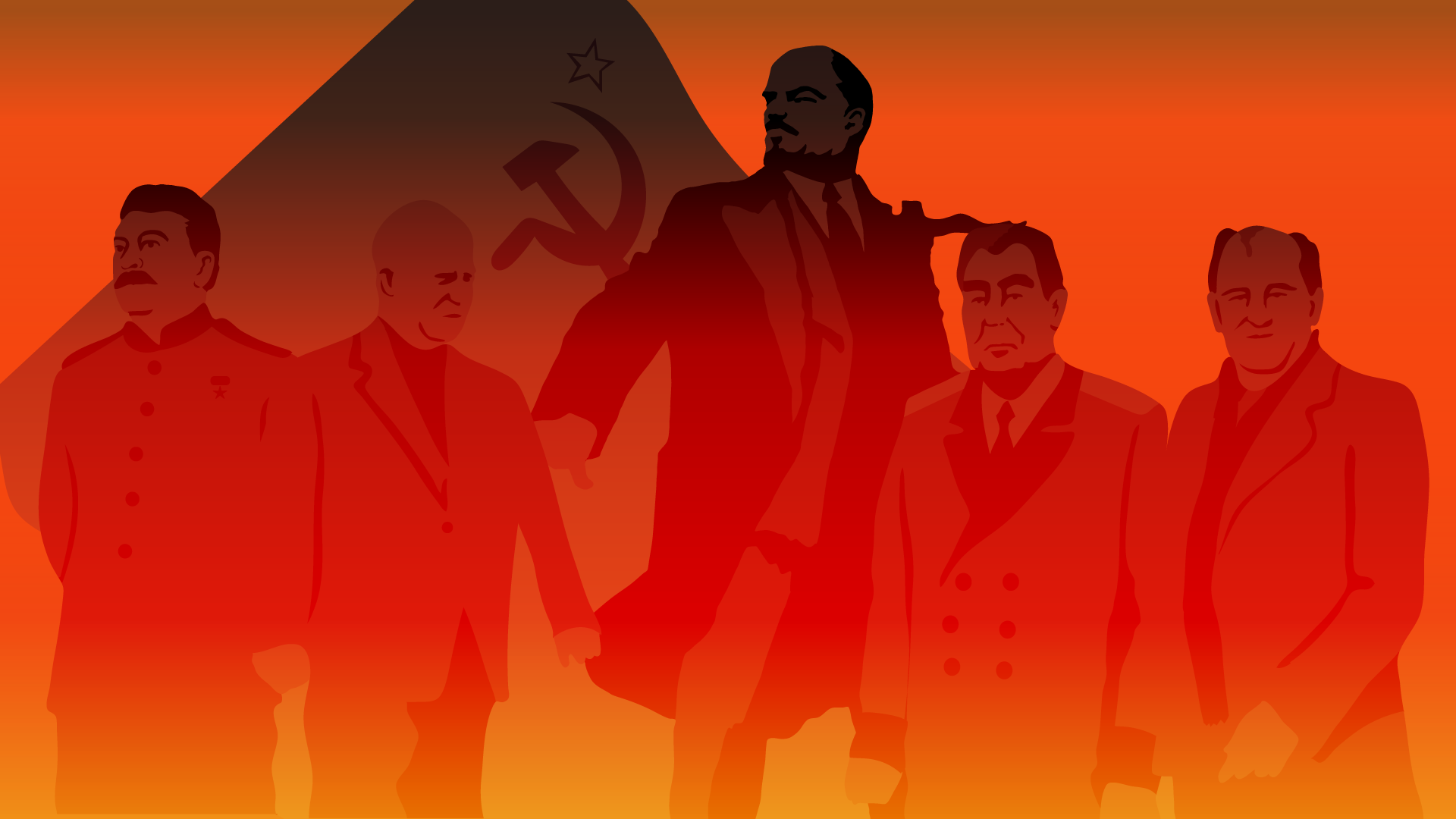
Iosif Stalin, Nikita Jrushchov, Vladimir Lenin, Leonid Brezhnev y Mijaíl Gorvachov.
Comrade First Secretary
The Soviet Union had seven leaders from its creation until its collapse in 1991. The first leader of the U.S.S.R. It was, obviously, Vladimir Lenin, the operational and ideological father of Communism.
Lenin died of a stroke in 1924 after only two years after the creation of the Soviet Union and five years after he became the nation’s leader. Lenin lacked time to implement many of his repressive and oppressive social engineering projects.
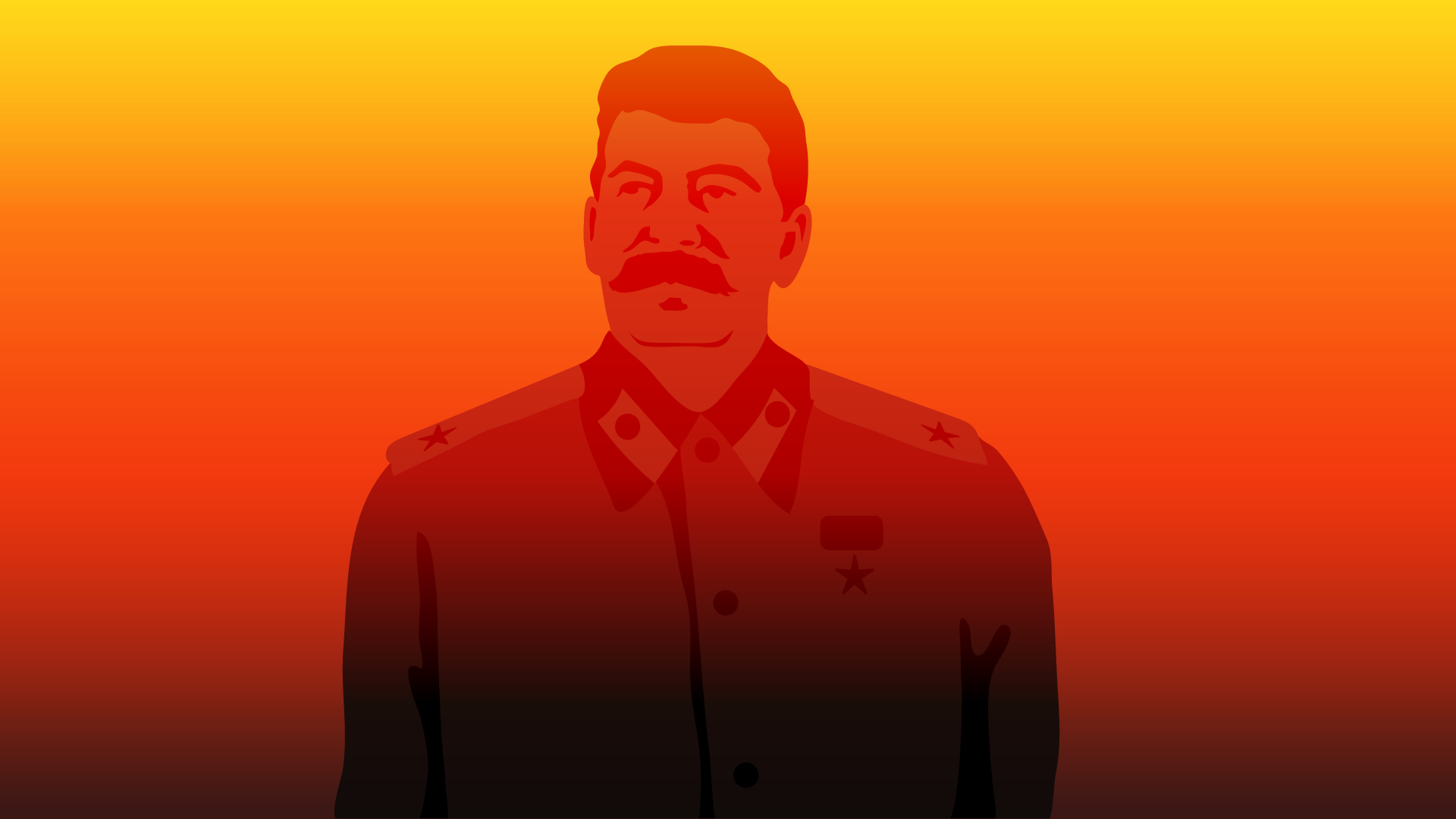
Made of steel
Lenin’s successor was a man originally from the Georgian Caucasus named Joseph Vissarionovich Dzhugashvili. Doesn’t his name sound familiar to you? It’s because this guy José made history with the pseudonym that replaced his real surname. From the word Stal, which in Russian means “steel”, plus the suffix that means “made of” and that related it to Lenin, his political and ideological mentor. José de Acero, Iósif Stalin, one of the best-known autocrats in history and, above all, a consummate genocidaire.
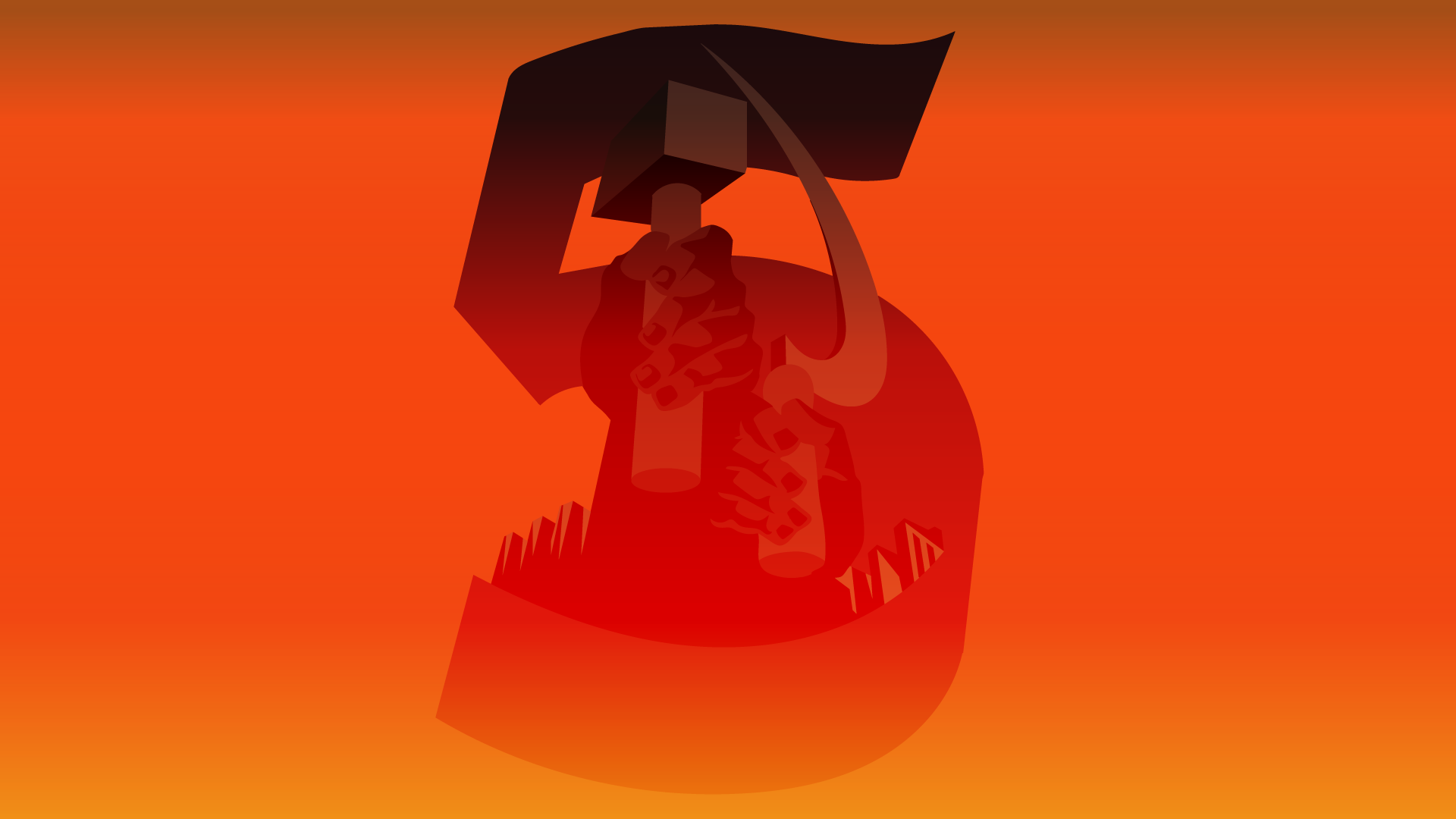
Five-year-old delusions
Under his government, from 1924 to 1953, harsh policies of collectivization and industrialization were applied through the famous “five-year plans”, that is, five-year periods where production and economic growth objectives had to be met.
The issue is that communist delusions are incompatible with reality, especially in economic matters, which is why it is normal for resistance and opposition to arise.
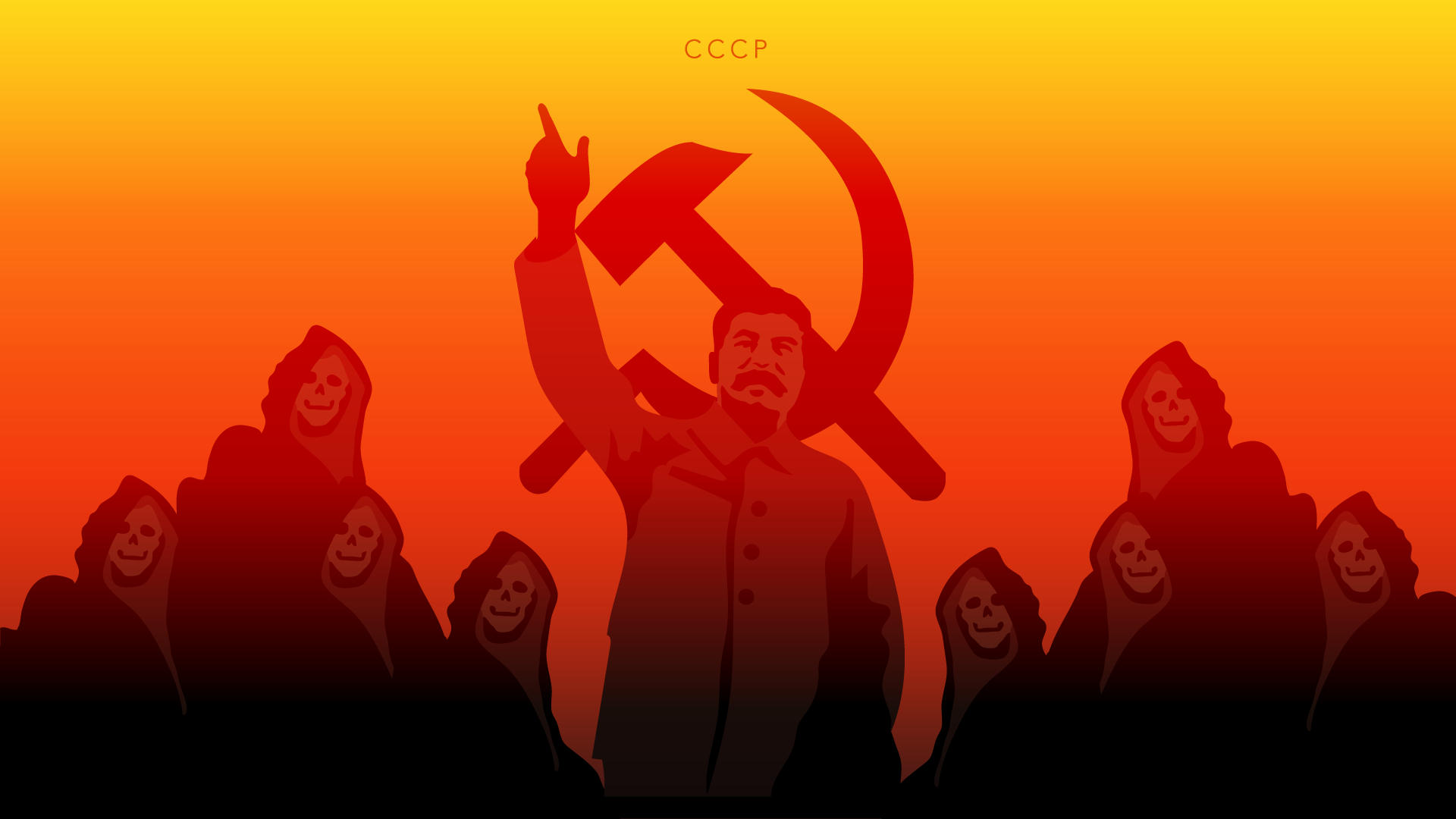
Lies and terror
To execute the five-year plans, Stalin built his power on what, quoting the Spanish journalist and writer, Federico Jimenez Losantos, are the two pillars of communism: lies and terror.
The lie, through propaganda, indoctrination and cult of personality and terror against those that that propaganda marked as enemies of the state.
Stalin was a master at taking advantage of lies and terror, to the point that he inspired another sociopath who, although he detested communism, admired its propaganda apparatus and its methods of social control, which he interpreted and applied under his reign of terror in Germany that led the world to catastrophe. Yes, it’s Adolf Hitler.
As the years went by, both dastardly characters were surpassed by another red tyrant who would make Stalin and Hitler look like rookies. I talk about Mao-Tse Tung, but that will be the subject of other installments.
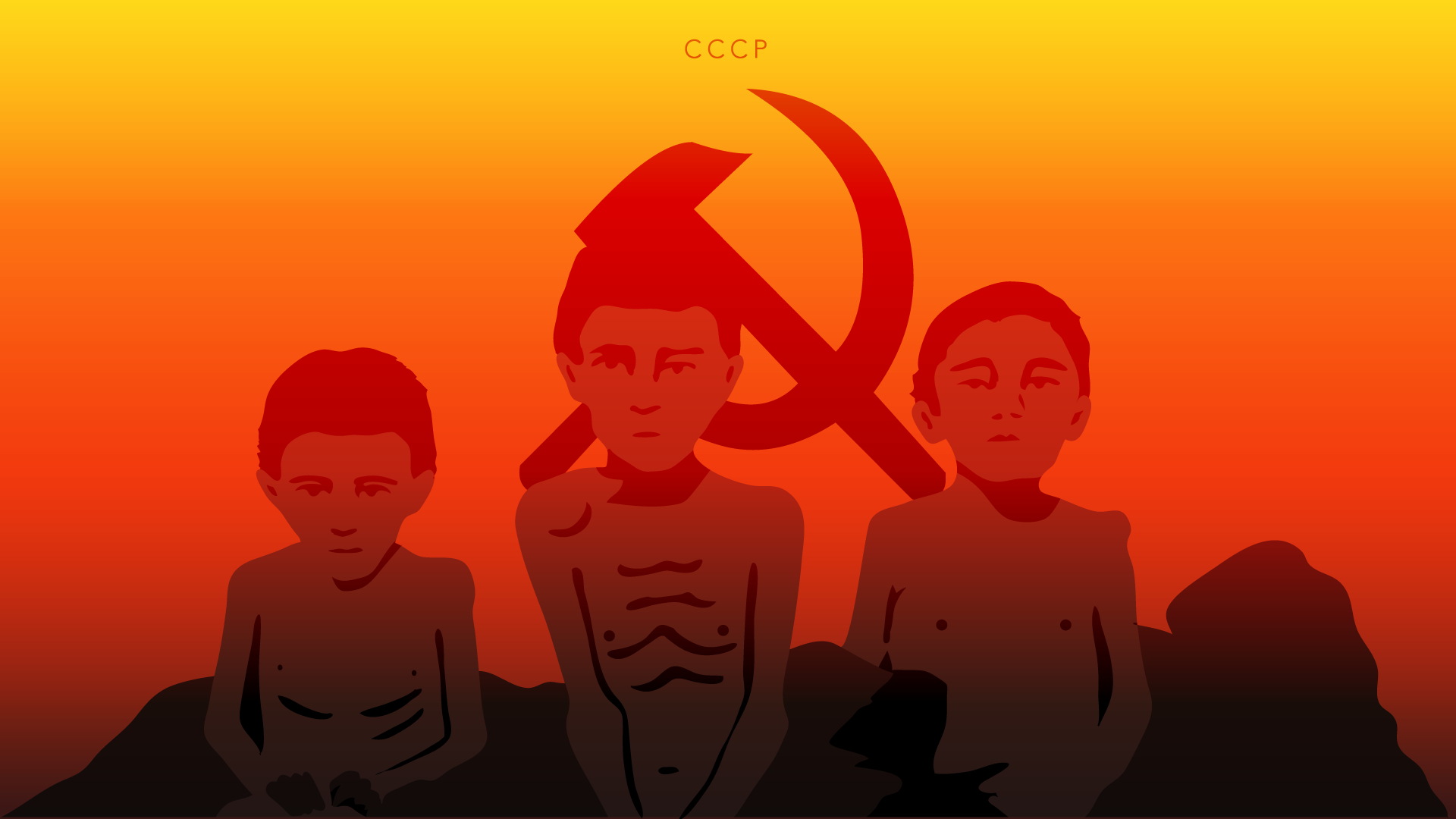
Holodomor
Holodomor, a word from the Ukrainian language that means: “starve.” A very accurate name for the Ukrainian genocide.
To sum up. Stalin’s agrarian collectivization policies caused – deliberately and punitively – an atrocious famine that killed between six and twelve million Ukrainians between 1932 and 1933, why? Because they were small landowners who prospered on one of the soils. most fertile in the world. In the twisted and resentful mind sick with hatred of those who sympathize with communism, a small landowner who works on a piece of land that has belonged to his family for generations is an enemy of society.
To those small Ukrainian landowners, who, as usual, opposed collectivization, Stalinism gave the pejorative nickname of “Kulaks”, a Russian word that literally means: “Fist”, in allusion to the former aristocratic landowners of the time of the tsars.
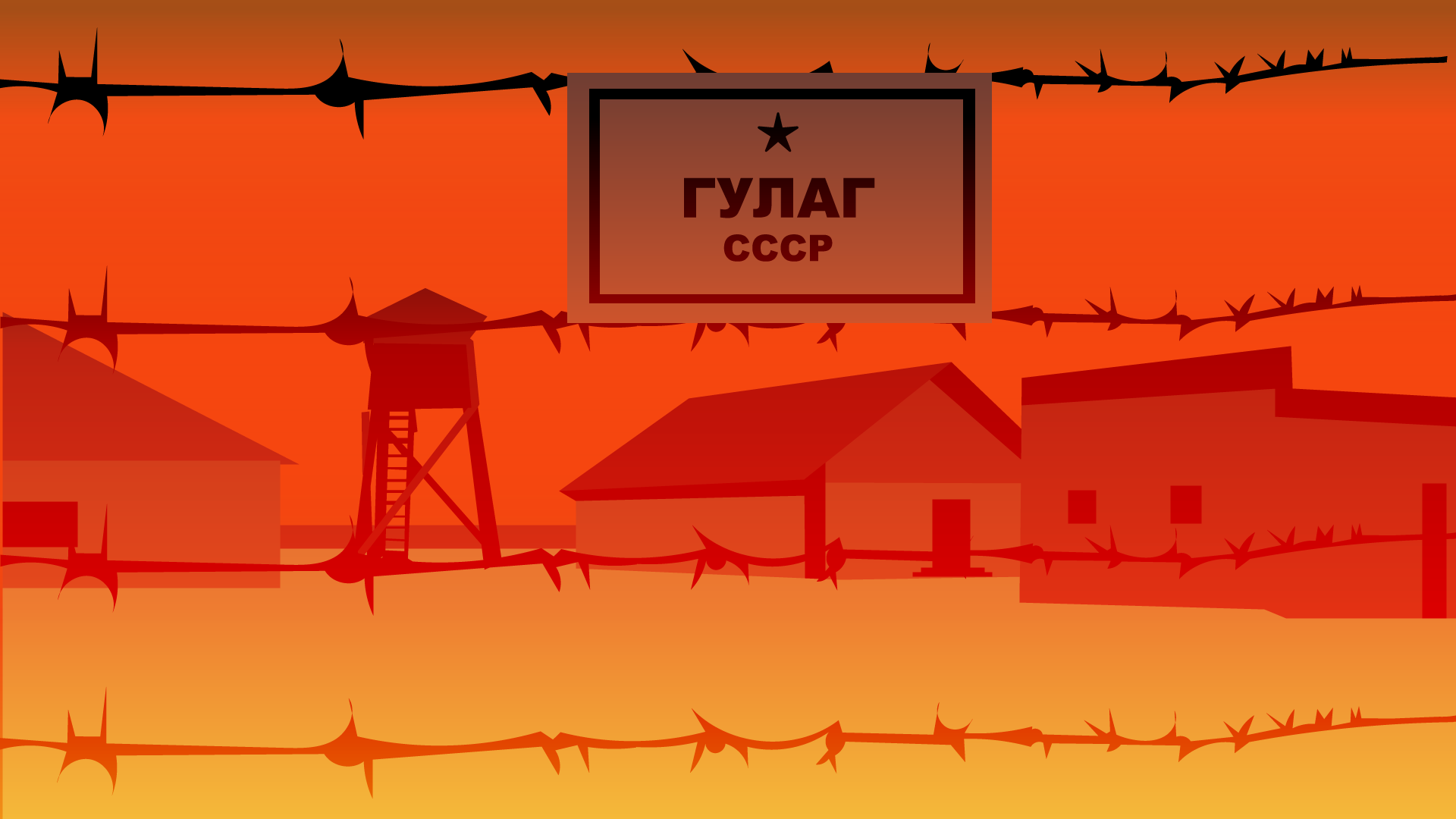
Fists and fields
It is in this period that the first concentration and forced labor camps for correctional purposes were created, the GULAG, an acronym for the department in charge of their administration and which, by chance, is homophonous with the term with which many of them were catalogued. his victims. These camps are the most infamous “masterpiece” of Stalinism and were replicated in all places in the world that had the misfortune of suffering from totalitarianism.
To be classified as a Kulak and be sent to die of hunger, cold and exploitation in a GULAG, it was enough to gather a few potatoes, onions, flour, some eggs and some bacon to feed your family with the fruit of your labor. in the countryside. In addition to the above, Stalin punished the Ukrainians with particular and inhuman viciousness to inhibit any nationalist movement that sought independence.
The Holodomor was so harmful and brutal that there are documented cases of cannibalism resulting from desperation due to hunger and, as incredible as it may seem, it was not worse than other massacres and crimes against humanity committed under the protection of communism around the world.
For decades, Russophiles and apologists for communism have denied the thesis of genocide, arguing that these famines were not suffered only by the Ukrainians but by the entire Soviet population (as if that minimized the fact) and that furthermore, the culprits were the Ukrainians themselves for “hoard” and “sabotage” crops and crops. Anyway. That is the moral character of radical communists and socialists, followers of the most destructive ideology in human history.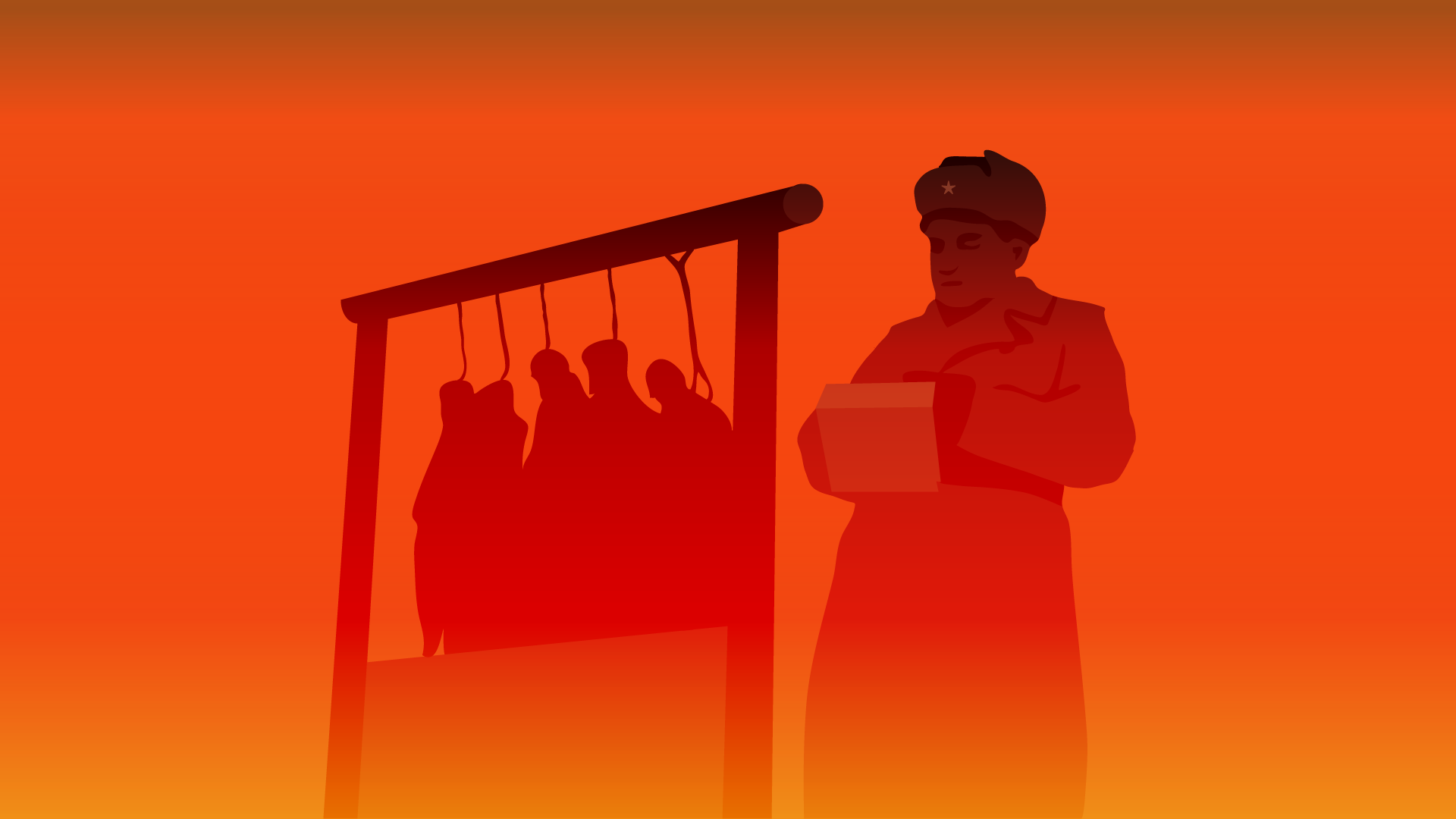
Purges
Stalin carried out many campaigns of political repression to eliminate his rivals, dissidents and undesirable sectors of the population. These campaigns of repression and state terrorism are known as the “Great Purge.”
The victims of the purge were undesirable high-ranking members of the Politburo such as Sergei Kirov, whose murder was notoriously on Stalin’s orders, but who served as a pretext to unleash terror against other revolutionary ideological leaders such as Leon Trotsky, murdered in the City of Mexico.
Stalinism presented Trotsky as the scapegoat for Kirov’s death, which is why it unleashed all its fury against his followers, but also against minorities and entire sectors of the population; imprisoning, deporting to concentration camps and executing those he considered enemies of the state. This widespread violence consolidated Stalin’s power on the eve of a great test.
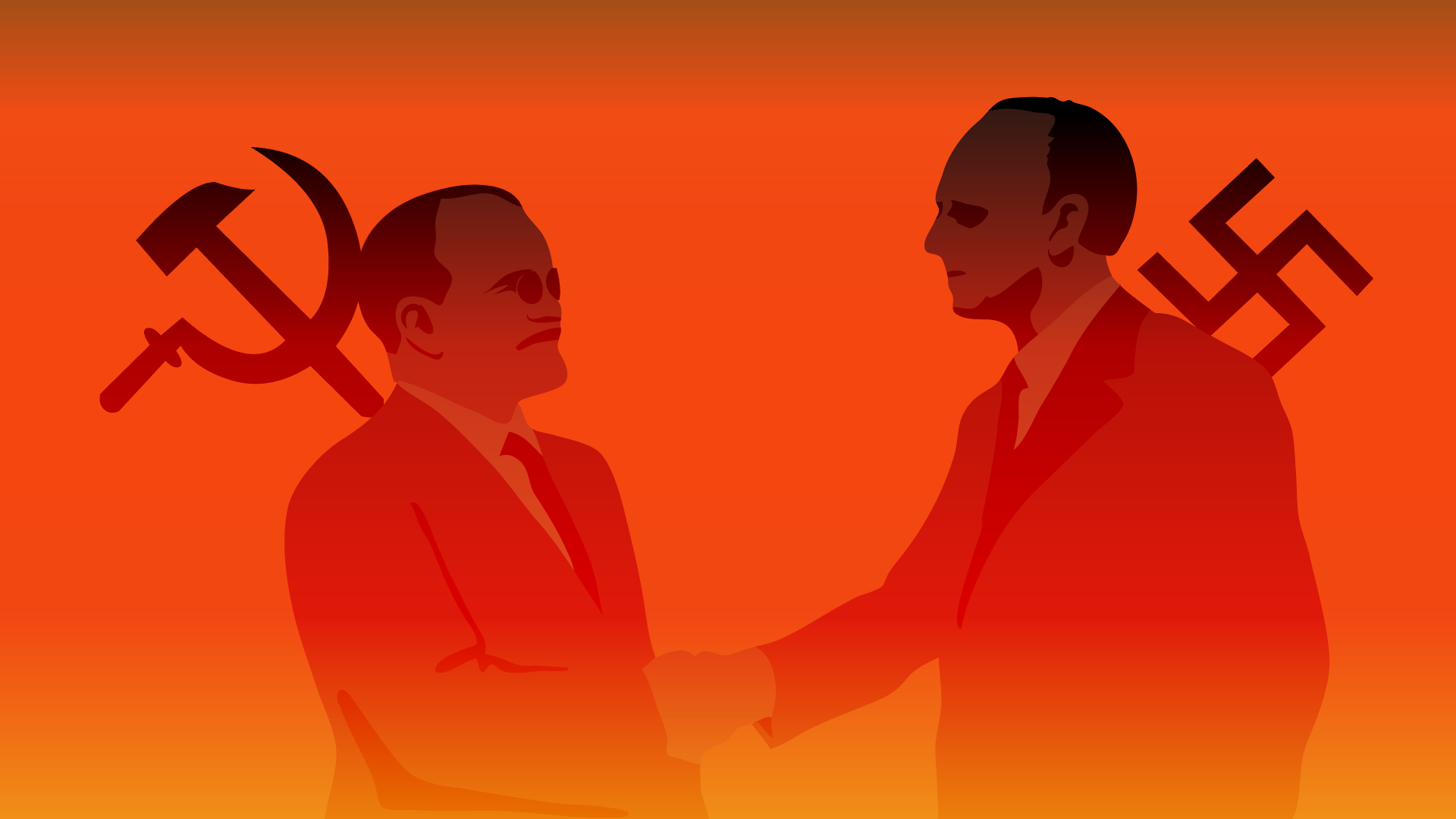
Ribbentrop-Molotov
In 1939, Nazi Germany and the Soviet Union signed the famous Ribbentrop-Molotov Pact. Nazis and Soviets agreed on non-aggression and mutual tolerance to expand their respective territorial extensions; the Third Reich in Poland and the U.S.S.R. in Galicia and Bukovina.
In the end, it was logical that two of the most infectious, disastrous and harmful governments in history, led by two of the most despicable beings that have ever inhabited the Earth, ended up betraying each other. The questions were when? and who?.
Infectious ideologies
After unleashing the Second World War with the invasion of Poland in 1939, occupying half of Europe and having the United Kingdom under siege, Hitler turned his war machine towards the Soviet Union with the aim of taking control of its abundant natural and energy resources.
The Nazi arguments to justify the invasion of the Soviet Union were the search for the eastern extension of the Lebensraum, the “living space” that Germany supposedly needed to guarantee its security, in addition to the correct use of the resources of the vast Soviet territory by the Soviet Union. Germans who within the infected Nazi ideology were considered Übermensch, superhuman, unlike the Slavic peoples considered Untermensch, subhuman, who had to be enslaved and exterminated.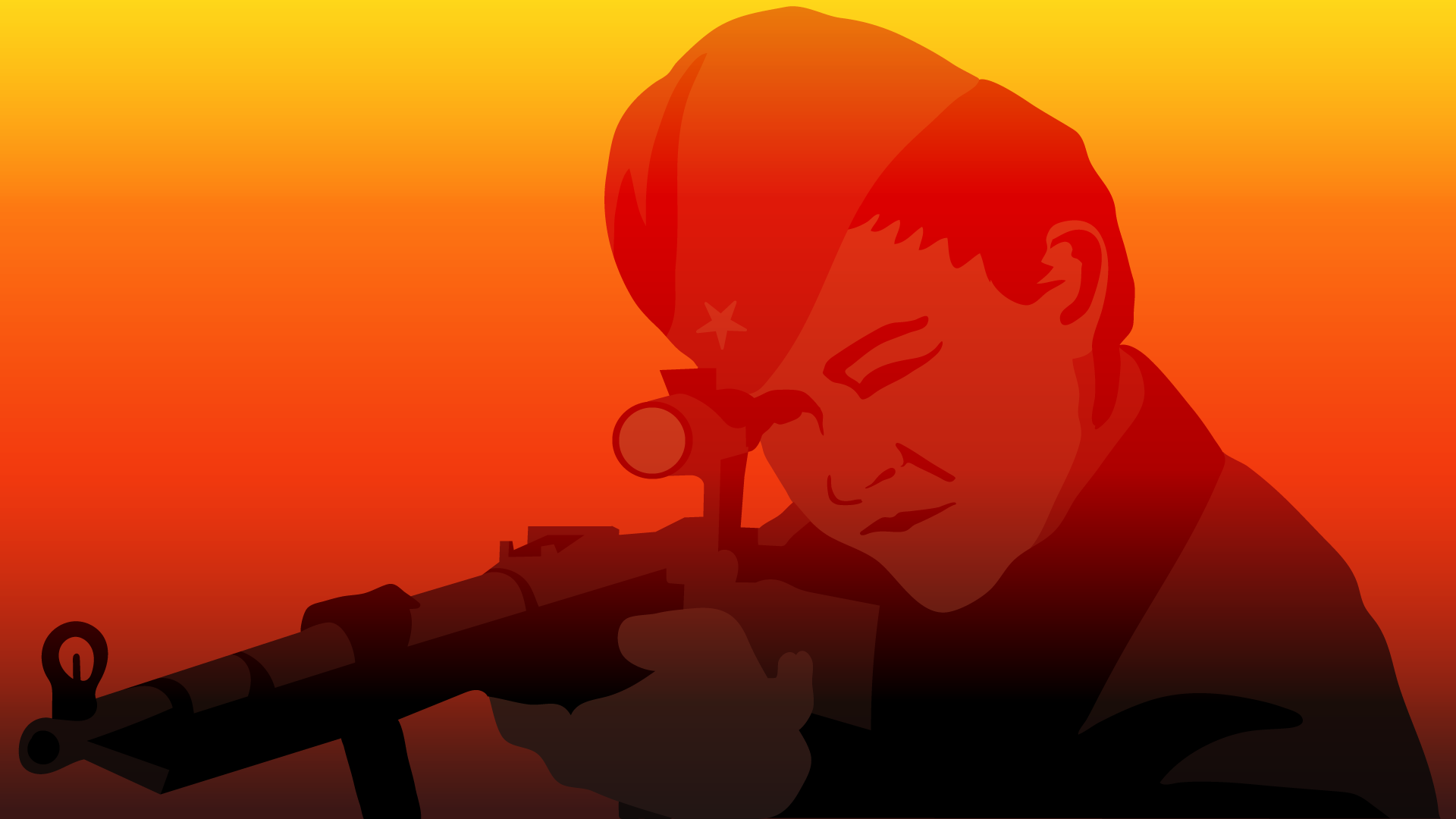
Francotiradora del Ejército Rojo durante la defensa de Stalingrado.
The Great Patriotic War
In June 1941, the Blitz was launched against the Red Army in Operation Barbarossa, forming the Eastern Front of World War II. The Wehrmacht approached Kyiv in a few weeks and in October they captured Odessa, in November they besieged Sevastopol and came within a handful of kilometers of Moscow.
In areas of the Baltic and especially in Ukraine, there were sectors of the population that welcomed the Germans in their initial advance as liberators. When the Red Army recaptured Ukraine and the Baltics, the Soviet regime deported millions of people accused of “treason” and “collaboration” with the Nazis.
In the idiotic minds of those nostalgic for communism, this supposed collaborationism is the ideal justification for the oppression that the Soviet regime exercised over the Ukrainian people and which marked them with the stigma of being pro-Nazi.
Those red idiots, outdated and fanatics indoctrinated in crude resentment, never stop to think about the reason that led millions of people, many survivors of the Holodomor, to look favorably on the first ones who arrived and removed the communists from their land, despite the fact that during the occupation, upon realizing that the Third Reich was of the same low class as Stalin’s regime, pockets of resistance began to emerge. The Ukrainian people have resisted and confronted Nazism and communism on two fronts.
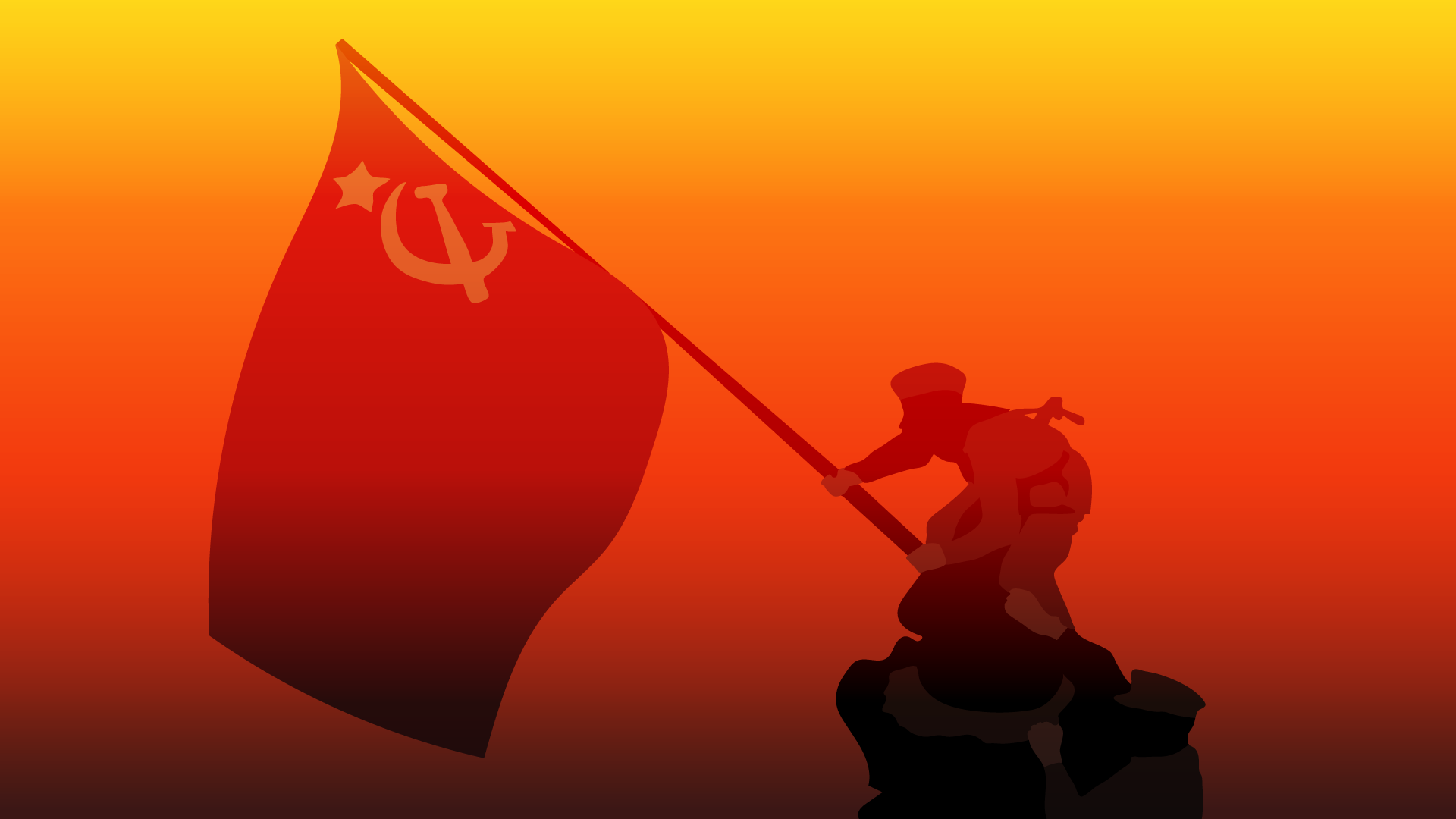
The victory medal
In the end, the Third Reich crashed at Stalingrad and its panzers were defeated by Soviet tanks at Kursk, putting Nazi Germany on the defensive and the Red Army on its way to raising the Hammer and Sickle flag at the Reichstag in Berlin. in May 1945, ending World War II in Europe.
The defeat of Hitler is the unquestionable great feat of the Soviet regime and Stalinism. This consolidated the Soviet Union as a superpower and elevated Stalin as one of the most powerful men in the world. The issue is that the triumph over the Third Reich is what makes communism continue to have followers in the 21st century, despite being a genocidal ideology.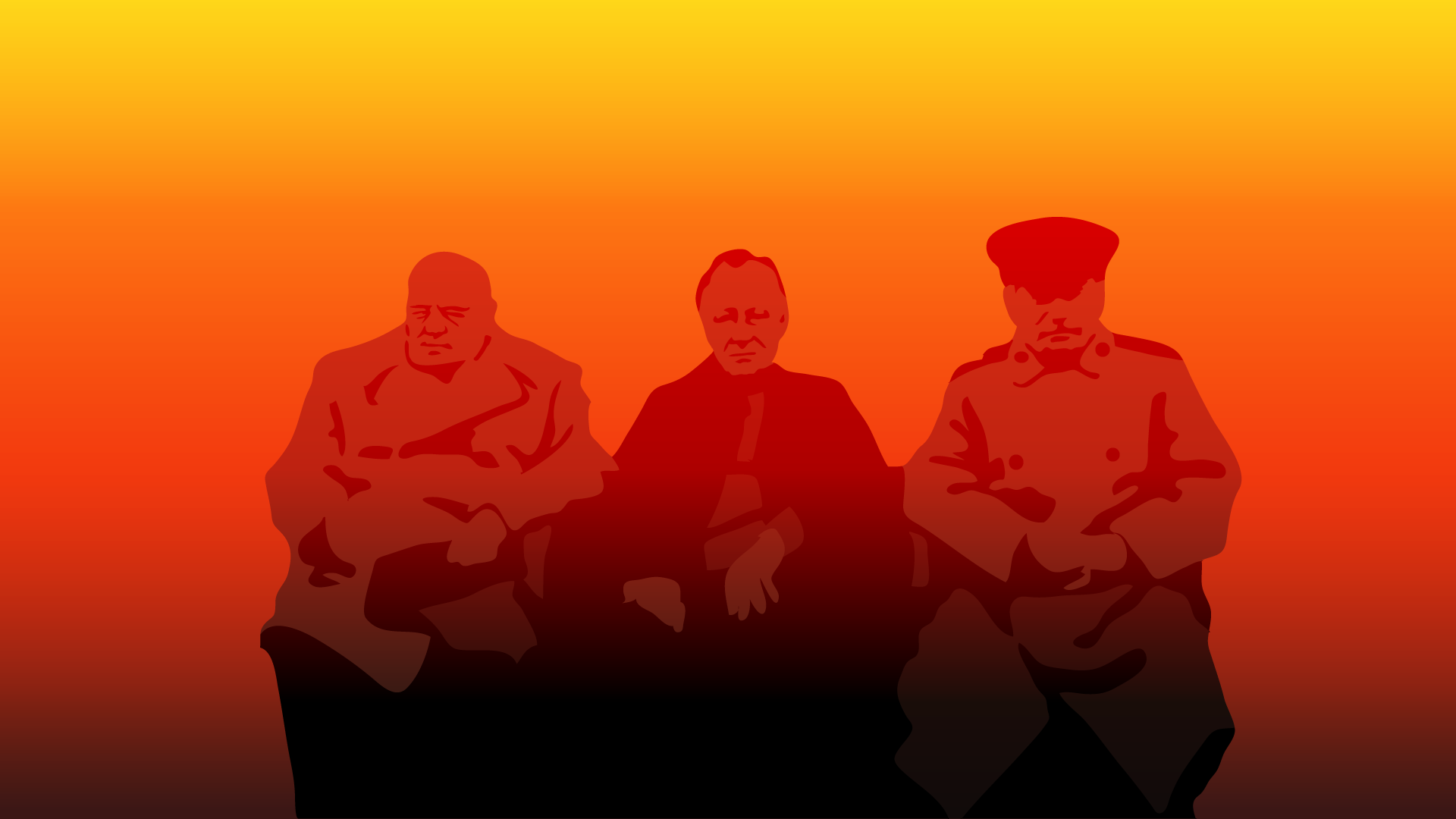
Winston Churchill, Franklin D. Roosevelt y Stalin en Yalta.
Uncomfortable allies
During World War II, there were already tensions between Stalin and the other Allied leaders. It was obvious that they were on the same side just because they had the Axis as a common enemy, but the reality was that they were totally incompatible.
Winston Churchill always distrusted Stalin and both Roosevelt, Truman and, above all, General Eisenhower, commander of the United States Army, redoubled their efforts to stop the impulses of some generals, such as George Patton, who after neutralizing Hitler, proposed attacking the Red Army.
Patton and Eisenhower had their point. Patton anticipated that the Soviet Union was going to be a serious threat in the immediate future and that it had to be neutralized, but Eisenhower, already on his way to the White House, knew that militarily neutralizing a monster of that size and with high morale was unthinkable and impossible.
At the time of redistribution after the war, the only one of the victors who exercised territorial demands was Stalin, who extended the Soviet borders. The result of the new order emanating from the Second World War is the period known as the Cold War, where the world was divided into two blocs, one related to the United States and its NATO allies. and the other to the Soviet Union and its Warsaw Pact allies.
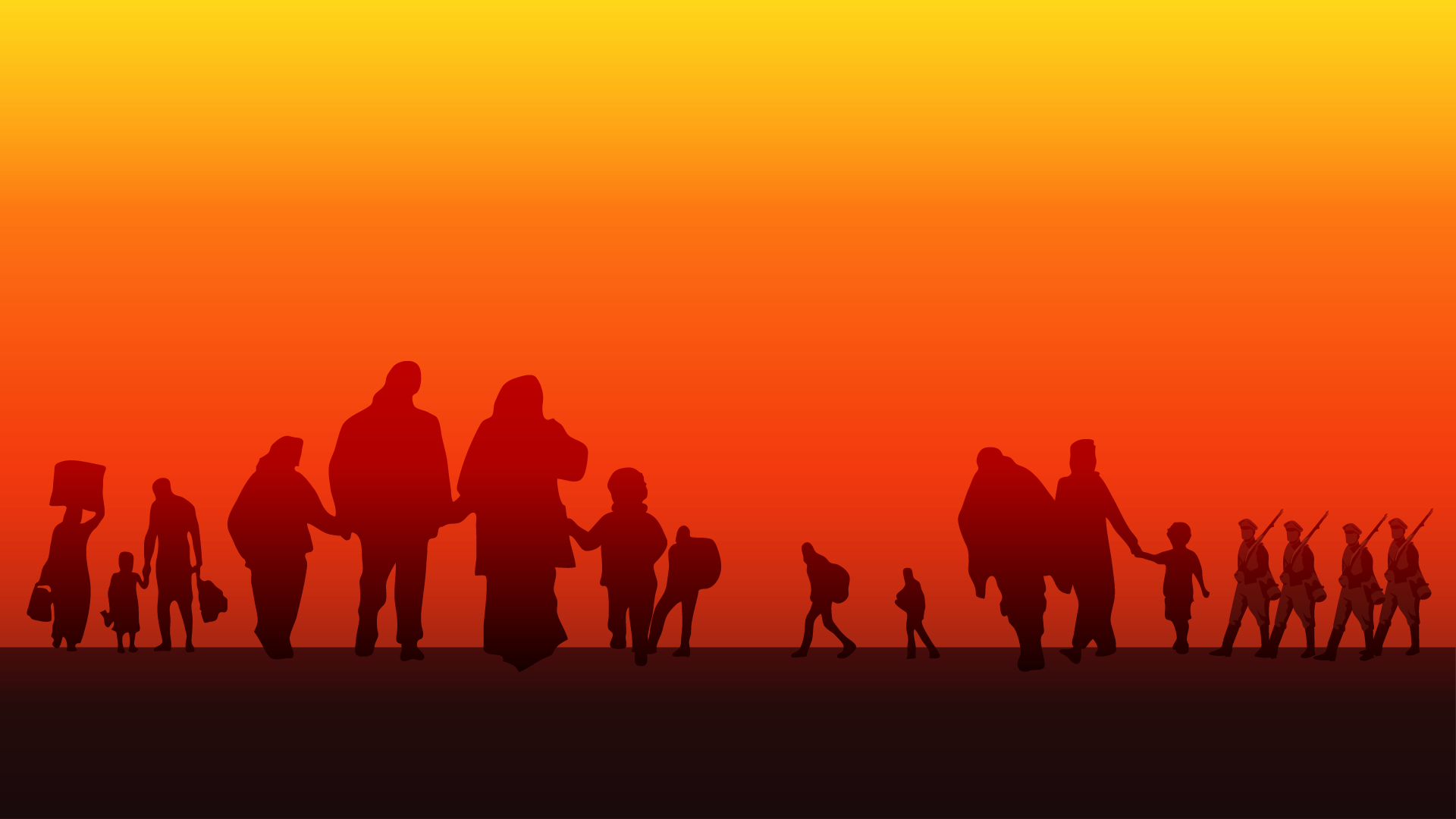
Retaliation
In April 1945, a border and population exchange agreement was signed between the U.S.S.R. and Poland in addition to the annexation of Transcarpathia. Polish authorities, under pressure from the Kremlin, deported border Ukrainians to newly acquired German lands in the west in what was known as Operation Vistula.
Seventy-eight thousand Ukrainians classified as “untrustworthy” by the regime were deported to Siberia and forty-three thousand young people were arrested for “anti-Soviet” political crimes and half a million inhabitants of the western regions of Ukraine were deported to various corners of the U.S.S.R.
Oppression
Between 1947 and 1949, Nikita Khrushchev, first secretary of the Communist Party of Ukraine, carried out a campaign of Sovietization and Russification of the western regions with the respective forced industrialization and agricultural collectivization.
The repression continued to the fullest, which is why the Ukrainian Insurgent Army, U.P.A., emerged. in its acronym in its native language. This armed group with a fierce anti-communist and anti-fascist ideology resisted Stalin’s regime, always hoping that the Cold War would end up heating up and thus receive support from the West. The U.P.A. It failed to resist the attacks of the Soviet state machinery and in 1950, they abandoned the fight after the assassination of their leader.
In March 1953, Stalin died the same way as Lenin, of a stroke, and Khrushchev was his successor.
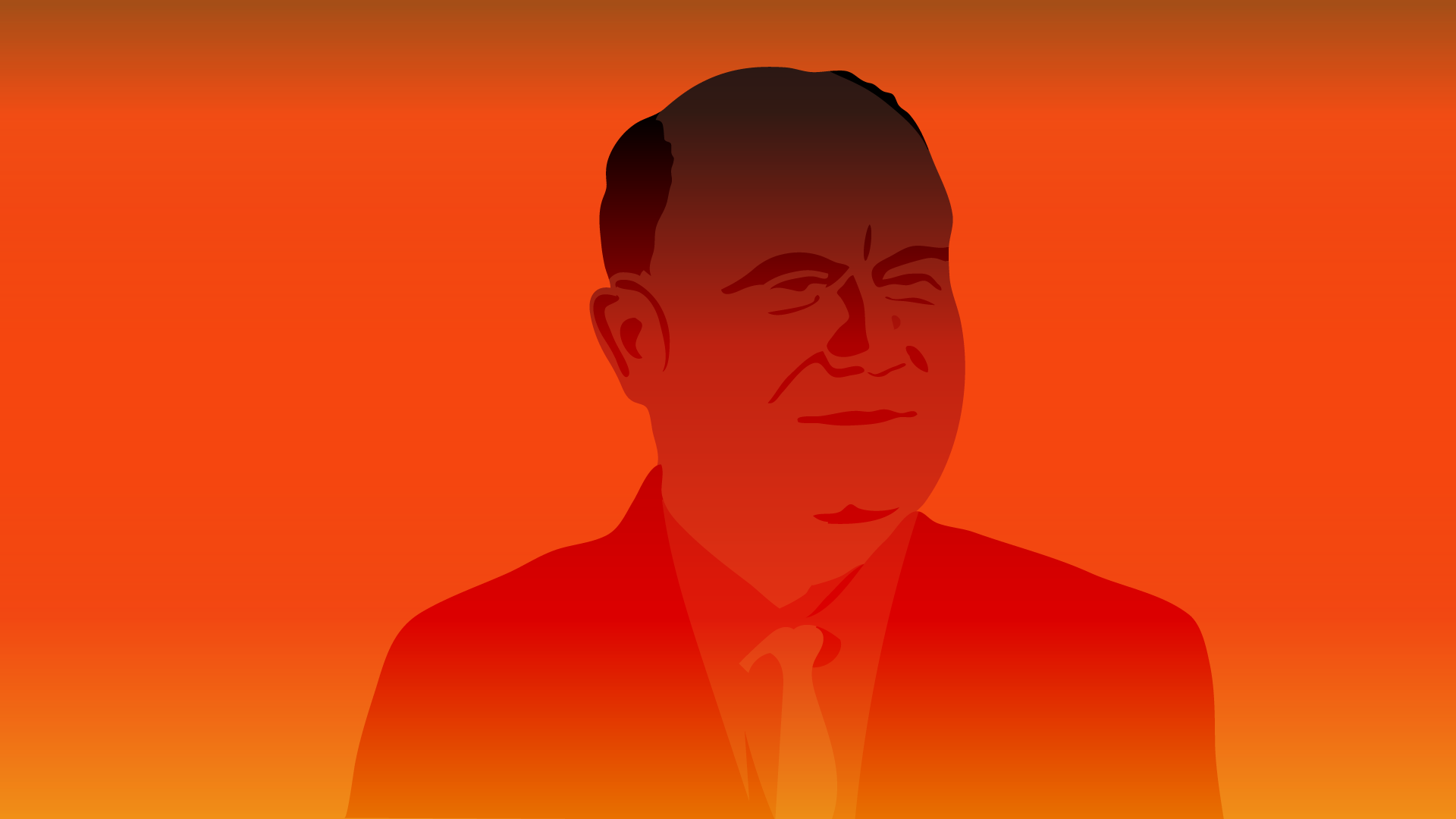
Destalinization
Nikita Khrushchev began his administration in the midst of post-war reconstruction and at the beginning of the Cold War, which he began with a very strengthened Soviet Union in terms of image and influence.
Khrushchev was moderate in comparison to his predecessor; He relaxed the mechanisms of repression and social control and freed political prisoners from the GULAGS, beginning the process called Destalinization. This only applied internally, since abroad, Khrushchev was ruthless when it came to brutally repressing anti-communist movements in his area of influence such as Hungary and Poland.
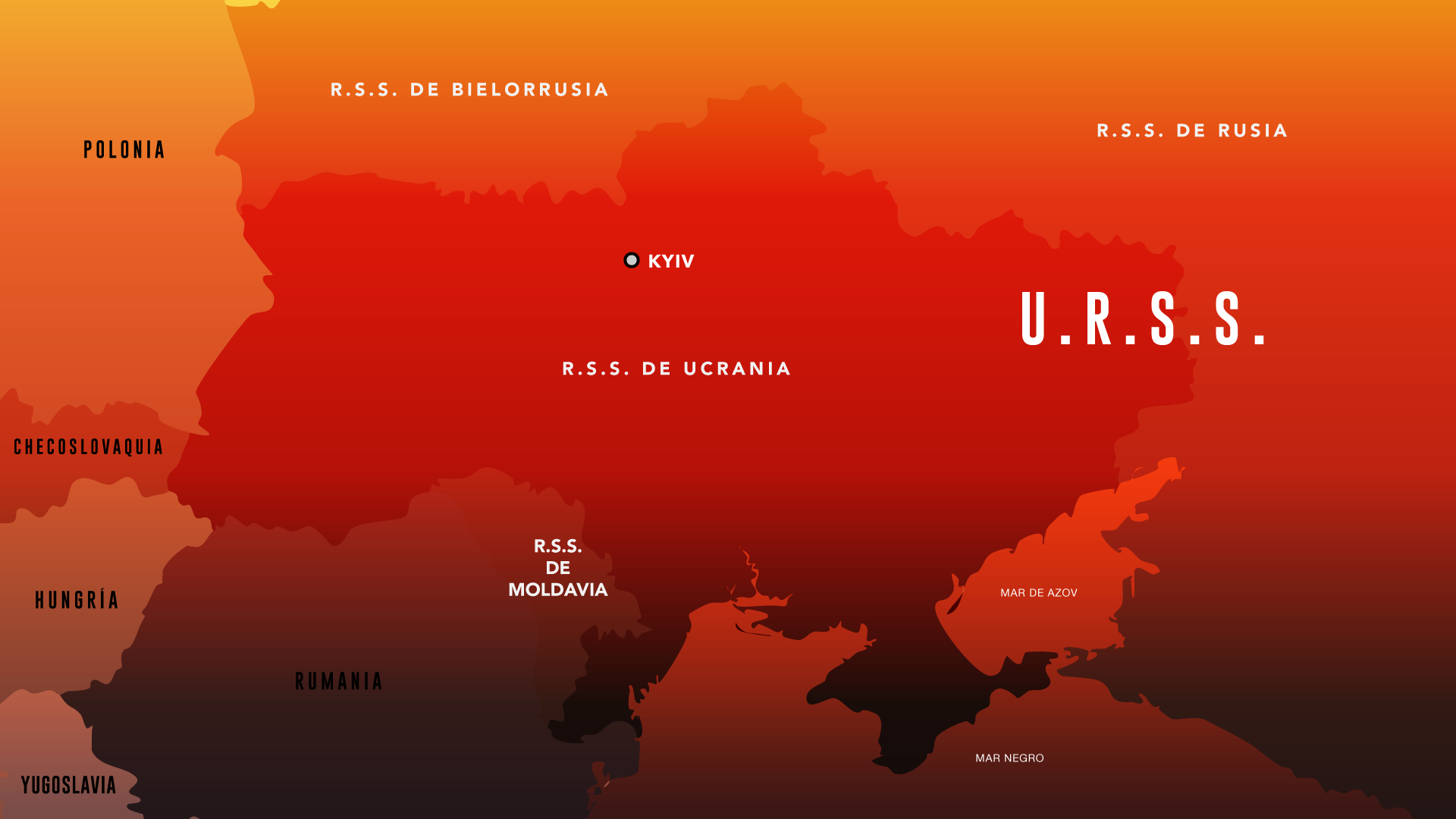
Defining Ukraine
In 1954, the Russian-speaking and cultured Crimean peninsula was transferred by the Supreme Soviet of the U.S.S.R. to the R.S.S. of Ukraine in an effort to simplify its administration. The peninsula was to be supplied with electricity and water and connected to roads and railways from Ukraine, to which territories that had belonged to Czechoslovakia, Romania and Poland were also assigned, giving Ukraine its contemporary territorial conformation.
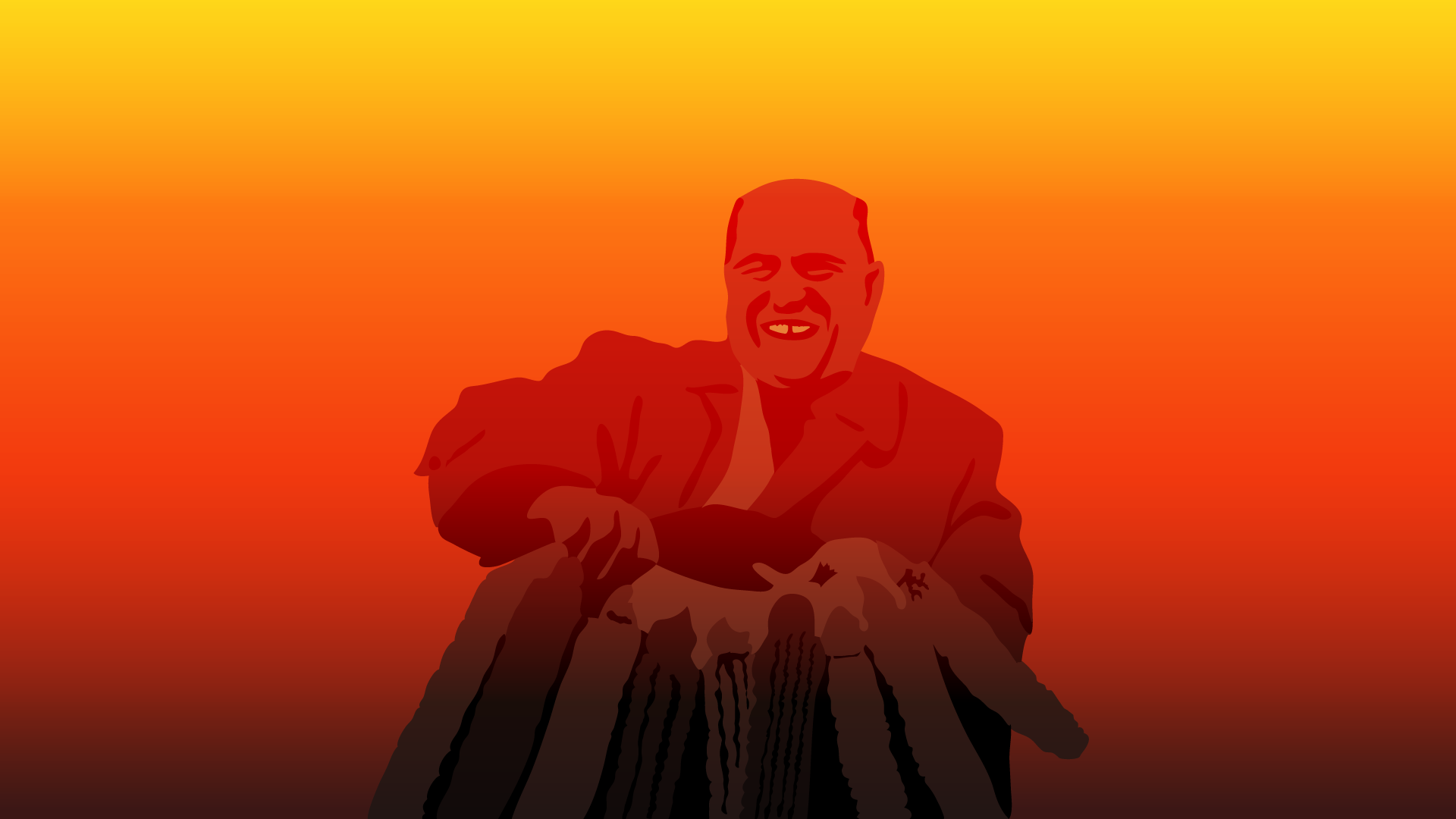
Thaw
Under the command of Nikita Khrushchev, the Soviet Union began a period of opening known as the Thaw.
The U.S.S.R. It improved its foreign relations and a series of reforms focused on encouraging consumption and housing construction substantially improved the living conditions of the population, triggering the most prosperous moment of the Soviet economy. Despite this, Khrushchev’s agrarian and administrative reforms were unproductive because, well, that’s communism.
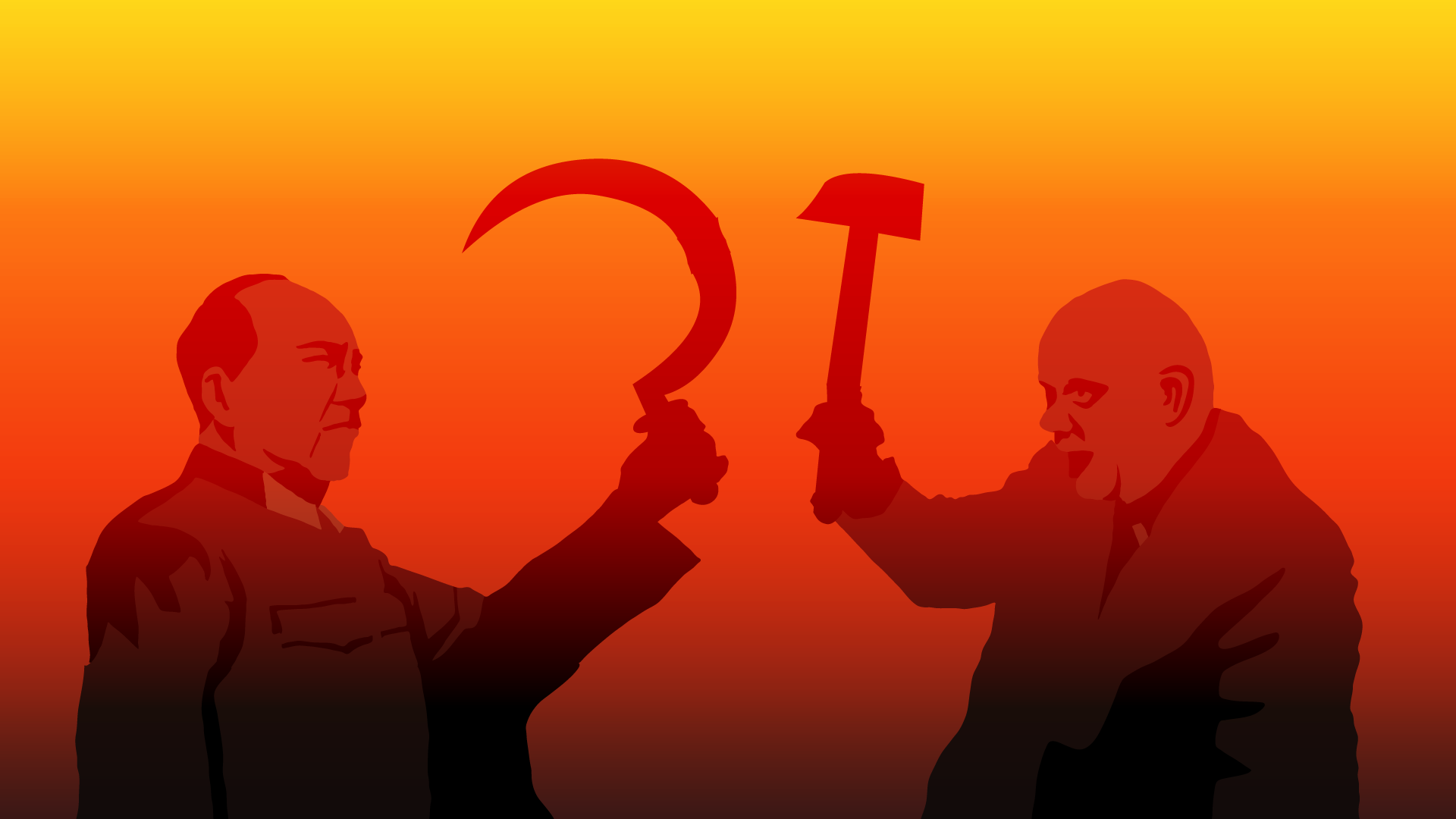
The red schism
In the early 1950s, there was a break between the Soviet Union and the newly created People’s Republic of China led by the genocidal Mao-Tse-Tung.
Maoism, the most twisted interpretation of communism, considered that Moscow had too many approaches to the West, accusing the Soviet regime of ideological revisionism (?). The Sino-Soviet split divided the communist world, causing its aligned countries to question whether to cover themselves under the red cloak of Moscow or that of Beijing.
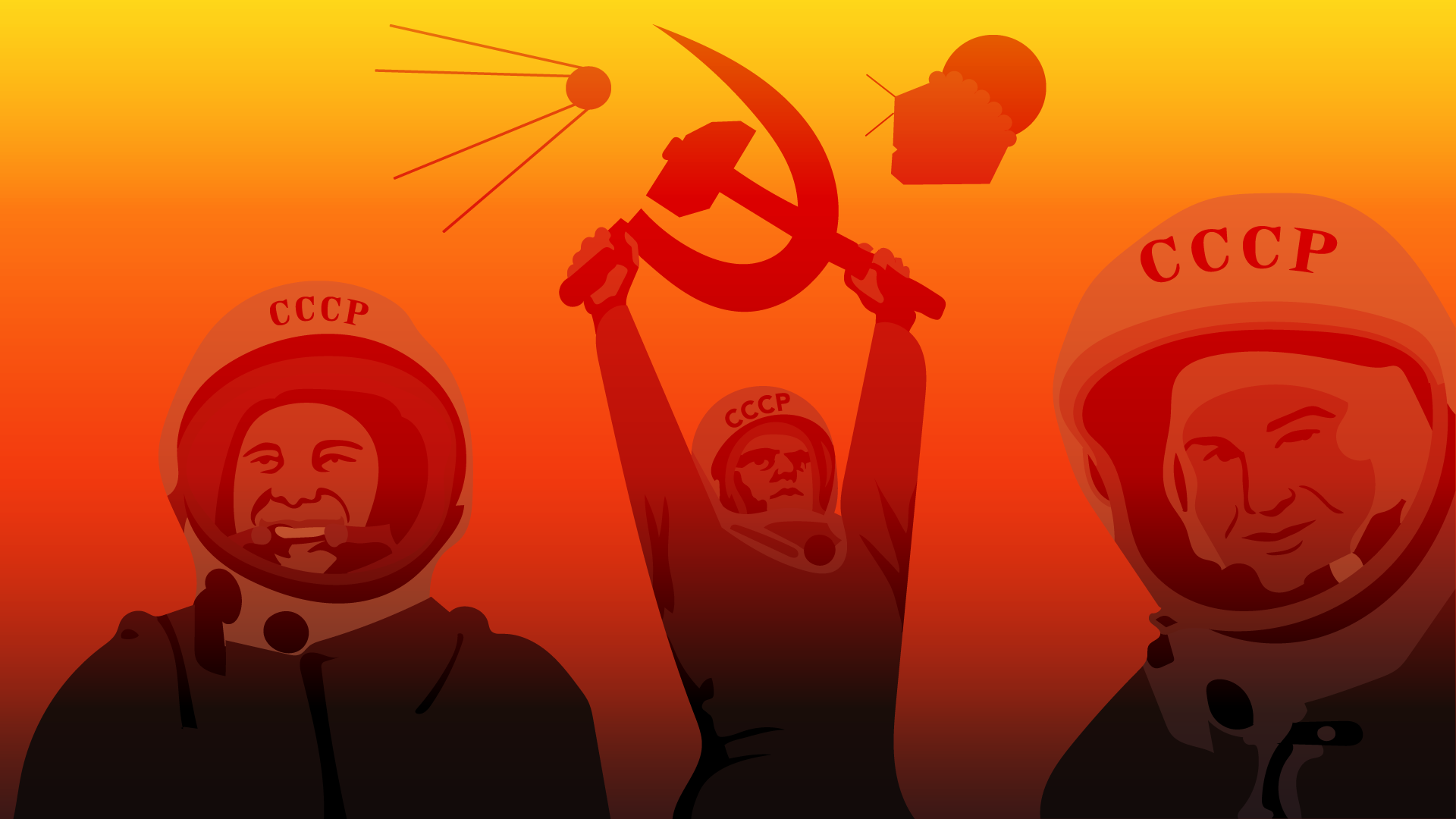
Cold War
Weapons-wise, the Soviet Union produced its first nuclear weapon in 1949, demonstrating that its power was comparable to that of the United States, at least in technological matters – never in production – and they began sweeping the space race.
When Sputnik orbited the Earth in 1957, in the United States they could not lift a rocket 10 meters and no one will erase the feat of Yuri Gagarin, the first human being to travel to space aboard the Vostok I and return in April 1961, in addition to putting in 1963 the first woman in orbit, Valentina Tereshcova aboard Vostok 6 and in 1965 carried out the first space walk by cosmonaut Aleksei Leonov, in addition to sending a pair of probes to the Moon.
Propaganda and space achievements gave a very solid image of the U.S.S.R. who led his bloc of allied nations and communism was the fashionable ideology among political scientists and young idealists around the world. At that time, it seemed that the Soviet Union would last a thousand years.
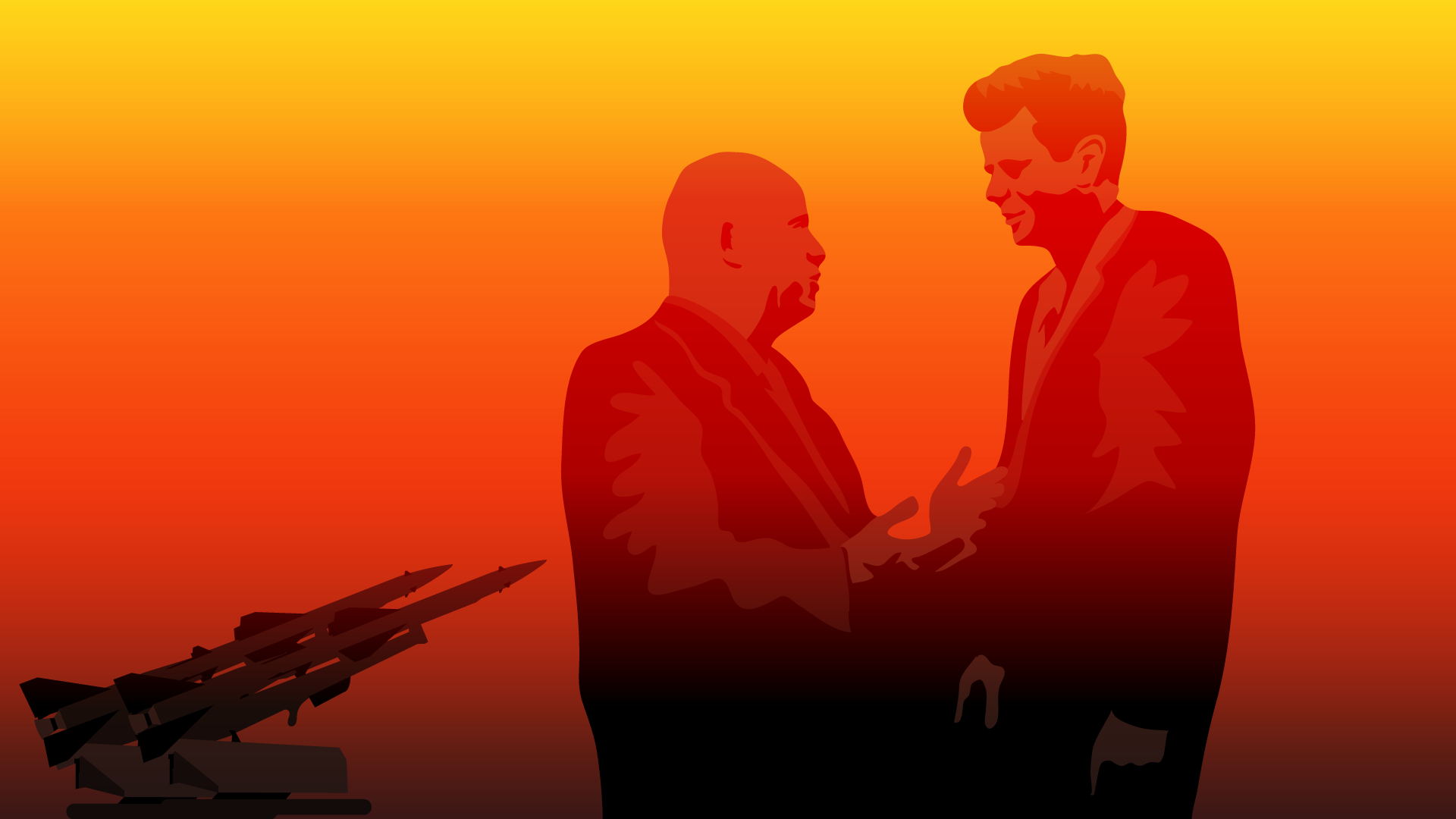
Missiles
Khrushchev’s high point at the head of the Soviet Union was the crisis generated by the deployment of nuclear ballistic missiles in Cuba in October 1962. The event caused the United States to respond by sending its powerful fleet to establish a naval exclusion area. If it were not for the prudence and diplomatic skill of Khrushchev and John F. Kennedy and for the twists of fate, no frigate or destroyer of the U.S. Navy detected some Soviet ship in the area, the Cold War was nowhere near heating up to the point of unleashing the final judgment.
Despite achieving a diplomatic solution to the crisis, Khrushchev generated discontent with the most radical factions within the party and with his political rivals, which produced a loss of prestige for the leader, who was forced to resign and retire in 1964 to be succeeded by Leonid Brezhnev.
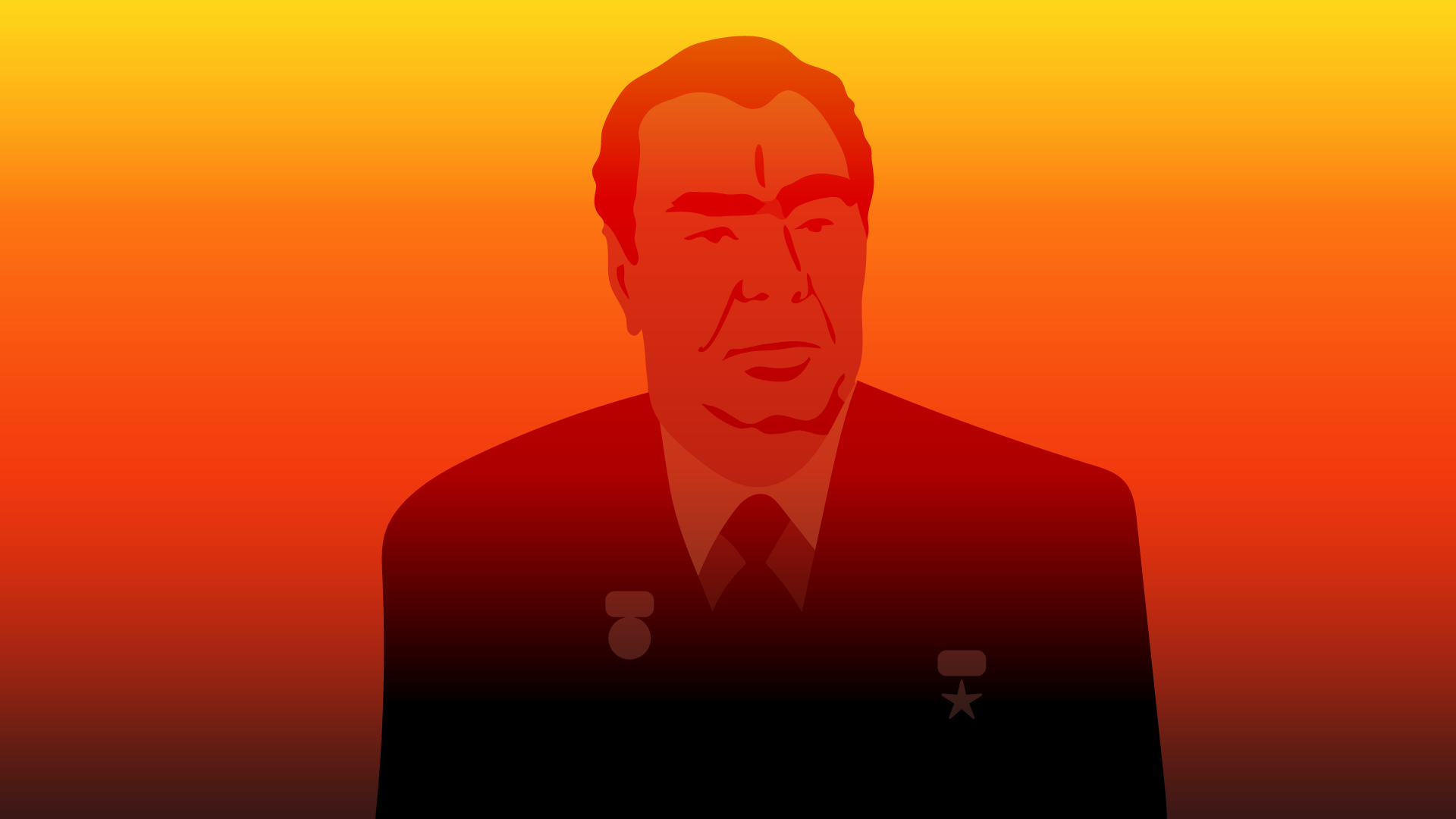
Brezhnev
In 1965, Brezhnev began his administration with the traditional communist recipe, wanting to make work by decree what was impossible with his predecessors, toughening repression and centralization.
Brezhnev began an aggressive program of agricultural collectivization, forcibly displacing entire populations. The measures generated relative social well-being more due to the foundations left by Khrushchev than as a result of Brezhnev’s reforms, but reality, that implacable enemy of the utopian and meaningless delusions of communism, arrived in the following decade.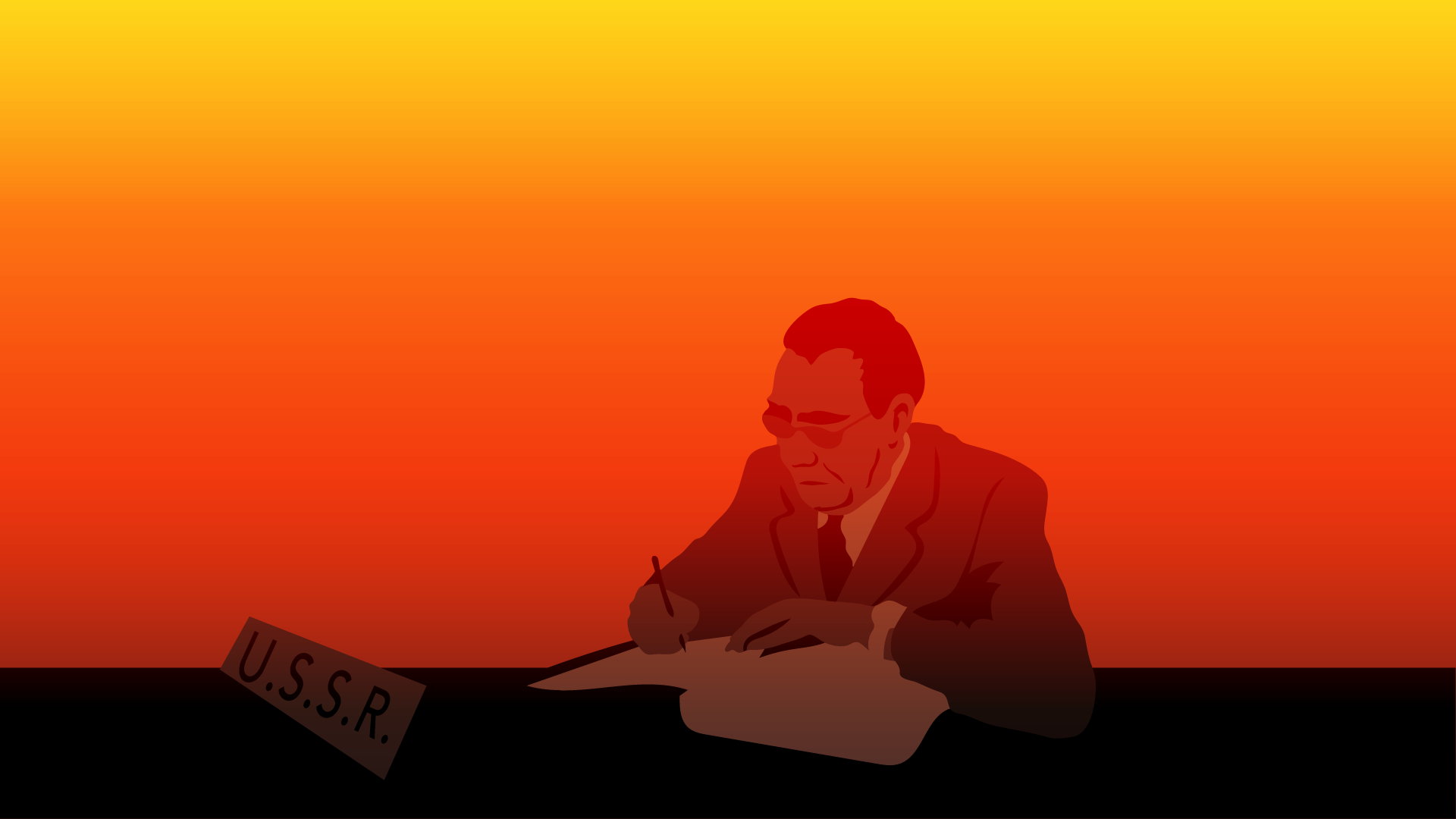
Brezhnev firmando los Acuerdos de Helsinki.
Ukrainian dissidence
In 1972, Volodymyr Scherbitsky was appointed secretary of the central committee of the communist party in Ukraine and launched a new campaign of political repression against intellectuals and opponents, applying the classic recipe: deportations, prison, confinement in psychiatric hospitals and other repressive measures.
In 1976, the Ukrainian Helsinki Group was formed to monitor that the Soviet Union complied with the terms of the European Cooperation Agreements signed in Helsinki in 1975, especially in the field of respect for human rights. The group was formed by Mykola Rudenko, Petro Grigorenko, Levko Lukyanenko, Ivan Kandyba, Vasil Stus, Viacheslav Chornovil and other Ukrainian leaders.
The following year, most of its participants were deported to concentration camps and Ukraine suffered a fierce Russification campaign. The reality is that the Soviet Union signed the Helsinki Accords in search of easing nuclear tensions but it was obvious that what was treated there was totally incompatible with communist tyranny.
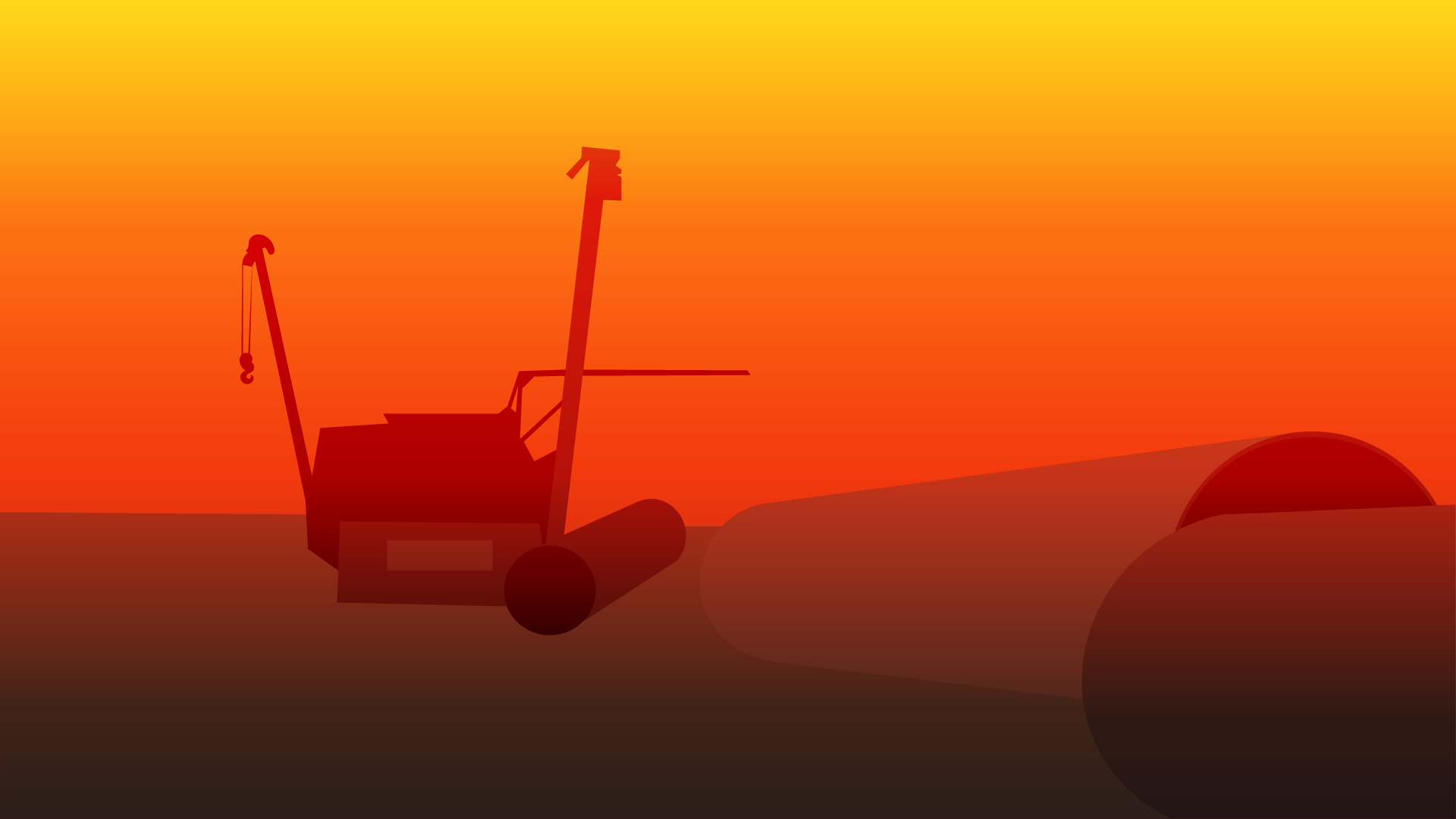
Exploiting Ukraine
In 1977, the new Constitution of the Soviet Union was promulgated with the objective of obtaining benefits from the exploitation of its natural, energy and hydrocarbon resources. A network of oil and gas pipelines was installed to carry Siberian gas and oil through the Ukrainian subsoil. The centralization of the economy ended up exhausting the resources of Ukraine, a nation whose main resource is one of the most fertile and productive soils in the world, was dragged into uncontrolled urbanization that moved four million peasants to urban centers, decreasing the rate birth rate and triggering the aging of the population.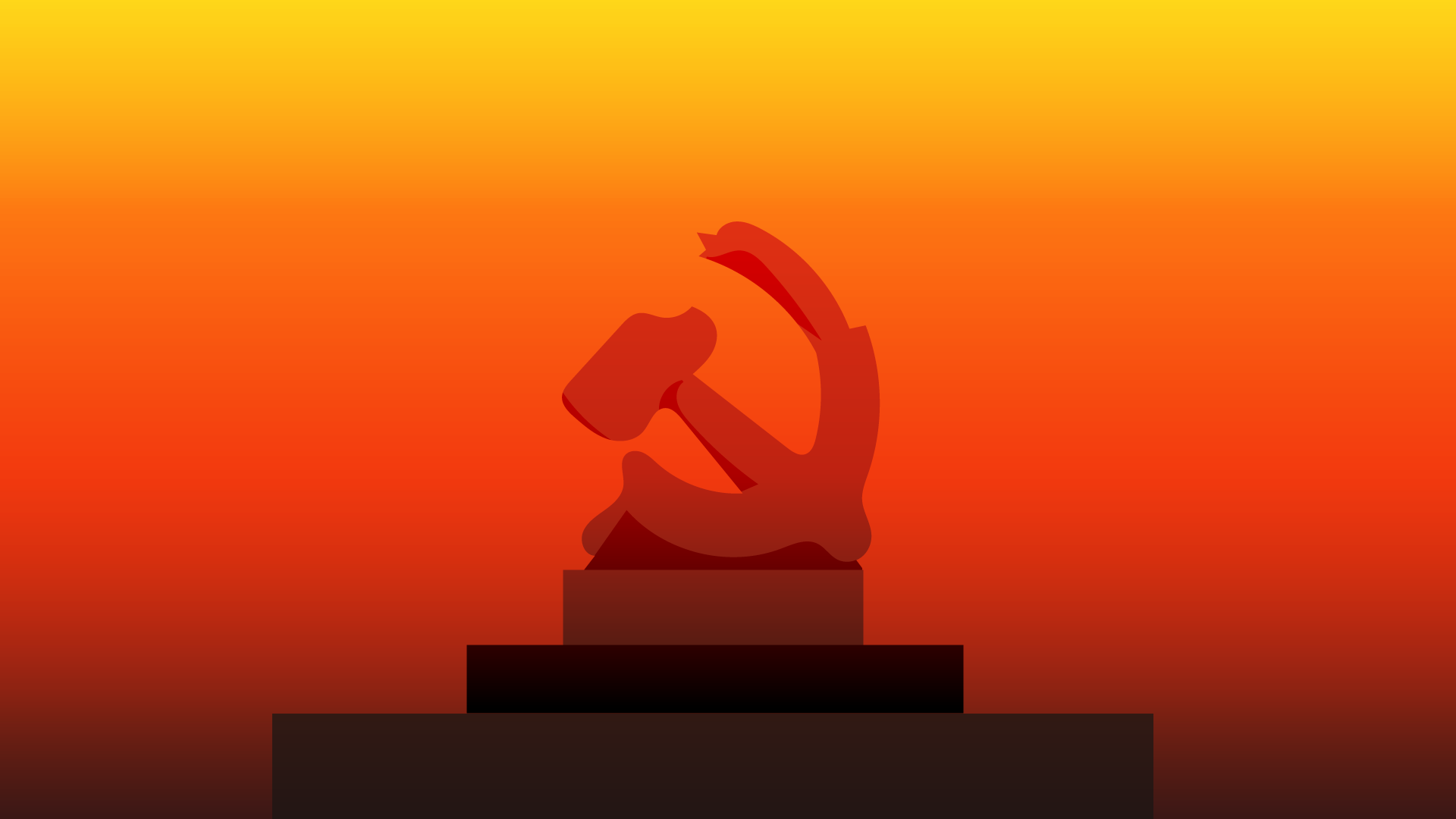
The beginning of the collapse
In the Brezhnev era, the beginning of the Soviet collapse began based on details such as the defeat in the space race. Despite the attempts to reform and open the regime and promulgate a new constitution to improve the ruinous economy but of course, always within the parameters of communism to direct it towards a developed socialism.
High oil prices generated good foreign exchange with which economic cracks were artificially healed, but international sanctions due to the invasion of Afghanistan and the fall in oil prices meant that reality dealt a resounding slap to the Soviet Union.
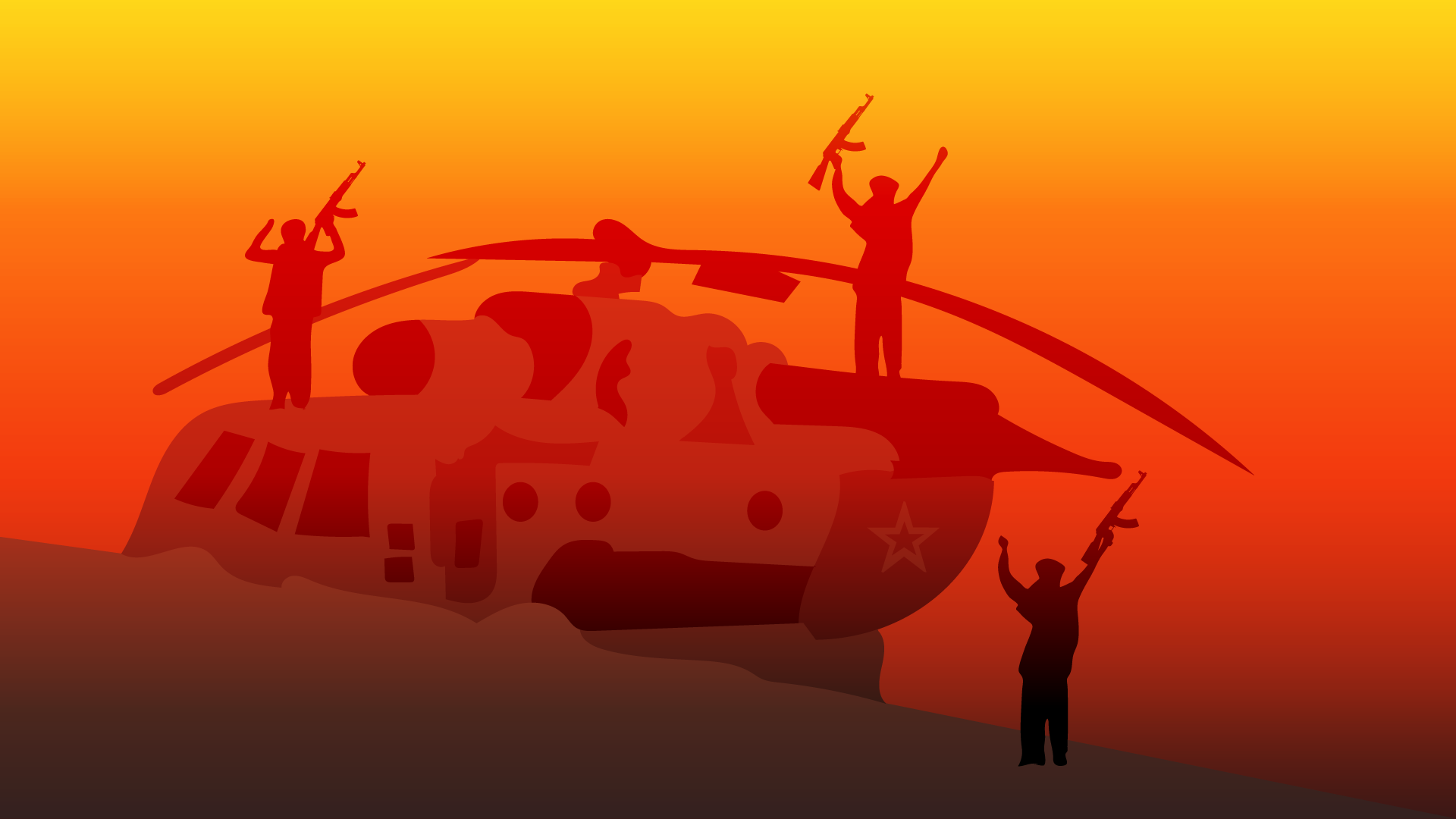
The Mujahideen Obstacle
The invasion of Afghanistan not only caused the Western boycott of the 1980 Moscow Olympic Games, but also exposed many shortcomings and weaknesses of the Soviet war machine. The Kremlin deployed all its power and was unable to stop the Mujahideen insurgency. The war in Afghanistan stagnated for fourteen years until the disintegration of the U.S.S.R., costing the Red Army 15,000 casualties and dealing a blow to its military prestige. In this context, the death of an elderly Leonid Brezhnev occurred in 1982.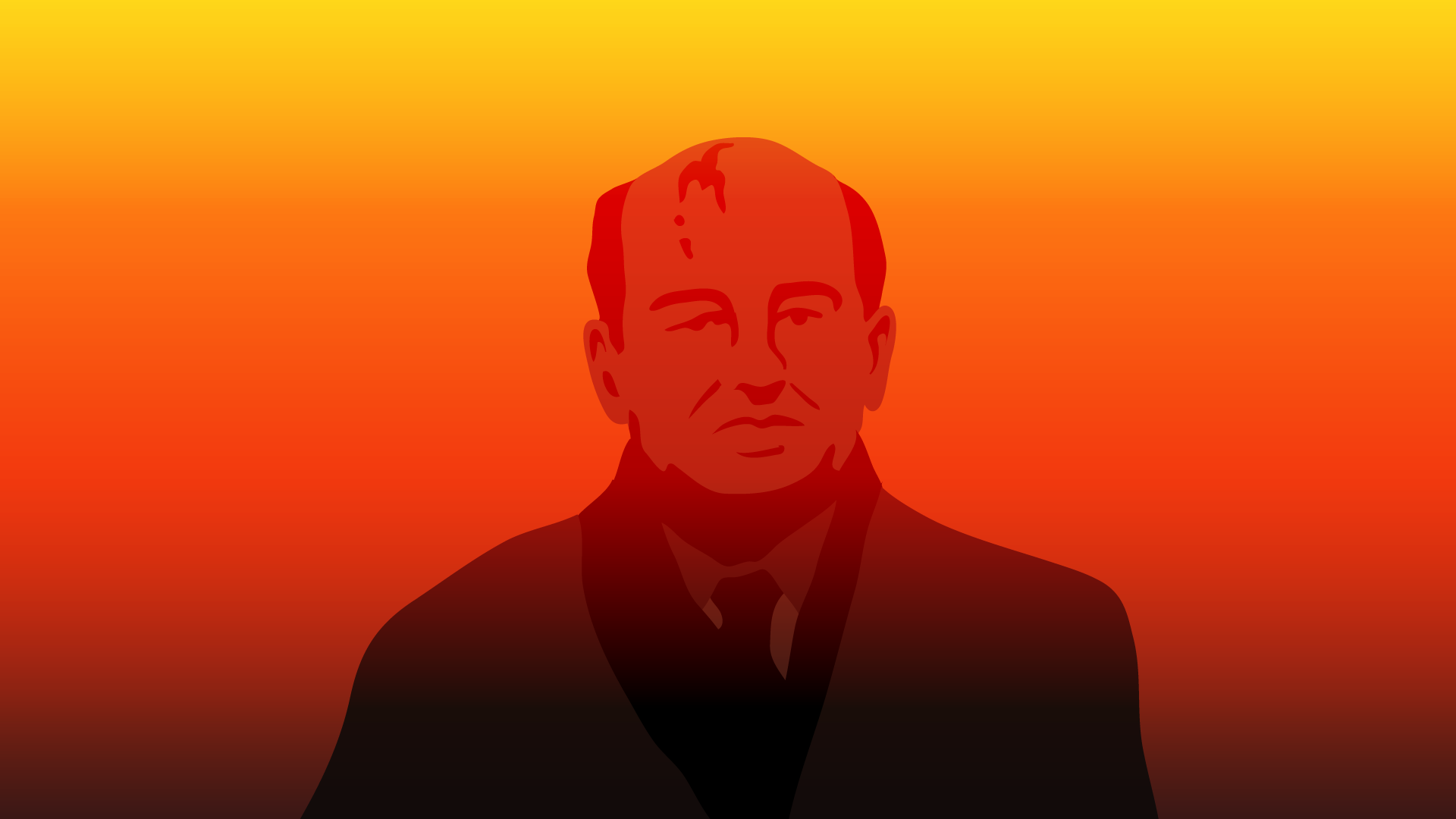
Mijaíl Gorvachov.
Perestroika
Brezhnev was succeeded by Yuri Andropov and Konstantin Chernenko, both of whom did not last more than a year at the head of the Soviet mastodon, until 1985 when a character who was a fresh wind in the Kremlin, Mikhail Gorbachev, took office.
Gorbachev initiated a program of profound reforms with the aim of liberalizing public and social life, rescuing the economy and renewing Soviet politics, for the first time, without trying to resort to typical collectivization, industrialization programs, repression and terror.
Gorbachev also reduced weapons production, sought to improve relations with the West, and began gradually withdrawing troops from Afghanistan. Abroad, he did nothing to stop the fall of the Berlin Wall and the reunification of Germany and the loss of Soviet influence in Eastern Europe that was slowly moving away from socialism.
These reform processes of Gorbachev’s government were called: Uskoreniye, acceleration, Glásnost, opening and the best known of all, Perestroika, reconstruction.
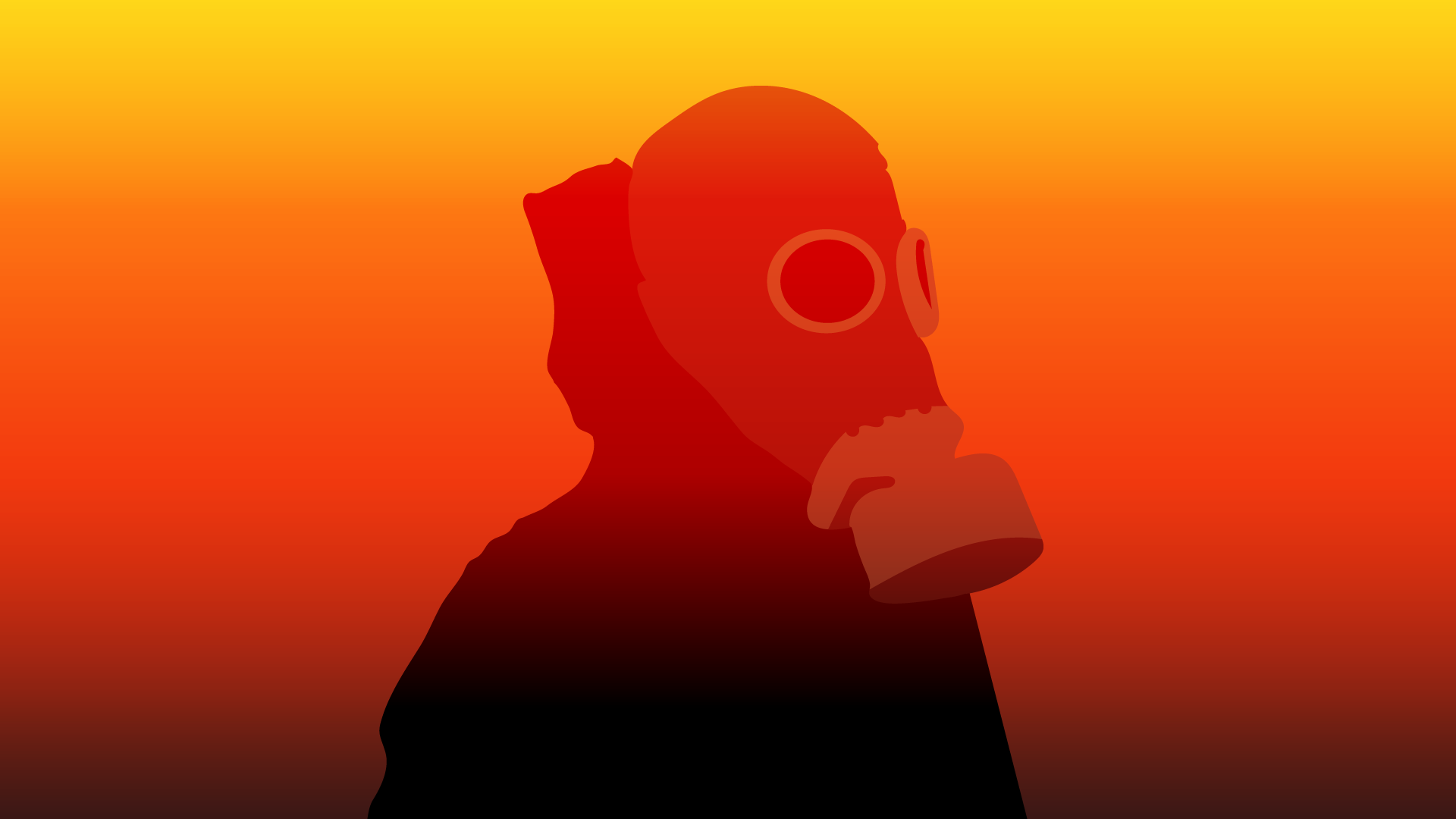
Chernobyl
Gorbachev’s reformist government was not exempt from pain and tragedy.
In April 1986, the reactor at the Chernobyl nuclear power plant exploded. This tragedy on Ukrainian soil was a kind of ominous symbol that reflected what the Soviet Union was internally in political, economic and social matters.
The damage from this catastrophe extended within a radius of fifty thousand kilometers, affecting hundreds of towns and affecting the lives of one hundred thousand people. Radioactive effects are still present today.
The nuclear catastrophe left a profound impact on Soviet society, especially outside Russia, igniting national sentiments and emancipatory movements in the Baltic republics and Ukraine.
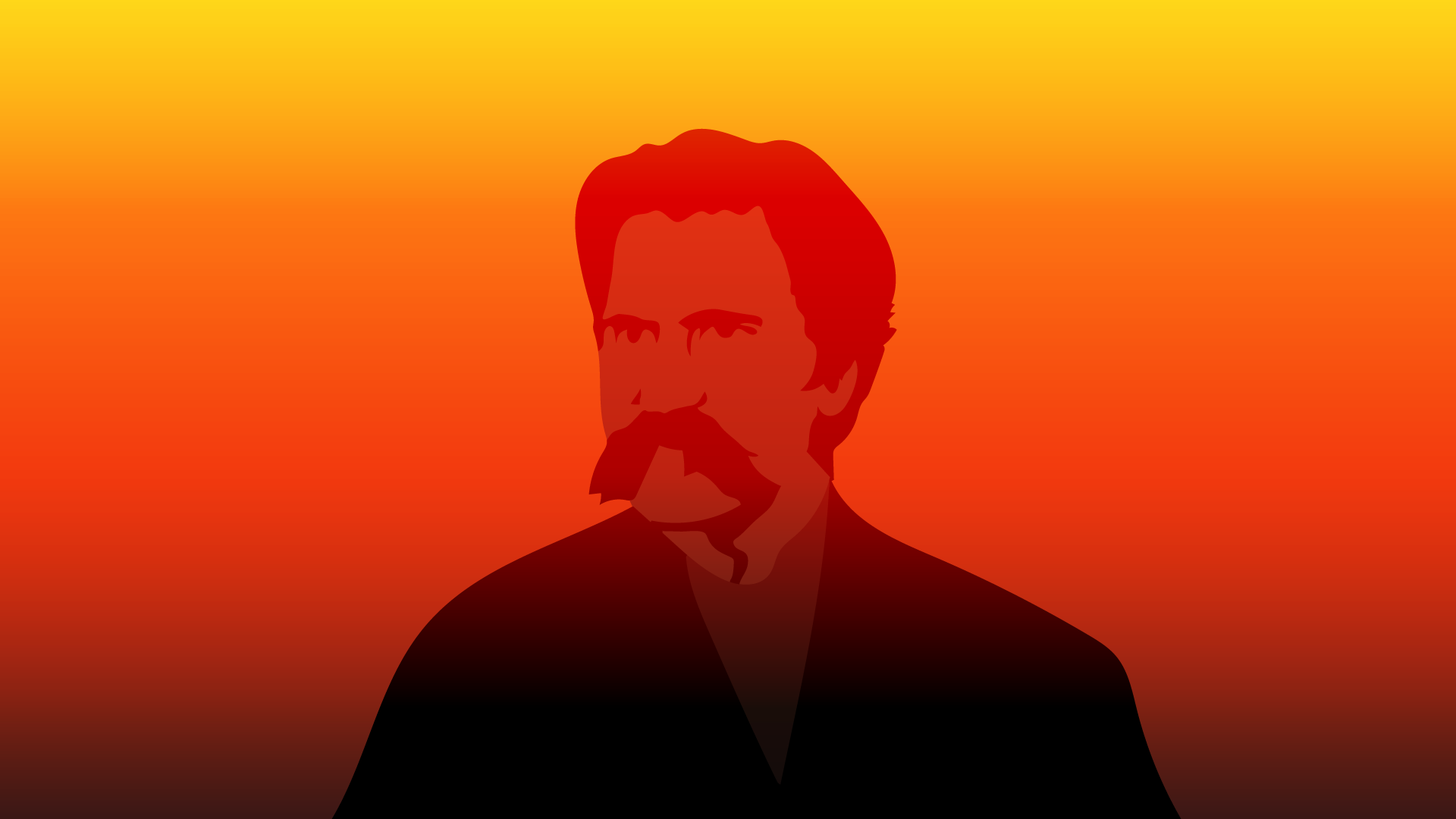
Ukrainian emancipation
In March 1990, the Communist Party no longer had power and even if they wanted to in Moscow, they no longer had the strength to repress the emancipatory and democratic desires of Ukrainians as in the past.
Various political parties emerged, highlighting the Ukrainian Republican Party led by Levkó Lukyanenko. The Verkhovna Rada was reestablished and the first elections were called. On July 16, 1990, Ukraine proclaimed the Declaration of State Sovereignty.
The communists no longer had repressive power but tried to maintain the system by renewing the union treaty in the Novogarov process against which the students of Kyiv protested by carrying out hunger strikes in Maidan Square that, thanks to free dissemination in the media, inspired similar movements throughout Ukraine.
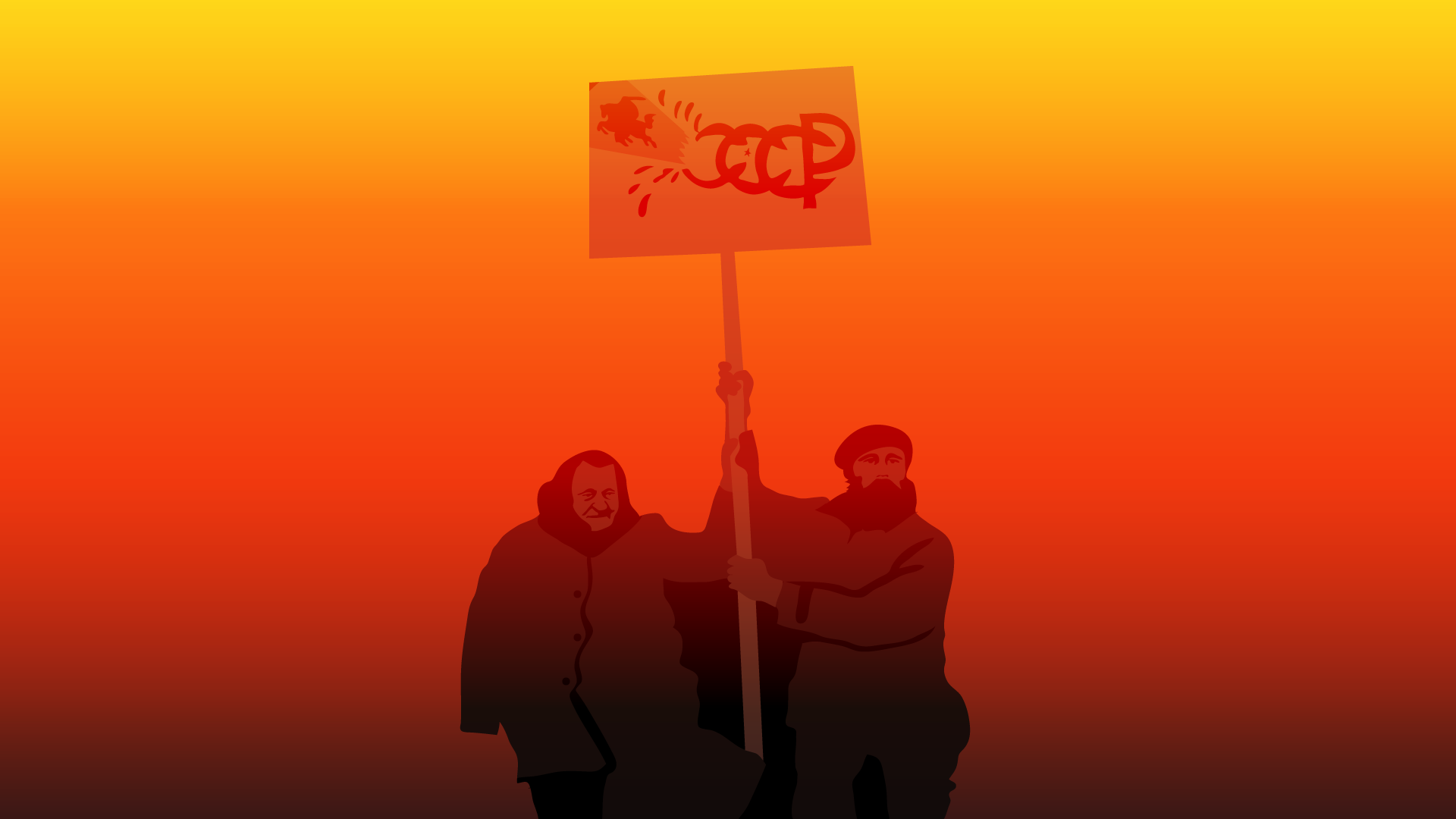
The curtain falls in the Baltic
In April 1989, the Red Army violently repressed pro-Georgian independence protesters in Tbilisi; They controlled the situation but not the fire that broke out. On March 11, 1990, Lithuania declared its independence from the Soviet Union. In Estonia and Latvia they had the same emancipatory impulse but they found traces of repression from what remained of the Red Army. In the Baltic they never assimilated communism willingly.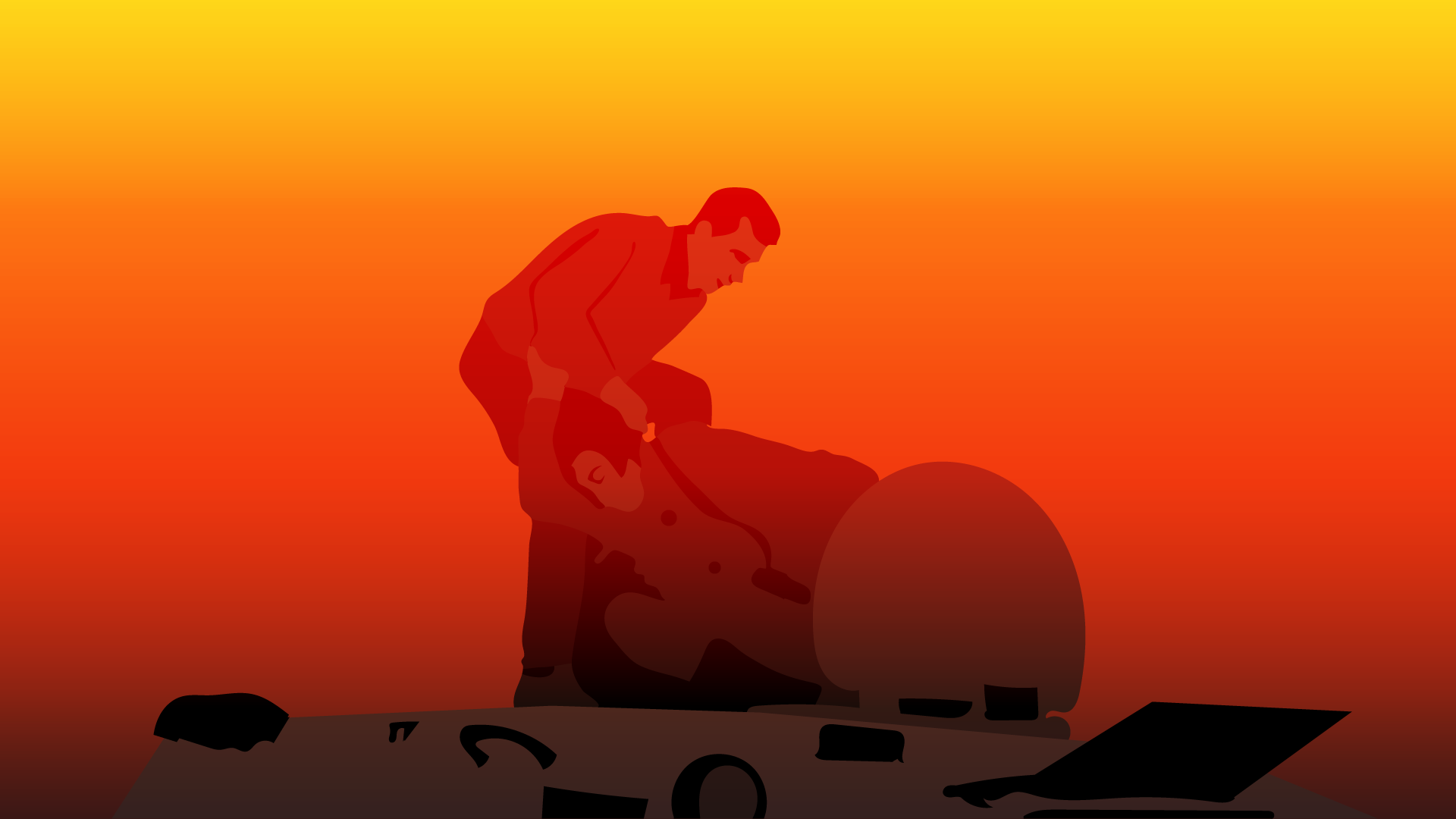
Manifestante moscovita sacando de su vehículo a un soldado golpista.
The end
In March 1991 despite the conservation of the U.S.S.R. It was voted favorably with 74% of the votes in a referendum, which was boycotted and not recognized by: Lithuania, Estonia, Latvia, Armenia, Moldova and Georgia, which declared its independence a month later. In Russia, another referendum was held where 71% voted favorably to create the presidential investiture as head of state.
Faced with the imminent political defeat, troops sympathetic to the system took to the streets of Moscow to try to regain control. The coup plotters formed a special committee and Gorbachev was arrested but the newly proclaimed first president of Russia, Boris Yeltsin, mobilized his supporters to the streets, stopping the coup in addition to outlawing the Russian Communist Party. This coup attempt to maintain the Soviet system was a failure and only accelerated its fall.
Independence
In Ukraine, the communists – and there still were some – adopted a vigilant attitude. They couldn’t do more. The communists went from being the de facto and dominant power to a marginal state, which is why on August 24, 1990, in an extraordinary session of the Verkhovna Rada, the communists had no choice but to give in to the democratic forces and vote in favor of the declaration of independence of Ukraine. In October 1991, the Ukrainian parliament passed the law on citizenship and in November established national borders.
On December 1, 1991, 90% of the population voted in a referendum in favor of independence, electing Leonid Kravchuk as the first president of Ukraine in addition to establishing its armed forces and swearing allegiance to the newly elected nation. The next day, independence was recognized by the governments of Canada and Poland and 90 other nations over the course of months.
After Ukraine, Belarus, Moldova, Uzbekistan, Kyrgyzstan and Azerbaijan declared their independence.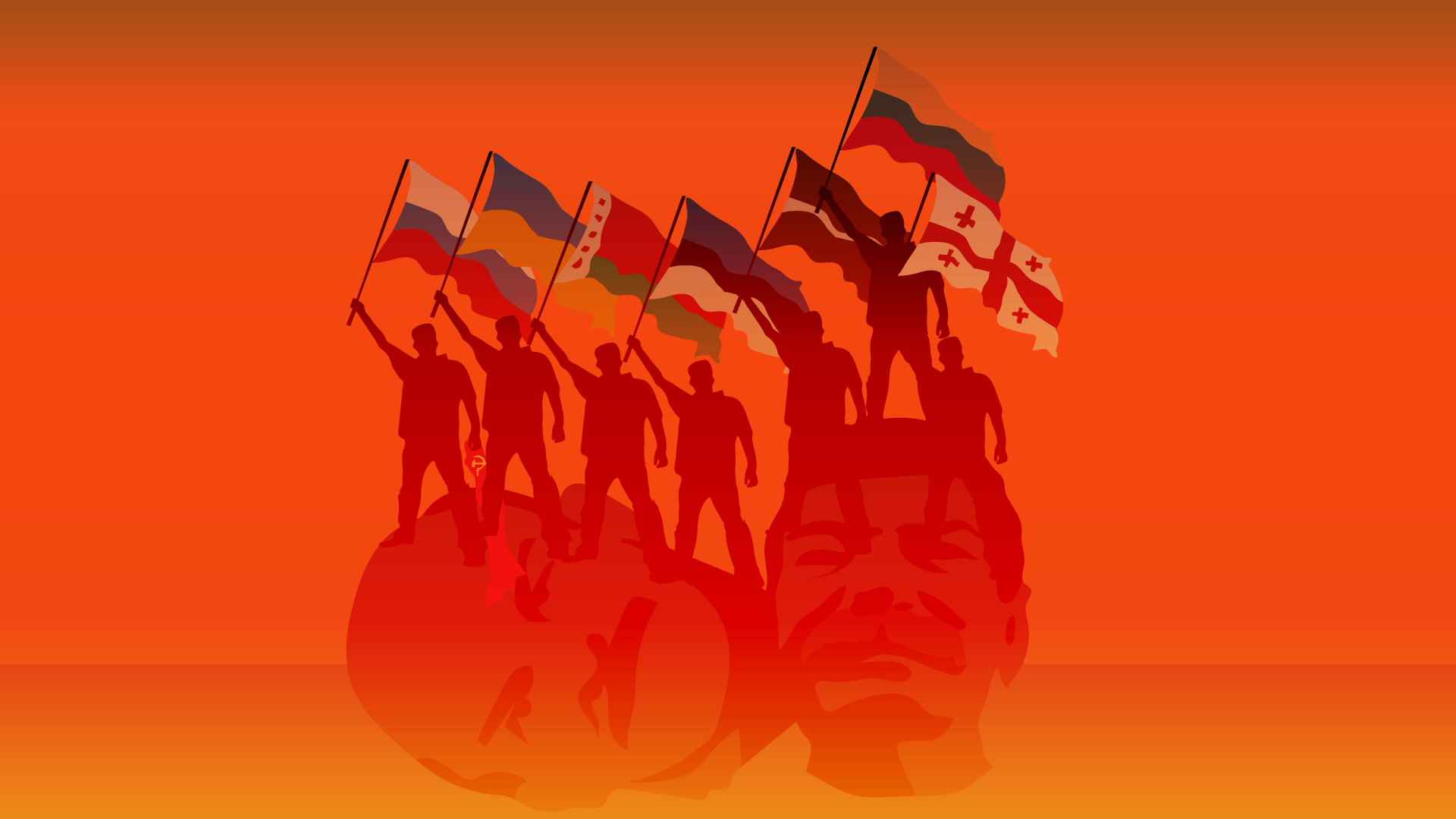
They said it would last a thousand years. He didn’t reach seventy
In Moscow, after the election and consolidation of Boris Yeltsin, Mikhail Gorbachev resigned and handed over powers. The red flag of the hammer and sickle that accompanied Lenin and his Bolsheviks until his rise to power. The flag that flew proudly after being raised by the soldiers of the Red Army in the Berlin Reichstag signing the great victory of Comrade Stalin over Nazi Germany. The first flag that crossed the Earth’s atmosphere painted in the livery of the Vostok 1 with Major Gagarin on board and that orbited over humanity painted on the fuselage of the MIR Station. That flag of the uniform of the prodigious athletes who disputed Olympic supremacy.
The flag where peripheral dictators and tyrants sheltered under the protection of Moscow, at the expense of the well-being and freedoms of their people and with which, despite the massacres perpetrated in the name of the Dictatorship of the Proletariat, of which they continue to dream, Even today, academics and outdated idealists nostalgic for the Iron Curtain.
On December 25, 1991, this flag, that of the Union of Soviet Socialist Republics, was lowered from the Moscow Kremlin after sixty-nine years and was replaced by the white, blue and red banner that was previously flown by the tsars and that from From that moment on, he represents the Russian Federation.
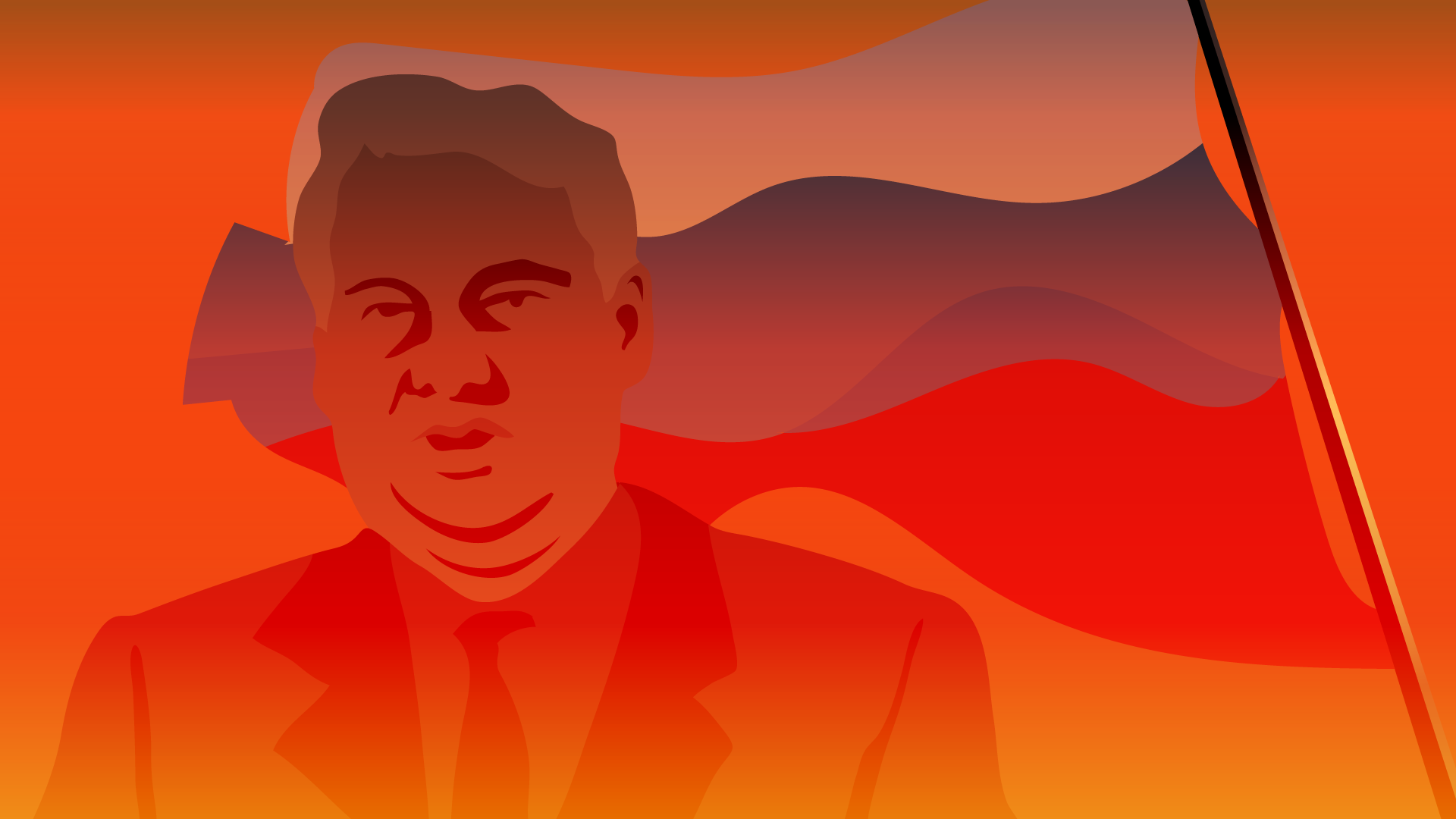
Federation
The Russian Federation is the heir to the Soviet powers and structure. Initially, the new Russian state was intended to be a liberal democracy similar to those of Western Europe, but in all of Russia’s political history, the only known system is autocracy around the Prince of Moscow, the Tsar, Comrade First. Secretary of the Party or the President. For the new Russia it was impossible to achieve representative governments due to the confrontation between the head of state and the parliament full of anarchic factions.
Despite showing signs of being a democrat and reformer, Boris Yeltsin turned out to be the typical Russian autocrat who despised parliament and filled the government with lackeys at his service. Yeltsin went completely out of control when, following the constitutional crisis of October 1993, he sent a squadron of tanks to bombard the parliament building in Moscow, putting Russia on the brink of civil war as in the fall of 1917.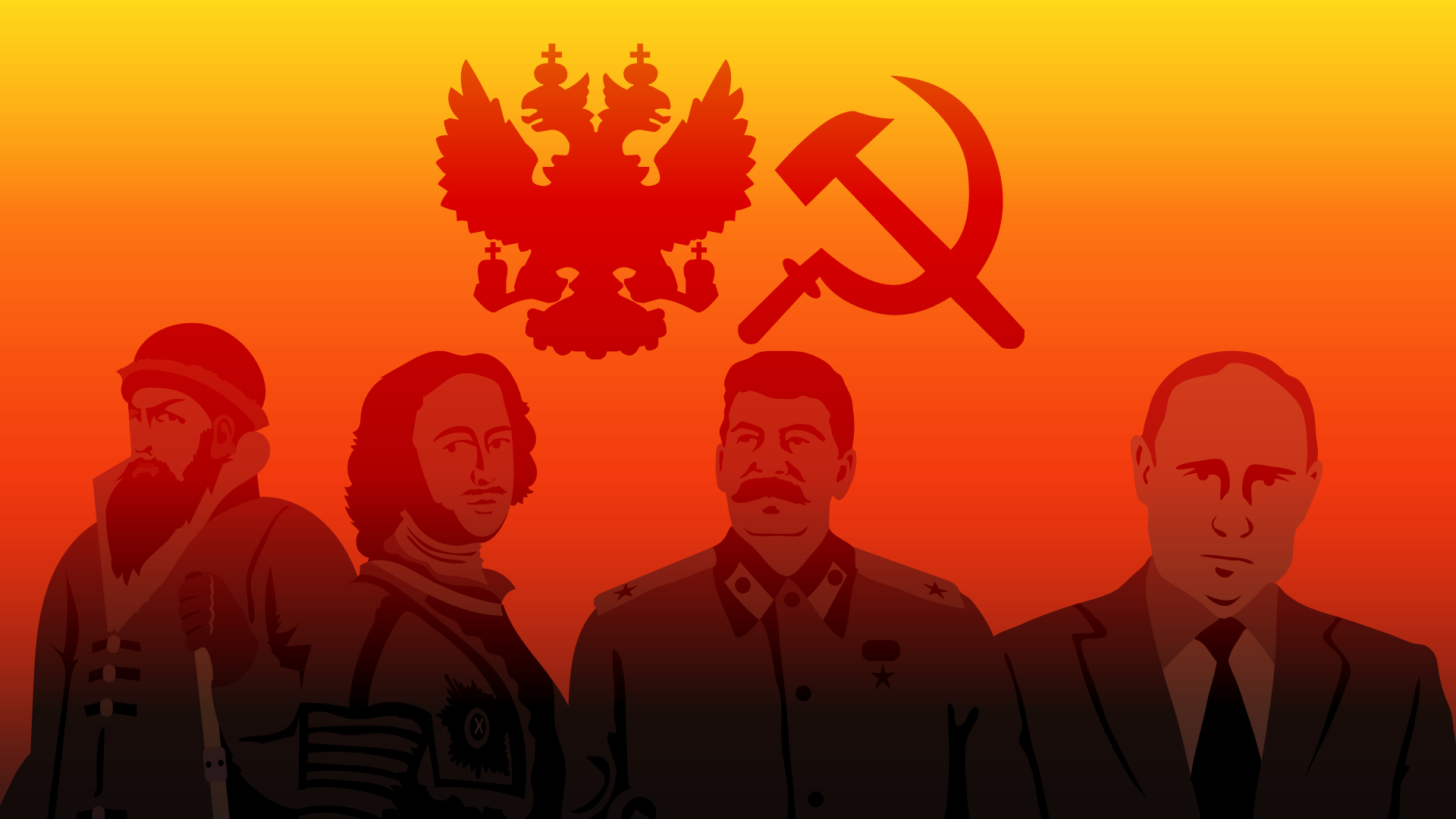
Autócratas rusos.
Endemic autocracy
After this insane act, no one opposed President Yeltsin who, without checks and balances, imposed a new constitution that practically concentrated power in the figure of the Head of State.
Economically the new federation had a painful transition from communism to the free market. The new oligarchy with roots in the old Soviet system did not bring about any change. The new Russian billionaires are the same powerful people in the Soviet system, enriched by their corrupt ties with the regime and not the product of entrepreneurship.
The population, accustomed to the command economy, found serious problems in adapting to the new realities, with no intention of restoring communism despite the growth of nostalgic political groups.
The Russian economy recovered in the late 1990s after a severe crisis in 1998, but Yeltsin’s prestige was in tatters. The first president of the Russian Federation resigned in the first minutes of the year 2000 in favor of his prime minister, a guy originally from the former imperial capital, Petrograd, a former colonel of the K.G.B. and head of the Federal Security Service, his successor agency, his name?, Vladimir Vladimirovich Putin.
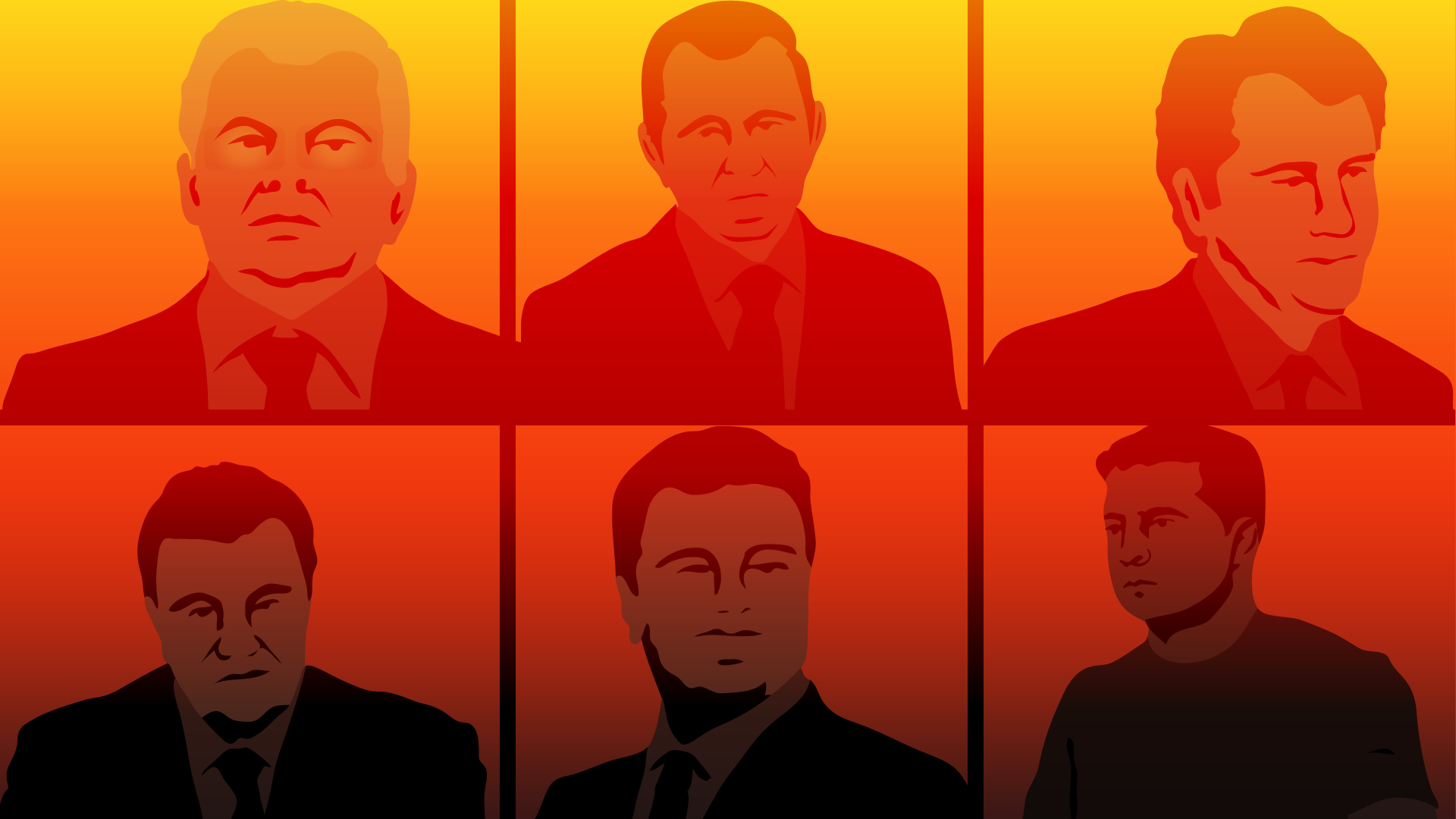
Ukraine resists
For Ukraine, the transition from communism was not easy either and since its proclamation it has suffered various political, economic and foreign crises but always with the clear objective of being a liberal democracy similar to those of the West, despite suffering from a corrupt political class to the point of marrow and have power groups of pro-Russian affiliation that have governed the country.
Since its proclamation as an independent nation, Ukraine has had six presidents: Leonid Kravchuk, the first, who faced the difficult transition from the Soviet era. The second, Leonid Kuchma, managed to integrate the country into Europe and for the first time Ukraine enjoyed a certain political stability but authoritarian forms such as imprisoning the opposition leader without reason and a dirty electoral process led him to face the Orange Revolution in addition to certain international isolation for selling military equipment to a global pariah like Saddam Hussein. His successor, Viktor Yunshchenko, achieved for the first time relatively sustained economic growth slowed by the global economic crisis of 2008 and the energy conflicts with Putin’s Russia, hostile to the point of nausea with Ukraine.
Yunshchenko was succeeded by the pro-Russian Viktor Yanukovych, who, in an effort not to bother the tyrannical neighbor to whom he owed favors, backed out Ukraine’s imminent entry into the European Union in 2014, breaking out the Euromaidan protests in Kyiv that unleashed the so-called Revolution of Dignity.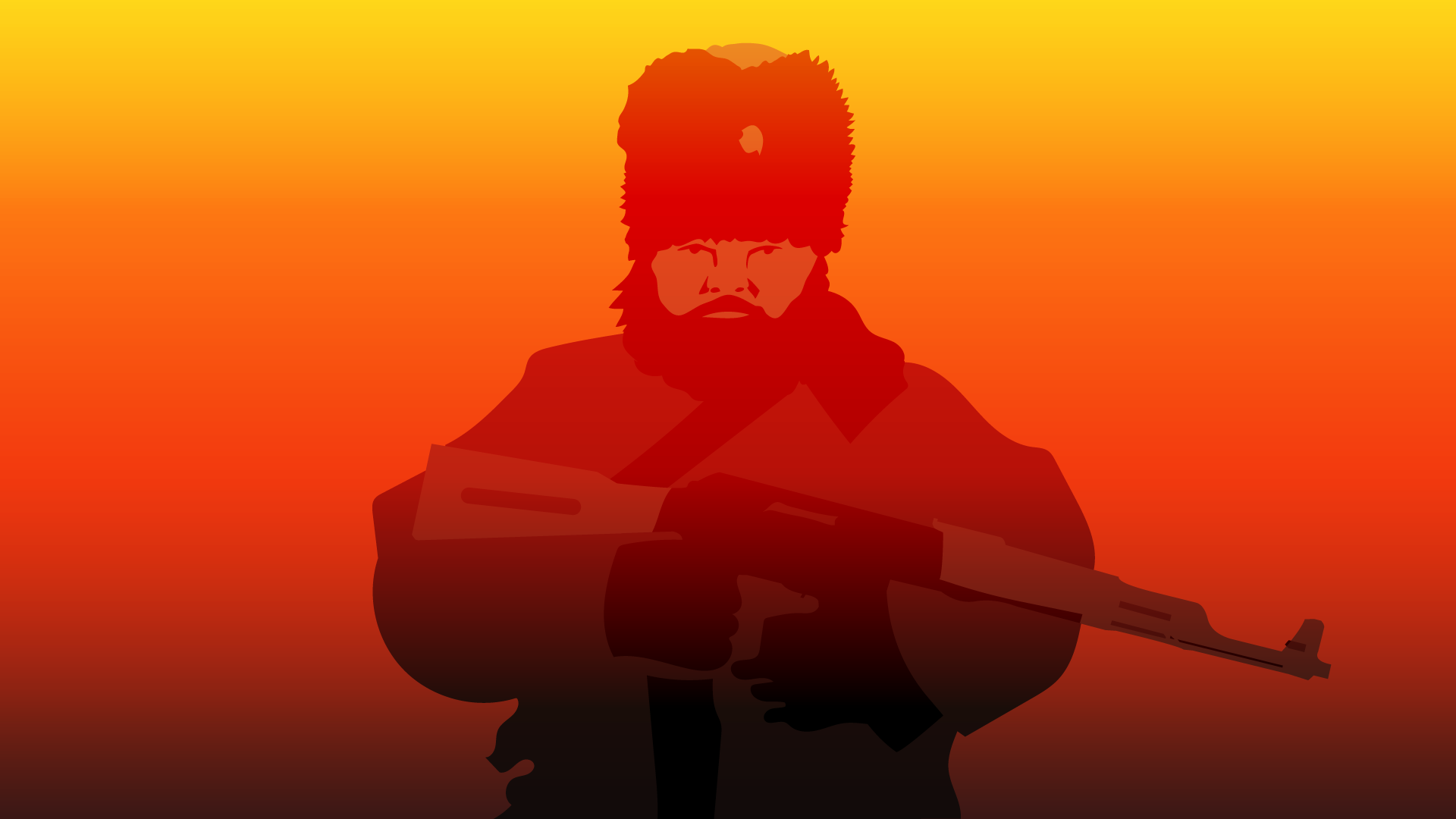
Miliciano pro-ruso de la región del Donbás.
Donbas and Crimea
In the midst of this crisis is when the current conflict between Russia and Ukraine begins, with the Russian military intervention in Donbas and Crimea, in support of the separatist militias that demand the formation of the independent republics of Luhansk and Donetsk, obviously, aligned with Russia. .
Obviously, these separatist republics are only recognized by Moscow, while Crimea, outright, has already been annexed to the Russian Federation thanks to a referendum that does not recognize any nation other than Russia. The performance of the Ukrainian armed forces in these conflicts was embarrassing, from soldiers who surrendered without offering the slightest resistance or who outright joined the Russian side, which is why Ukraine focused on military reforms. Yanukovych, who as expected ended up fleeing the country to take refuge in Russia as a lackey of the court of mobsters and oligarchs servile to Putin.
Yanukovych’s successor was Petro Poroshenko, who inherited the position in the midst of the country’s greatest political, economic and military crisis, at critical risk of losing even his sovereignty. In 2019, Poroshenko was succeeded by the current president Volodymyr Zelensky, a Jewish actor who went from making romantic comedies and political satires to leading the country in its most critical moment, giving fierce resistance to the expansionist delusions of the autocrat who inhabits the Kremlin. fighting for the very existence of the Ukrainian homeland.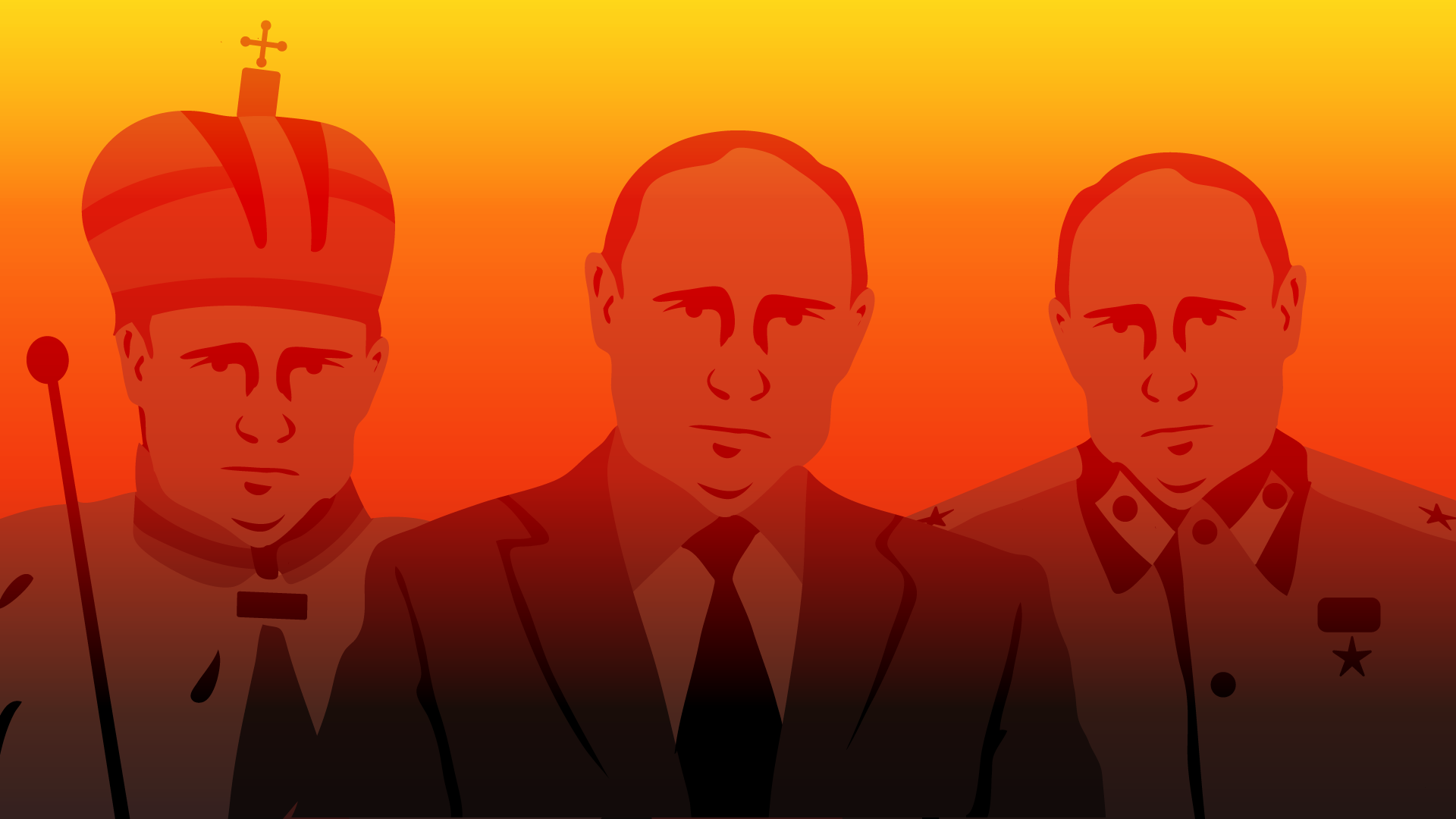
Tsar, Comrade and President
In 2000, Vladimir Putin won the presidency without many problems, sweeping the elections. In 2004, he was re-elected with an overwhelming 71% of the vote and his allies swept the legislative elections in suspicious elections. From the beginning, Putin was clearly authoritarian in his relationship with the legislative branch full of allies and civil society.
In a short period from 2008 to 2012, the tenant of the Kremlin was Dimitri Medvedev, although this character is actually one of Putin’s favorite pets, who served as Prime Minister during that term although it was obvious who governed. Putin returned to office in 2012, through elections, that is, which he holds to this day and will hold, without a doubt, for life or until he is removed from there.
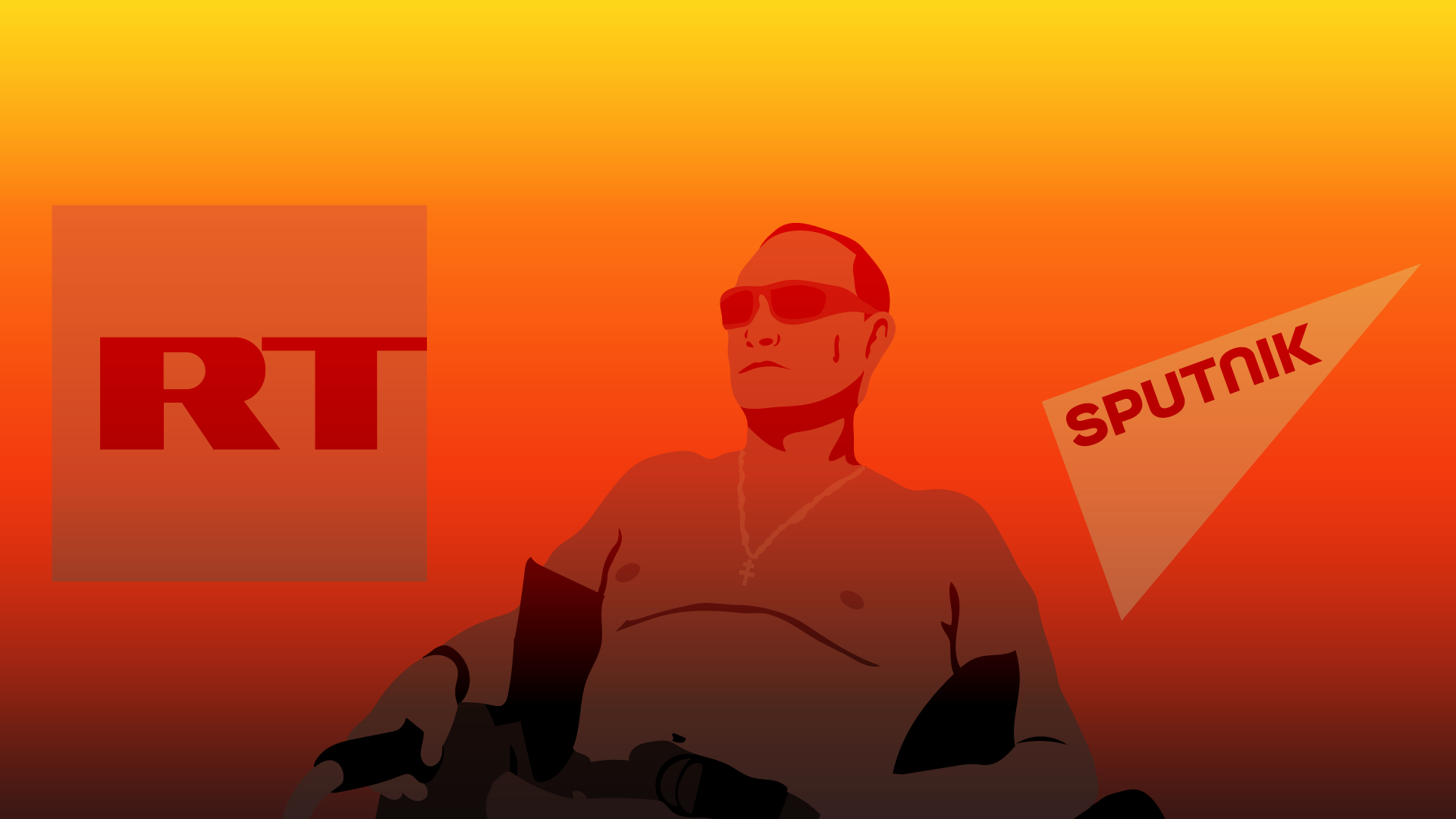
Propaganda
Vladimir Putin managed to gain many followers abroad, charming various world leaders. A well-oiled and efficient propaganda apparatus positioned Putin as a leader who generated a lot of sympathy and who gave the image of being the leader of a Russia capable of hosting the Winter Olympic Games, a Soccer World Cup and other sporting and cultural events. great stature that make him appear before the world as the charismatic and ideal leader capable of taming bears, swimming in icy waters, riding bare-chested boasting great physical shape, piloting tanker planes, winning judo matches and even demonstrating his talent for play the piano on a national network.
The effectiveness of Putin’s government’s propaganda management is such that his figure unites extremes in the world, since he has followers all over the world in both far-right and far-left groups. This means that little is said about his dark side, that of the war criminal autocrat who persecutes dissidents whom he likes to poison and, if they survive, imprison or open hostility towards sexual minorities without failing to mention his brutal military interventions in Georgia, Chechnya , Syria and now in Ukraine.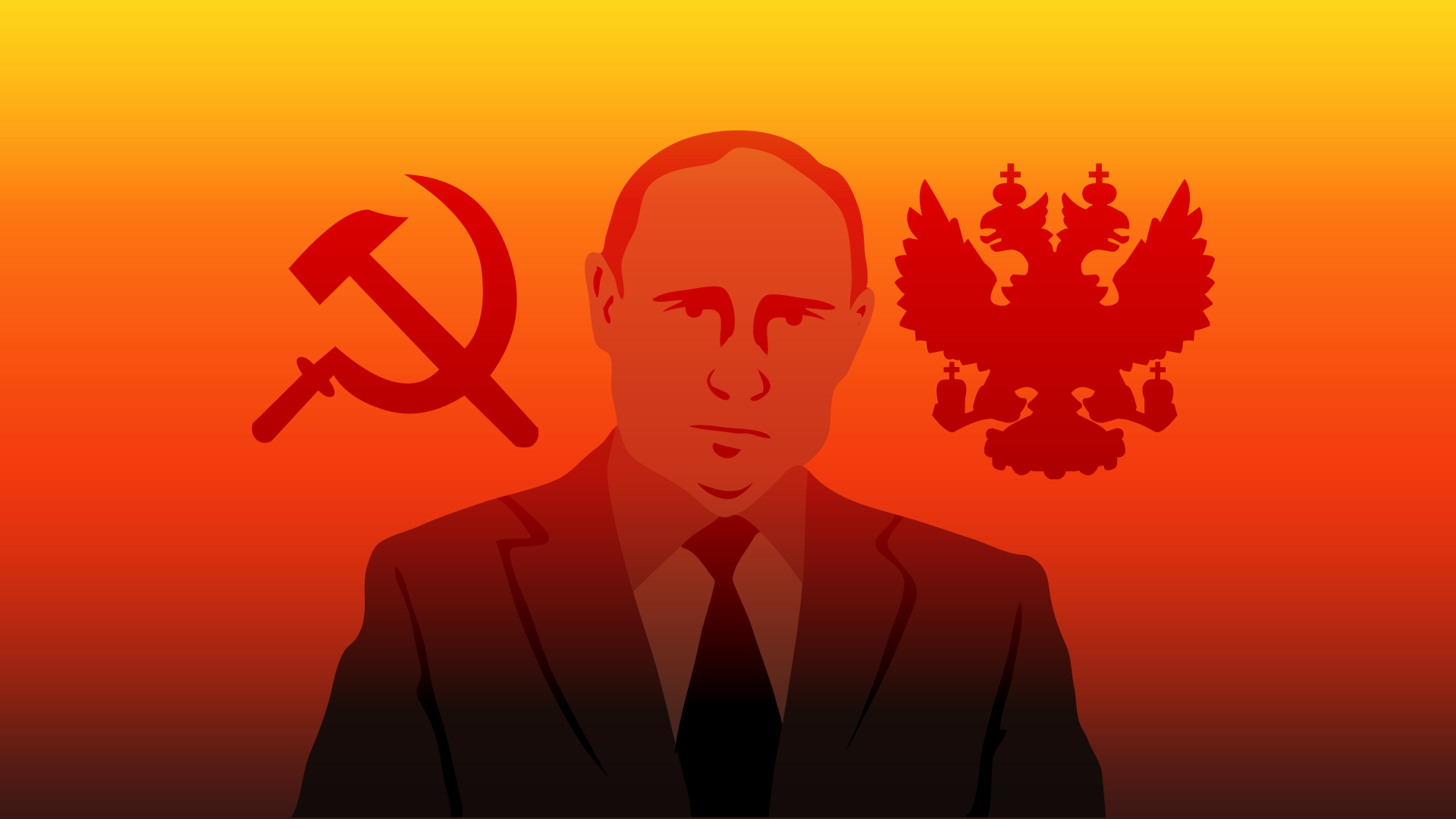
Ideological salad
Vladimir Putin’s ideological basis is one of the most recurrent objects of analysis and debate of our time. What does the autocrat of the Russia of the new millennium believe?
In economic matters, he has been favorable to the free market and capitalism. Spiritually, he declares himself a devout Orthodox Christian and a staunch defender of Eastern Christianity as a national symbol, but politically? Well, in that area, Putin has been openly nostalgic for the political and social control of communism, which, in the end, is the system where he was born, raised and trained professionally and served in one of its most repressive arms such as the K.G.B.
Putin’s dream and ultimate historical longing is that the Soviet Union would have evolved like the People’s Republic of China, which is as economically and commercially avant-garde and capitalist, but politically and socially remains under the same repressive communist government from Mao’s time. Putin has made these Urbi et Orbi longings clear, defining the fall of the Soviet Union as the greatest misfortune in the history of humanity.
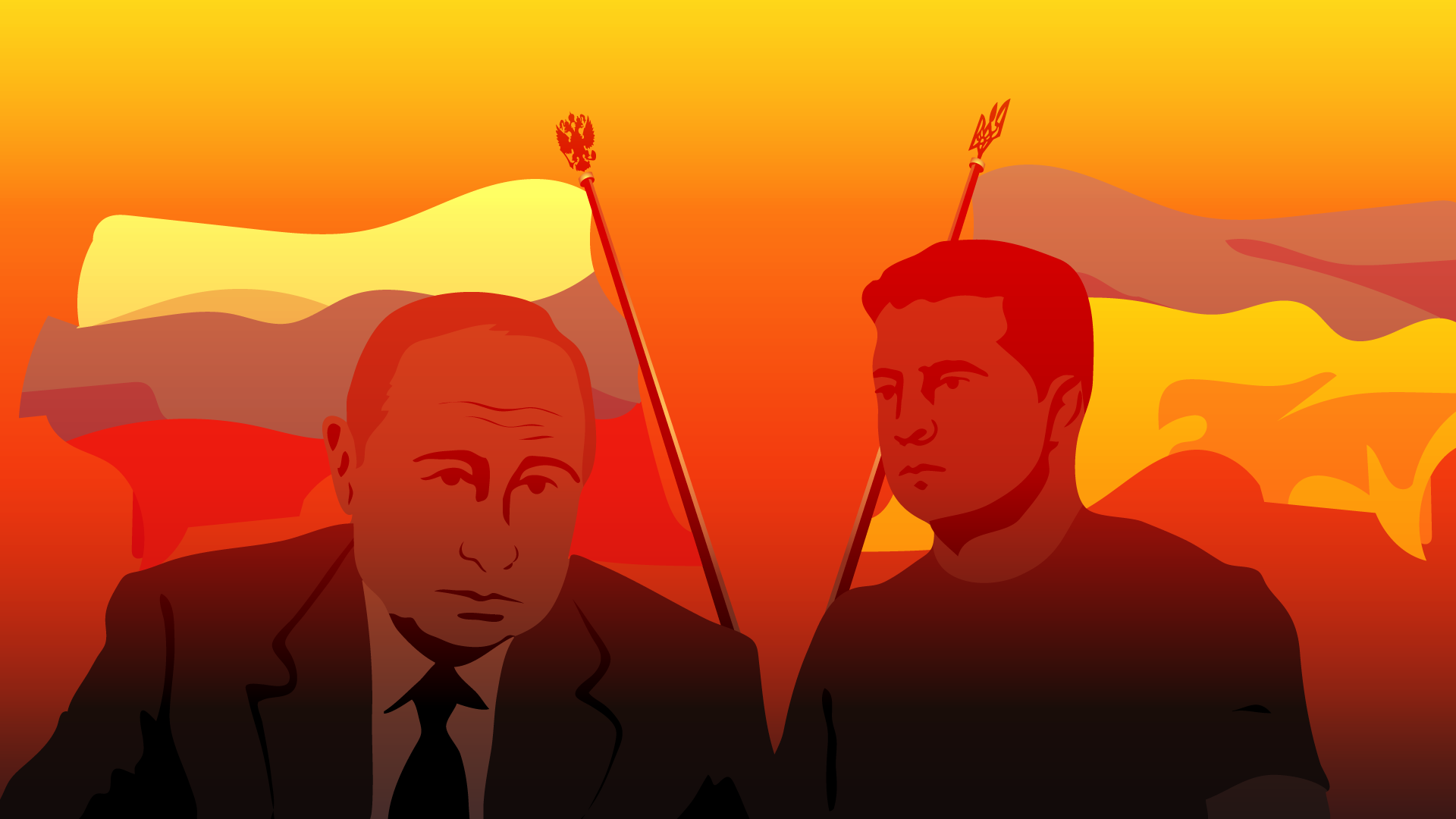
The hostile tyrant
Putin’s hostility toward Ukraine has been clear and open from the beginning. Putin has unabashedly questioned the very existence of the Ukrainian nation. These delusions have led him to set up absurd machinations to justify aggression against his sister and neighboring nation. The climax is February 24, 2022 when the Russian Federation began its brutal offensive against the Ukrainian nation and people.
Ukrainians are not the only victims of Russian troops’ brutality and disregard for human life. The perpetual victim of Putin’s tyranny is the Russian people themselves, creators of one of the most sophisticated and brilliant cultures of humanity. The Ukrainian people deserve the sovereignty of their nation and respect for its integrity. The Russian people deserve prosperity, freedom and democracy and to be part of the global community.
Putin’s goal was to overthrow the Kyiv government in three days. The Putinesque fantasy is to see Ukrainians cheering Mother Russia’s troops, grateful for being “liberated.” That fantasy will not be fulfilled due to the fierce resistance of the Ukrainian people, whose triumph will be the triumph of free humanity.
TEXTO E ILUSTRACIONES. Marco Guerrero



